Birds of Yucatan listed by their systematic.
Profile Wikipedia Vogelwarte BirdLife ZH ornitho.ch Audubon AllAboutBirds Xeno-Canto BirdID NABU YouTube
Mittelsäger-Paar im Obererweiher. 2025-02-05 16:20:34 Greater Fehraltorf
Canon EOS R7 200-800mm
Shutter speed 10
ISO 6400
Exposure 1/1000
First observed in 🇨🇭 on 2025-02-03.
Description
This bird appears across the great seas in the following continents: Europe, North America, South America.Personal notes:
Appearance and identification:
Seasonal behavior
Year-round bird Breeding: 05-01 - 07-29 Migration in: 10-18 - 12-31 Migration out: 02-20 - 05-21Other Details
Physical details
Physical details: length=52-58 cm, wingspan=70-86 cm, weight=900-1350 gHabitats: River and lake
Similar species
Looks similar to: Greater scaup. Details
Krickente Männchen, Klingnauerstausee. 2022-02-05 12:51:34 Source: OTHER
20220205_125134-DSC_0506 XXX Krickente Maennchen, Klingnauerstausee.JPG
Klingnauer Stausee (man-made lake)
NIKON D5600
ISO 400
Exposure 1/1600
Description
This bird appears across the great seas in the following continents: Europe, North America, South America, Africa, Asia.Wintergast am Teich am Aa-Bach beim Südende des Pfäffikersee
Etymology:
Vocalization:
Other Details
Physical details
Physical details: length=34-38 cm, wingspan=58-64 cm, weight=200-450 gHabitats: River and lake
Vocalisation
Song: Automatically generated from Xeno-Canto recording. Wintergast am Teich am Aa-Bach beim Südende des Pfäffikersee Song attributes: Frequency:♫ Krickente Ruf von XenoCanto XC619133-Krickente von Peter Bosman, Belgium. Source: XENOCANTO XC619133-Krickente von Peter Bosman, Belgium.mp3 (song)

Calls: Wintergast am Teich am Aa-Bach beim Südende des Pfäffikersee Blup blup, fast wie vom Computer generiert, fur mich nohe Noten (obwohl Sonogram nur 2.5 KHz zeigt)
Call attributes: Call melody: simple rhythmic, slow, Frequency: low (1-3 KHz),
Details
TBI Löffelente mit dem grossen Schnabel? 2024-08-24 18:18:00 Klingnauer Stausee (man-made lake)
Canon EOS R7 200-800mm
Shutter speed 83/8
ISO 500
Exposure 1/1250
First observed in 🇨🇭 on 2024-05-16.
Description
This bird appears across the great seas in the following continents: Europe, North America, South America, Africa.Wintergast am Greifensee.
PK: white, black, rust-brown, yellow eyes, black spoonbill, red legs.
Vocalization:
Seasonal behavior
Year-round birdOther Details
Physical details
Physical details: length=44-52 cm, wingspan=70-84 cm, weight=470-800 gHabitats: River and lake Details
Profile Wikipedia Vogelwarte BirdLife ZH ornitho.ch Audubon AllAboutBirds Xeno-Canto NABU YouTube

Spiessente plus 2 Hockerschwäne. 2024-12-07 12:01:46 Bodenseeregion und Ostschweiz
 Canon EOS R7 24-240mm
Shutter speed 8.625
Canon EOS R7 24-240mm
Shutter speed 8.625
ISO 250
Exposure 1/400
First observed in 🇨🇭 on 2024-12-07.
Description
This bird appears across the great seas in the following continents: Europe, North America, South America, Africa, Asia.Long tailfeathers make the name obvious, also a thin white stripe from the white neck up the back of the head.
Vocalization:
Seasonal behavior
Year-round bird Migration in: 02-01 - 05-10 Migration out: 08-18 - 12-07Other Details
Physical details
Physical details: length=51-66 cm, wingspan=51-66 cm, weight=500-1100 gHabitats: River and lake Details
MerlinBirdID meint Schnatterente - ich habe gehofft herauszufinden welche Ente das typische Gelbe da hinten hat. 2022-02-05 14:34:58 Source: OTHER
20220205_143458-DSC_0660 XX Merlin BirdID meint Schnatterente - ich habe gehofft herauszufinden welche Ente das typische Gelbe da hinten hat.JPG
Klingnauer Stausee (man-made lake)
NIKON D5600
ISO 400
Exposure 1/1600
First observed in 🇨🇭 on 2021-10-24.
Description
This bird appears across the great seas in the following continents: Europe, North America, South America, Africa.In my mind this is the chocolate duck.
Etymology:
Nabu: Die Schnatterente fällt aber – wie ihr Name schon vermuten lässt – durch ihre Art der Nahrungssuche auf. Sie durchschnattert das Wasser mit ihrem Schnabel. [Link]
Chocolate bill, black-and-white pattern on head, shoulders, belly, sides of wings, chocolate patterned wings, black butt, a bit of white before the butt.
Appearance and identification:Nabu: Die Schnatterente ähnelt auf den ersten Blick so sehr der weiblichen Stockente, dass man diese schnell verwechseln kann. [Link]
Wintergast am Greifensee.
Seasonal behavior
Year-round bird Breeding: 04-20 - 07-20 Migration in: 02-20 - 05-21 Migration out: 07-20 - 12-31Other Details
Physical details
Physical details: length=46-56 cm, wingspan=84-95 cm, weight=550-1000 gHabitats: River and lake
Vocalisation
Song: Automatically generated from Xeno-Canto recording. In my mind this is the chocolate duck.Chocolate bill, black-and-white pattern on head, shoulders, belly, sides of wings, chocolate patterned wings, black butt, a bit of white before the butt.
Wintergast am Greifensee. Song attributes: Frequency:
♫ 2021-10-24 13:12:46 Schnatterenten, Möwen und an 29 Sekunden eindeutig ein Jet von Swiss, da wir in Neeracherried sehr nach am Kloten Flughafen sind, BirdNet schlägt auch Teichrohrsänger vor, wie auch ein Möwe-Typ aus Kalifornien.
Details

Wikipedia: Lesser scaup Source: WIKIPEDIA
1200px-Lesser_scaup_-_Aythya_affinis.jpg

Description
General:Other Details
Details

Wikipedia: Ring-necked duck Source: WIKIPEDIA
Aythya-collaris-001.jpg

Description
This bird appears across the great seas in the following continents: Europe, North America, South America.Other Details
Details
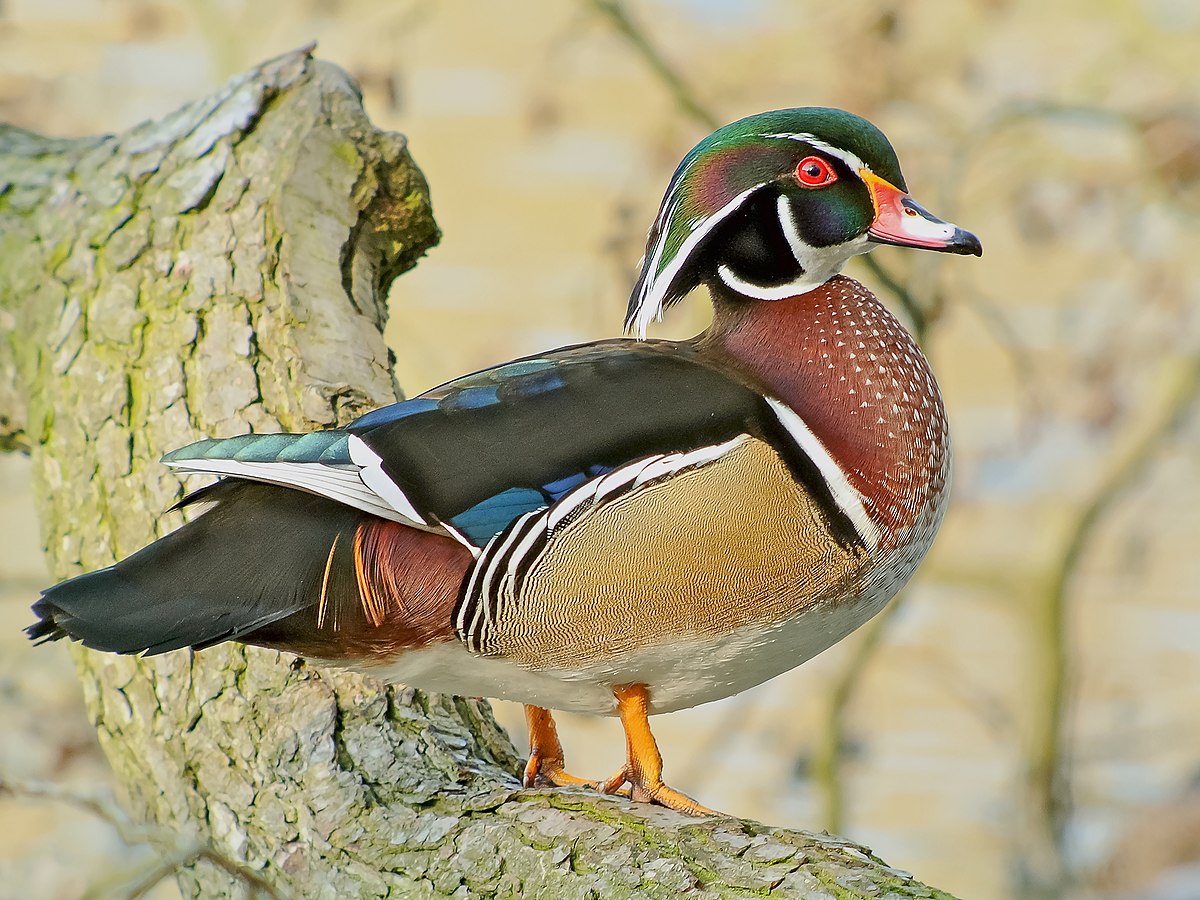
Wikipedia: Wood duck Source: WIKIPEDIA
1200px-Wood_Duck_%28Aix_sponsa%29%2C_Parc_du_Rouge-Clo%C3%AEtre%2C_Brussels.jpg

Description
This bird appears across the great seas in the following continents: Europe, North America.Other Details
Details
These Muscovy ducks are the ones that gather by the parking area. 2025-02-14 18:00:39 Fuerteventura
Canon EOS R7 24-240mm
Shutter speed 8.625
ISO 200
Exposure 1/400
First observed in Fuerteventura on 2025-02-14.
Description
This bird appears across the great seas in the following continents: Europe, North America, South America.Other Details
Details

Wikipedia: Masked duck Source: WIKIPEDIA
1200px-Masked_duck_%28Nomonyx_dominicus%29.jpg

Description
Other Details
DetailsDescription
Other Details
DetailsBlue-winged teal (Spatula discors)
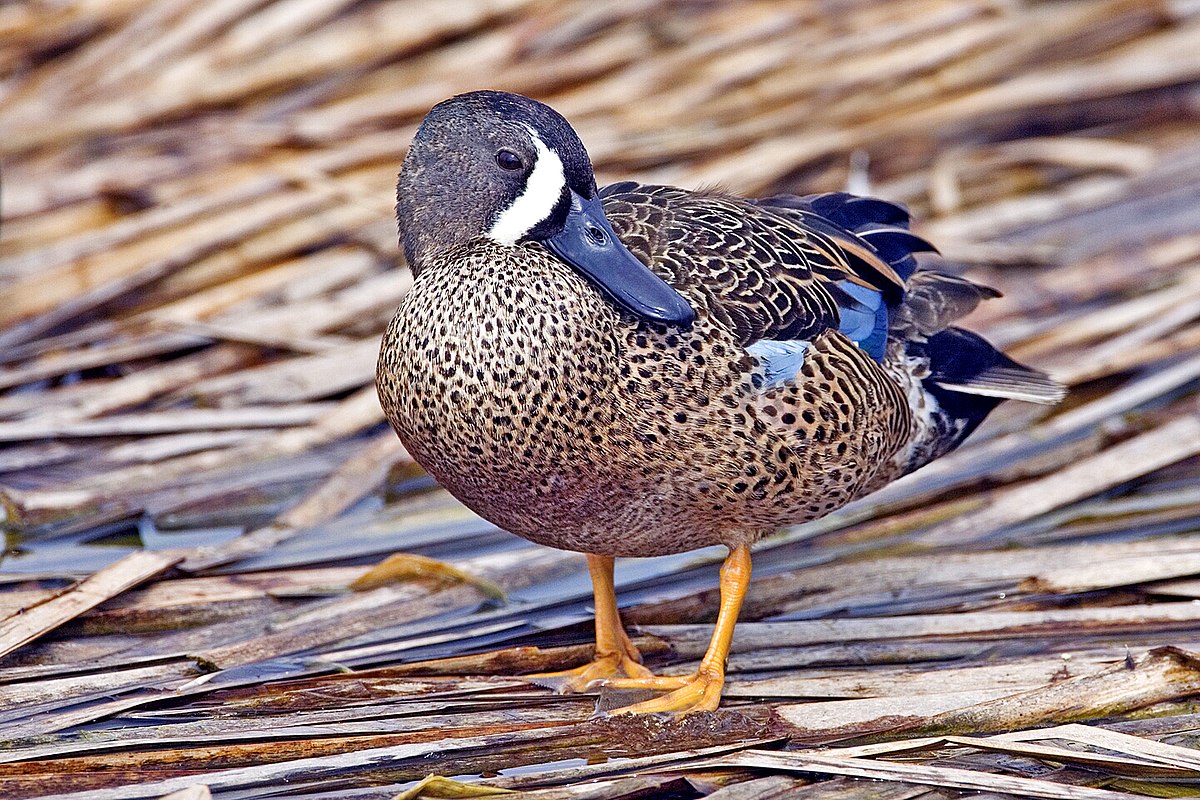
Wikipedia: Blue-winged teal Source: WIKIPEDIA
1200px-Blue-Winged_Teal.jpg

Description
This bird appears across the great seas in the following continents: Europe, North America, South America.Other Details
Details

Wikipedia: Fulvous whistling-duck Source: WIKIPEDIA
1200px-Dendrocygna_bicolor_wilhelma.jpg

Description
This bird appears across the great seas in the following continents: North America, South America, Africa.Other Details
Details

Wikipedia: Black-bellied whistling duck Source: WIKIPEDIA
1200px-Whistling_duck_flight02_-_natures_pics-edit1.jpg

Description
Other Details
DetailsNeotropic cormorant (alternate) (Nannopterum brasilianum)
Description
Other Details
DetailsGreat egret / Silberreiher (Ardea alba)

Silberreiher in Deutschland, von WikiCommons Von Andreas Eichler, CC BY-SA 4.0, https://commons.wikimedia.org/w/index.php?curid=59954907 Source: OTHER
Wikicommons 2016.10.30--Silberreiher.jpg

First observed in 🇨🇭 on 2024-08-24.
Description
This bird appears across the great seas in the following continents: Europe, North America, South America, Africa, Asia.Auf dem Heimweg von Schwanden haben wir bei Benken ganz weisse Reiher gesehen. Laut ornitho.ch waren sie Silberreiher.
Bei den meisten Quellen heisst es, sie sind in der Schweiz nur Durchzüger oder Wintergäste. Aber laut Balzari und Gygax, brüten auch einige Vögel am Lac Neuchatel seit 2013.
Vocalization:
Seasonal behavior
Year-round bird Migration in: 03-01 - 05-31 Migration out: 08-09 - 11-15Other Details
Physical details
Physical details: length=85-102 cm, wingspan=140-170 cm, weight=960-1030 gHabitats: Wetland
Vocalisation
Calls: Auf dem Heimweg von Schwanden haben wir bei Benken ganz weisse Reiher gesehen. Laut ornitho.ch waren sie Silberreiher.Bei den meisten Quellen heisst es, sie sind in der Schweiz nur Durchzüger oder Wintergäste. Aber laut Balzari und Gygax, brüten auch einige Vögel am Lac Neuchatel seit 2013.
Calls:
2: Automatically generated from Xeno-Canto recording.
♫ XC751146 - Great Egret - Ardea alba - call and flight call - Shanghai, China. Source: XENOCANTO XC751146 - Great Egret - Ardea alba - call and flight call - Shanghai, China.mp3 (flight call)

Call attributes: Call melody: non-musical, slow, Frequency: low (1-3 KHz),
Details
Western cattle egret / Kuhreiher (Ardea ibis)
Cow-plus-cattle egret. 2020-03-07 15:17:34 Source: OTHER
20200307_151734-DSC_0896-cow-plus-cattle egret.JPG
Panama
NIKON D5600
ISO 450
Exposure 0.001
First observed in Lanzarote on 2025-02-26.
Description
This bird appears across the great seas in the following continents: Europe, North America, South America, Africa, Asia.General:
Other Details
Vocalisation
Song: Automatically generated from Xeno-Canto recording. Song attributes: Frequency:♫ XC794287 - Eastern Cattle Egret - Bubulcus coromandus - call - Hong Kong, China. Source: XENOCANTO XC794287 - Eastern Cattle Egret - Bubulcus coromandus - call - Hong Kong, China.mp3 (call)

Calls: Automatically generated from Xeno-Canto recording.
♫ XC353848 - Western Cattle Egret - Bubulcus ibis - flight call - sevilla, andalucía, Spain. Source: XENOCANTO XC353848 - Western Cattle Egret - Bubulcus ibis - flight call - sevilla, andalucía, Spain.mp3 Spain (flight call)

Call attributes: flight call Frequency: ,
Details
Great blue heron / Kanadareiher (Ardea herodias)
Profile Wikipedia A-Z Animals Audubon AllAboutBirds Xeno-Canto YouTube
Great blue heron. 2022-04-28 18:15:08 Source: OTHER
20220428_181508-DSC_0537 Great blue heron.JPG
Maryland
NIKON D5600
ISO 560
Exposure 0.001
Description
Other Details
DetailsBlack-crowned night-heron / Nachtreiher (Nycticorax nycticorax)
Profile Wikipedia Vogelwarte BirdLife ZH ornitho.ch Audubon AllAboutBirds Xeno-Canto NABU YouTube

Wikipedia: Black-crowned night-heron Source: WIKIPEDIA
1200px-BCNH_CMCNJ_for_Wiki.png

Description
This bird appears across the great seas in the following continents: Europe, North America, South America, Africa, Asia.Seasonal behavior
Presence: 03-23 - 09-28 Migration in: 09-07 - 09-14 Migration out: 09-07 - 09-28Other Details
Physical details
Physical details: length=58-65 cm, wingspan=105-112 cm, weight=500-800 gHabitats: Wetland Details
Snowy egret / Schmuckreiher (Egretta thula)
Profile Wikipedia Audubon AllAboutBirds Xeno-Canto YouTube
Snowy egret. 2023-09-27 12:49:40 Source: OTHER
20230927_124940-DSC_0741 Snowy egret.JPG
Florida
NIKON D5600
ISO 400
Exposure 0.001
Description
This bird appears across the great seas in the following continents: North America, South America, Africa.Other Details
DetailsLittle blue heron / Blaureiher (Egretta caerulea)
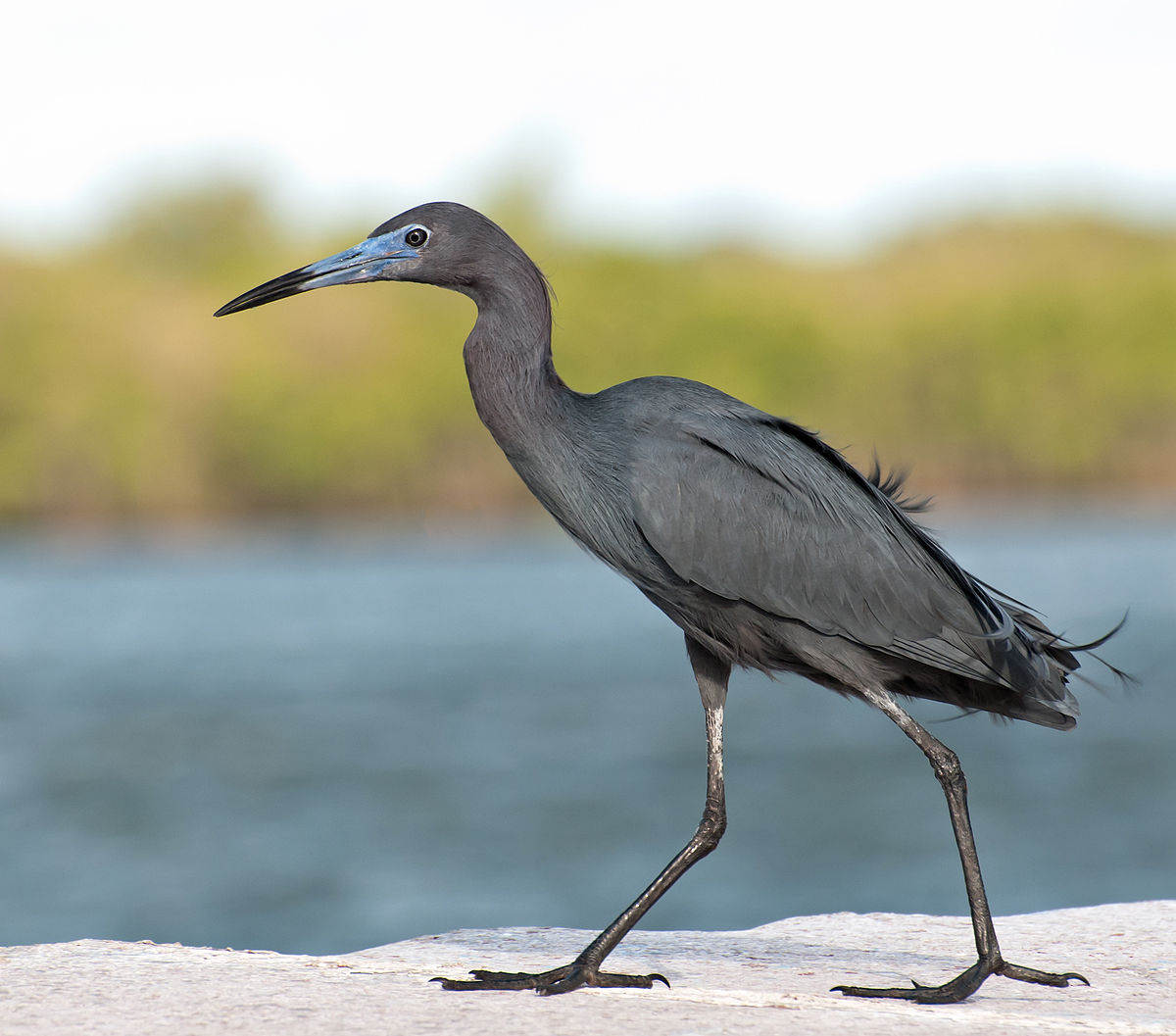
Wikipedia: Little blue heron Source: WIKIPEDIA
1200px-Egretta_caerulea_-Cananeia%2C_Sao_Paulo%2C_Brasil-8.jpg

Description
This bird appears across the great seas in the following continents: North America, South America, Africa.Other Details
DetailsTricolored heron / Dreifarbenreiher (Egretta tricolor)
Profile Wikipedia Audubon AllAboutBirds Xeno-Canto YouTube
Beautiful tricolored heron near Las Coloradas. 2023-04-15 10:04:30 Source: OTHER
20230415_100430-DSC_0585 XXXX Beautiful tricolored heron near Las Coloradas.JPG
Yucatan
NIKON D5600
ISO 400
Exposure 0.001
Description
Other Details
DetailsReddish egret / Rötelreiher (Egretta rufescens)
Profile Wikipedia Audubon AllAboutBirds Xeno-Canto YouTube
Elegant reddish egret near Las Coloradas. 2023-04-15 10:05:52 Source: OTHER
20230415_100552-DSC_0587 XXXXX Elegant reddish egret near Las Coloradas.JPG
Yucatan
NIKON D5600
ISO 400
Exposure 0.001
Description
Other Details
DetailsYellow-crowned night heron / Krabbenreiher (Nyctanassa violacea)
Profile Wikipedia Audubon AllAboutBirds Xeno-Canto YouTube
Yellow-crowned night heron in Manzanillo, Costa Rica. 2020-03-13 09:00:32 Source: OTHER
20200313_090032-DSC_0103 Yellow-crowned night heron in Manzanillo, Costa Rica.JPG
Costa Rica
NIKON D5600
ISO 800
Exposure 0.001
Description
Other Details
DetailsAmerican bittern / Nordamerikanische Rohrdommel (Botaurus lentiginosus)

Wikipedia: American bittern Source: WIKIPEDIA
1200px-Botaurus_lentiginosus_28079.JPG

Description
This bird appears across the great seas in the following continents: North America, South America, Africa.Other Details
DetailsGreen heron / Grünreiher (Butorides virescens)
Green heron. 2023-04-16 08:37:04 Source: OTHER
20230416_083704-DSC_0830 Green heron.JPG
Yucatan
NIKON D5600
ISO 400
Exposure 0.001
Description
This bird appears across the great seas in the following continents: Europe, North America, South America.Other Details
DetailsBoat-billed heron / Kahnschnabel (Cochlearius cochlearius)

Boat billed heron in Cahuita, Costa Rica. 2020-03-17 16:57:49 Source: OTHER
20200317_165749 boat billed heron in Cahuita, Costa Rica.jpg
Costa Rica
 SM-G975F
Shutter speed 1/33
SM-G975F
Shutter speed 1/33
ISO 80
Exposure 1/33
Description
Other Details
DetailsLeast bittern / Amerikanische Zwergdommel (Ixobrychus exilis)
Profile Wikipedia Audubon AllAboutBirds Xeno-Canto YouTube
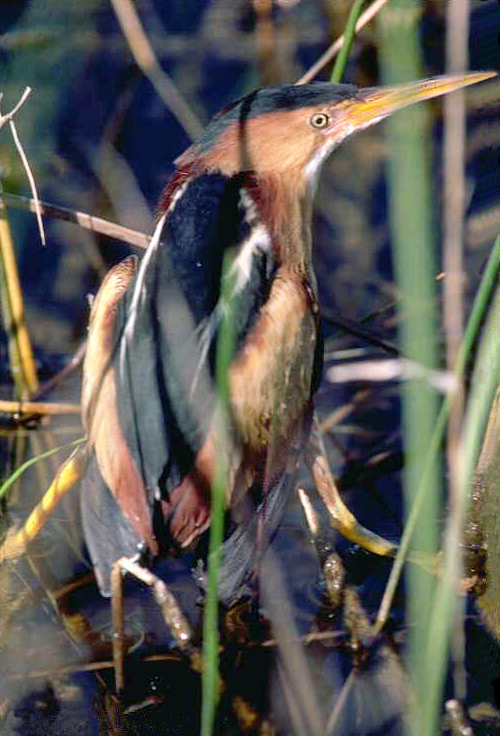
Wikipedia: Least bittern Source: WIKIPEDIA
Ixobrychus_exilis.jpg

Description
Other Details
DetailsBare-throated tiger-heron / Nacktkehlreiher (Tigrisoma mexicanum)
Profile Wikipedia Xeno-Canto YouTube

Wikipedia: Bare-throated tiger-heron Source: WIKIPEDIA
1200px-Tigrisoma_mexicanum_3.jpg

Description
Other Details
DetailsAgami heron (Agamia agami)
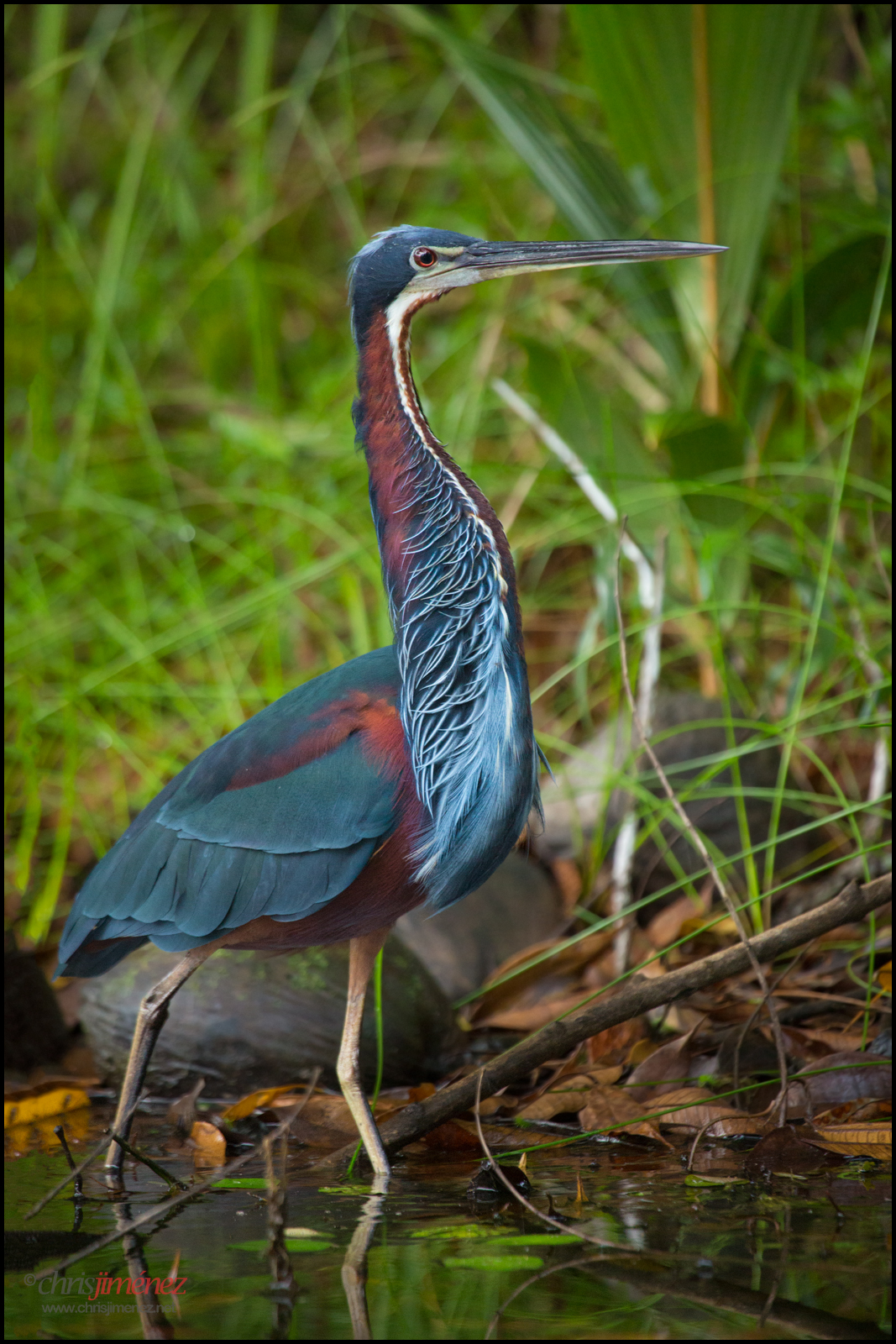
Wikipedia: Agami heron Source: WIKIPEDIA
Agami_Heron_%28Agamia_agami%29.jpg

Description
Other Details
DetailsAmerican anhinga (Anhinga anhinga)
Wonderful patterns of an anhinga near RIo Lagartos. 2023-04-15 08:57:48 Source: OTHER
20230415_085748-DSC_0531 XXXXX Wonderful patterns of an anhinga near RIo Lagartos.JPG
Yucatan
NIKON D5600
ISO 400
Exposure 0.001
Description
Other Details
Vocalisation
Calls: Automatically generated from Xeno-Canto recording.♫ XC311148 - Oriental Darter - Anhinga melanogaster - quacky call - Tissamaharama area, Sri Lanka. Source: XENOCANTO XC311148 - Oriental Darter - Anhinga melanogaster - quacky call - Tissamaharama area, Sri Lanka.mp3 (call)

Call attributes: song Frequency: ,
Details
Magnificent frigatebird / Prachtfregattvogel (Fregata magnificens)
Profile Wikipedia Audubon AllAboutBirds Xeno-Canto YouTube
Magnificent frigatebirds in Puerto Morelos. 2023-03-26 13:47:02 Source: OTHER
20230326_134702-DSC_0949 Magnificent frigatebirds in Puerto Morelos.JPG
Yucatan
NIKON D5600
ISO 400
Exposure 0.001
Description
This bird appears across the great seas in the following continents: North America, South America, Africa.Other Details
DetailsAmerican white pelican / Nashornpelikan (Pelecanus erythrorhynchos)

Wikipedia: American white pelican Source: WIKIPEDIA
1200px-American_White_Pelican.jpg

Description
Other Details
DetailsBrown pelican (Pelecanus occidentalis)
Profile Wikipedia Audubon AllAboutBirds Xeno-Canto YouTube
Brown pelican tentative ID. 2020-03-08 13:27:20 Source: OTHER
20200308_132720-DSC_0994-brown pelican tentative ID.JPG
Panama
NIKON D5600
ISO 320
Exposure 0.001
Description
Other Details
DetailsRed-billed tropicbird / Rotschnabel-Tropikvogel (Phaethon aethereus)
Profile Wikipedia Audubon AllAboutBirds Xeno-Canto YouTube

Wikipedia: Red-billed tropicbird Source: WIKIPEDIA
1200px-Red-billed_tropicbird.jpg

Description
This bird appears across the great seas in the following continents: North America, South America, Africa.Other Details
DetailsBrown booby / Weißbauchtölpel (Sula leucogaster)
Profile Wikipedia Audubon AllAboutBirds Xeno-Canto BirdID NABU YouTube

Wikipedia: Brown booby Source: WIKIPEDIA
1200px-Atob%C3%A1-pardo.jpg

Description
This bird appears across the great seas in the following continents: Europe, North America, South America, Africa, Asia.Other Details
DetailsRed-footed booby / Rotfußtölpel (Sula sula)
Profile Wikipedia Audubon AllAboutBirds Xeno-Canto BirdID NABU YouTube
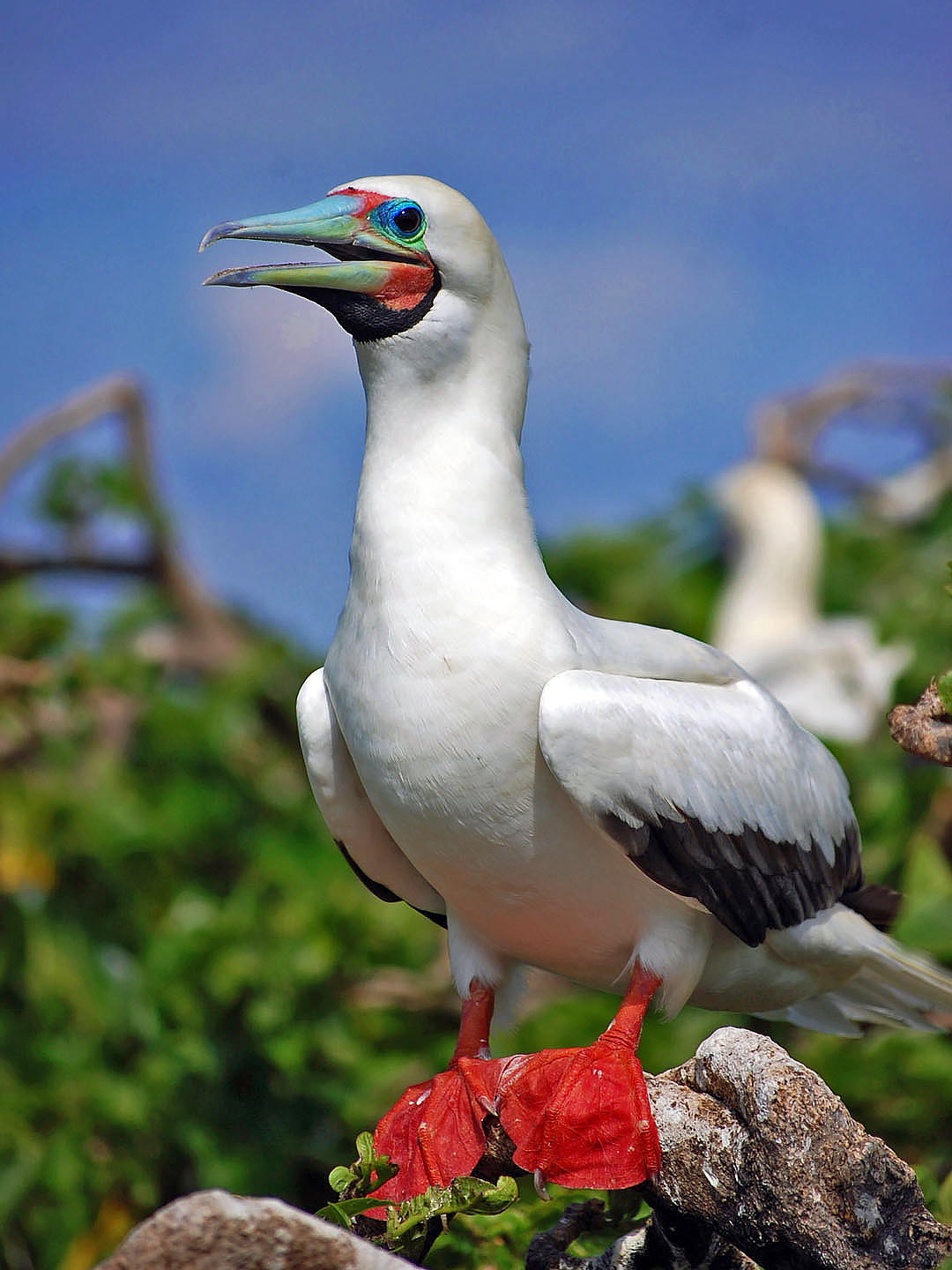
Wikipedia: Red-footed booby Source: WIKIPEDIA
Sula_sula_by_Gregg_Yan_01.jpg

Description
This bird appears across the great seas in the following continents: Europe, North America, South America, Africa.Other Details
DetailsMasked booby (Sula dactylatra)

Wikipedia: Masked booby Source: WIKIPEDIA
1200px-Starr_080606-6808_Coronopus_didymus.jpg

Description
This bird appears across the great seas in the following continents: North America, South America, Africa, Asia.Other Details
DetailsRoseate spoonbill / Rosalöffler (Platalea ajaja)
Roseate spoonbills near Rio Lagartos. 2023-04-15 08:56:42 Source: OTHER
20230415_085642-DSC_0528 Roseate spoonbills near Rio Lagartos.JPG
Yucatan
NIKON D5600
ISO 360
Exposure 1/2000
Description
Other Details
DetailsWhite ibis (Eudocimus albus)
Profile Wikipedia Audubon AllAboutBirds Xeno-Canto YouTube
White ibises in flight, St Petersburg. 2023-09-23 19:16:50 Source: OTHER
20230923_191650-DSC_0544 White ibises in flight, St Petersburg.JPG
Florida
NIKON D5600
ISO 800
Exposure 0.001
Description
Other Details
DetailsProfile Wikipedia A-Z Animals Vogelwarte BirdLife ZH ornitho.ch bird-song.ch Audubon AllAboutBirds Xeno-Canto BirdID NABU YouTube
Rauchschwalbe, Ascona. 2024-09-04 18:20:44 Locarno
First observed in 🇨🇭 on 2020-05-07.
Description
This bird appears across the great seas in the following continents: Europe, North America, South America, Africa, Asia.Die langen Schwanzfedern vom Rauchschwalbe und anderen geben auch dem Schmetterling Schwalbenschwanz seine deutschen Namen.
Etymology:
Appearance and identification:
Seasonal behavior
Presence: 03-01 - 10-27 Breeding: 04-20 - 09-17 Migration in: 03-01 - 05-31 Migration out: 08-18 - 10-27Other Details
Physical details
Physical details: length=17-19 cm, wingspan=32-34 cm, weight=16-22 gHabitats: Settlement
Similar species
Looks similar to: Common house martin.Vocalisation
Song: General: Squeaky with occasional buzzes, usually heard in flock.Song:
Song:
Calls: Die langen Schwanzfedern vom Rauchschwalbe und anderen geben auch dem Schmetterling Schwalbenschwanz seine deutschen Namen.
Calls:
♫ XC898815 - Barn Swallow - Hirundo rustica - flight call. Source: XENOCANTO XC898815 - Barn Swallow - Hirundo rustica - flight call.mp3 (flight call)

Call attributes: flight call Call melody: one note, slow, Frequency: medium (1-5 KHz),
Details
Tree swallow at Cromwell. 2022-04-29 12:44:58 Source: OTHER
20220429_124458-DSC_0839 Tree swallow at Cromwell.JPG
New Jersey
NIKON D5600
ISO 400
Exposure 0.001
Description
General:Other Details
DetailsProfile Wikipedia Xeno-Canto YouTube
Mangrove swallow at RIo Lagartos. 2023-04-15 10:53:46 Source: OTHER
20230415_105346-DSC_0657 Mangrove swallow at RIo Lagartos.JPG
Yucatan
NIKON D5600
ISO 400
Exposure 0.001
Description
Other Details
DetailsProfile Wikipedia Audubon AllAboutBirds Xeno-Canto YouTube
Could be a wild guess - MerlinBirdID says purple martin - it says identification features are (in part) best left unidentified. 2023-04-01 14:20:30 Source: OTHER
20230401_142030-DSC_0792 Could be a wild guess - Merlin BirdID says purple martin - it says identification features are (in part) best left unidentified.JPG
Yucatan
NIKON D5600
ISO 360
Exposure 0.001
Description
Other Details
DetailsProfile Wikipedia Xeno-Canto YouTube
MerlinBirdID says gray-breasted martin, Ecotucan. 2023-04-01 08:59:26 Source: OTHER
20230401_085926-DSC_0747 Merlin BirdID says gray-breasted martin, Ecotucan.JPG
Yucatan
NIKON D5600
ISO 250
Exposure 0.001
Description
Other Details
DetailsProfile Wikipedia Audubon AllAboutBirds Xeno-Canto YouTube
Northern rough-winged swallow. 2022-05-01 09:39:08 Source: OTHER
20220501_093908-DSC_0962 Northern rough-winged swallow.JPG
Maryland
NIKON D5600
ISO 800
Exposure 0.001
Description
Other Details
Details
Bank swallow. 2024-01-26 15:58:58 Source: OTHER
20240126_155858-DSC_0454 Bank swallow.JPG
Thailand
NIKON D5600
ISO 400
Exposure 1/2000
Description
This bird appears across the great seas in the following continents: Europe, North America, South America, Africa, Asia.Seasonal behavior
Presence: 03-23 - 10-18 Breeding: 05-01 - 09-07 Migration in: 03-23 - 06-09 Migration out: 07-10 - 10-18Other Details
Physical details
Physical details: length=12 cm, wingspan=26-29 cm, weight=11-16 gHabitats: Wetland
Vocalisation
Song: Fast raspy one-noter. Song:♫ XC344092 - Sand Martin - Riparia riparia - raspy song but note, does not sing often. Source: XENOCANTO XC344092 - Sand Martin - Riparia riparia - raspy song but note, does not sing often.mp3 (song)

Calls: Calls:
♫ XC659747 - Sand Martin - Riparia riparia - noisy call recorded in Sweden. Source: XENOCANTO XC659747 - Sand Martin - Riparia riparia - noisy call recorded in Sweden.mp3 (call)

Call attributes: song Frequency: ,
Details

Wikipedia: Cliff swallow Source: WIKIPEDIA
Petrochelidon_pyrrhonota_-flight_-Palo_Alto_Baylands-8.jpg

Description
This bird appears across the great seas in the following continents: Europe, North America, South America.General:
Other Details
DetailsProfile Wikipedia Audubon AllAboutBirds Xeno-Canto YouTube
Cave swallows at Izamal, from the name an unlikely city dweller but others also identify them as such. 2023-04-11 18:23:06 Source: OTHER
20230411_182306-DSC_0175 Cave swallows at Izamal, from the name an unlikely city dweller but others also identify them as such.JPG
Yucatan
NIKON D5600
ISO 3200
Exposure 0.04
Description
Other Details
DetailsProfile Wikipedia eBird Vogelwarte BirdLife ZH ornitho.ch bird-song.ch Audubon AllAboutBirds Xeno-Canto BirdID NABU YouTube

Nici Baiker nennt diesen Vogel, den ich am Bellevue in Zürich gesehen habe, ein teilalbinotischer Sperling, wahrscheinlich Haussperling. 2021-12-27 11:29:09 Source: OTHER
2021-12-27 11.29.09 Nici Baiker nennt diesen Vogel, den ich am Bellevue in Zürich gesehen habe, ein teilalbinotischer Sperling, wahrscheinlich Haussperling.jpg
Katzensee
 SM-G975F
Shutter speed 1/33
SM-G975F
Shutter speed 1/33
ISO 50
Exposure 1/33
First observed in 🇨🇭 on 2020-04-13.
Description
This bird appears across the great seas in the following continents: Europe, North America (introduced), South America, Africa, Asia.One of the most common birds anywhere in Europe and North America. In Fehraltorf there are 5 house sparrows for every one tree sparrow. Eugene Schieffelin brought house sparrows and starlings to North Ameria. As a Shakespeare fan, it is often claimed that he wanted to introduce all species to North America that are mentioned in Shakespeare, but apparently this is not supported by any records
Found practically everywhere. Often on the ground or on your table in a cafe (they're very bold) or in groups in bushes and hedges
Seasonal behavior
Year-round birdOther Details
Physical details
Physical details: length=14-15 cm, wingspan=21-25 cm, weight=24-38 gnot sexually dimporphic. No breeding plumage Identifying characteristics: Youth: beak = yellow (Makes it look like a finch) Habitats: Settlement
Similar species
Looks similar to: Common reed bunting.Vocalisation
Song: An monotone chirping. Mainly 2-5 KHz with higher overtones. One of the most common birds anywhere in Europe and North America. In Fehraltorf there are 5 house sparrows for every one tree sparrow. Eugene Schieffelin brought house sparrows and starlings to North Ameria. As a Shakespeare fan, it is often claimed that he wanted to introduce all species to North America that are mentioned in Shakespeare, but apparently this is not supported by any recordsFound practically everywhere. Often on the ground or on your table in a cafe (they're very bold) or in groups in bushes and hedges
Song:
♫ 2024-06-18 08:35:00 Haussperling ruf mit 2 Noten - mh mh mh Fehraltorf. Source: OTHER 2024-06-18 08_35 haussperling ruf mit 2 Noten - mh mh mh Fehraltorf.mp3 Fehraltorf (call)
Calls: One of the most common birds anywhere in Europe and North America. In Fehraltorf there are 5 house sparrows for every one tree sparrow. Eugene Schieffelin brought house sparrows and starlings to North Ameria. As a Shakespeare fan, it is often claimed that he wanted to introduce all species to North America that are mentioned in Shakespeare, but apparently this is not supported by any records
Found practically everywhere. Often on the ground or on your table in a cafe (they're very bold) or in groups in bushes and hedges
Calls:
♫ XC943040 - House Sparrow one-note swoop call - Passer domesticus. Source: XENOCANTO XC943040 - House Sparrow one-note swoop call - Passer domesticus.mp3 (call)

2: Automatically generated from Xeno-Canto recording. - but really OWN_VIA_BIRDNET
♫ 2020-07-25 09:18:27 Source: BirdNet 20200725_091827 birdnet 825 chittering could be alarm call, - House sparrow.mp3 Luppmen (alarm call)
3: Automatically generated from Xeno-Canto recording. - but really OWN_VIA_BIRDNET
♫ 2020-08-06 09:04:55 Source: BirdNet 20200806_090455 birdnet 853 typical chirping - contact calls? 2-5 KHz - House sparrow.mp3 Luppmen (contact call)
Call attributes: Call melody: one note, slow, Frequency: medium (1-5 KHz), Special sounds: swoop.
Details

Wikipedia: Lesser goldfinch Source: WIKIPEDIA
1200px-%E2%99%82_lesser_goldfinch.jpg

Description
General:Other Details
DetailsProfile Wikipedia Xeno-Canto YouTube
Red-legged honeycreeper. 2020-02-21 07:42:10 Source: OTHER
20200221_074210-DSC_0367 red-legged honeycreeper zoomed.JPG
Panama
NIKON D5600
ISO 560
Exposure 1/1000
Description
We saw this on the grounds of Gamboa Rainforest Resort, a hotel at the old U.S. administrative center for the Panama Canal. You can spend hours watching birds and wildlife just around the hotel.General:
Other Details
DetailsProfile Wikipedia A-Z Animals Audubon AllAboutBirds Xeno-Canto YouTube
Northern Cardinal, female. 2022-05-01 09:02:04 Source: OTHER
20220501_090204-DSC_0906 Northern Cardinal, female.JPG
Maryland
NIKON D5600
ISO 400
Exposure 0.001
First observed in Cockeysville on 2021-06-10.
Description
Other Details
Vocalisation
Song: Automatically generated from Xeno-Canto recording. Song attributes: Frequency:♫ 2021-06-19 07:38:01 Morning at Cherrywood Court - northern cardinal, gray catbirds, song sparrow. Source: OTHER 2021-06-19 07.38.01 morning at Cherrywood Court - northern cardinal, gray catbirds, song sparrow.mp3 Cherrywood (song)
Calls: Automatically generated from Xeno-Canto recording. - but really OWN_VIA_BIRDNET
♫ 2021-06-15 18:09:22 Source: BirdNet 20210615_180922 birdnet 1653 - Northern Cardinal call - Northern Cardinal - Cockeysville.mp3 Cockeysville (call)
Call attributes: song Frequency: ,
Details
Profile Wikipedia Audubon AllAboutBirds Xeno-Canto YouTube
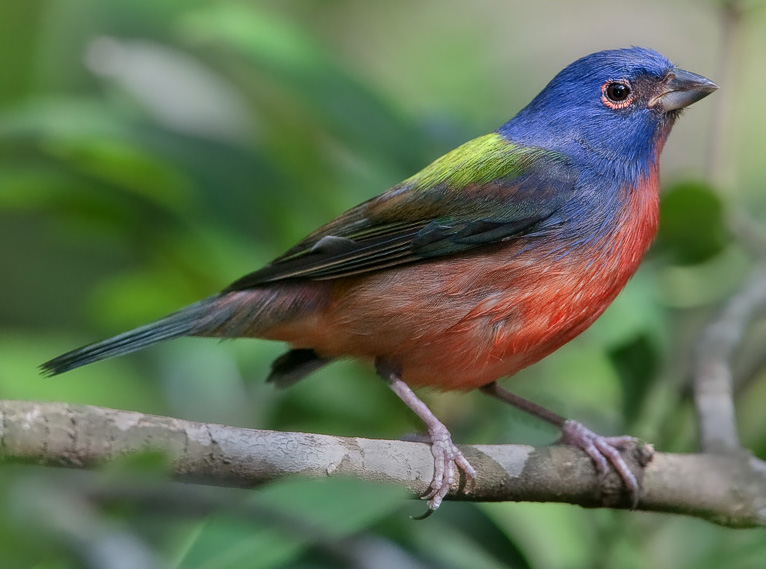
Wikipedia: Painted bunting Source: WIKIPEDIA
Passerina_ciris-20090208.jpg

Description
Other Details
DetailsProfile Wikipedia Audubon AllAboutBirds Xeno-Canto YouTube
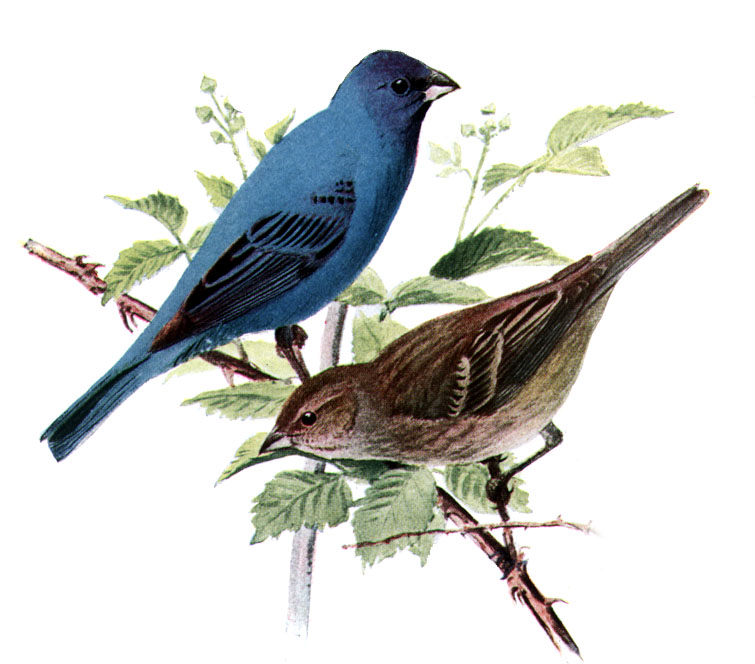
Wikipedia: Indigo bunting Source: WIKIPEDIA
Passerina_cyaneaAAP086CA.jpg

Description
Other Details
Details

Wikipedia: Blue grosbeak Source: WIKIPEDIA
1200px-Blue_Grosbeak_by_Dan_Pancamo.jpg

Description
Other Details
DetailsProfile Wikipedia Xeno-Canto YouTube

Wikipedia: Orange-breasted bunting Source: WIKIPEDIA
1200px-Orange_Breasted_Butnin.jpg

Description
Endemic (country/region)Other Details
DetailsProfile Wikipedia Audubon AllAboutBirds Xeno-Canto YouTube
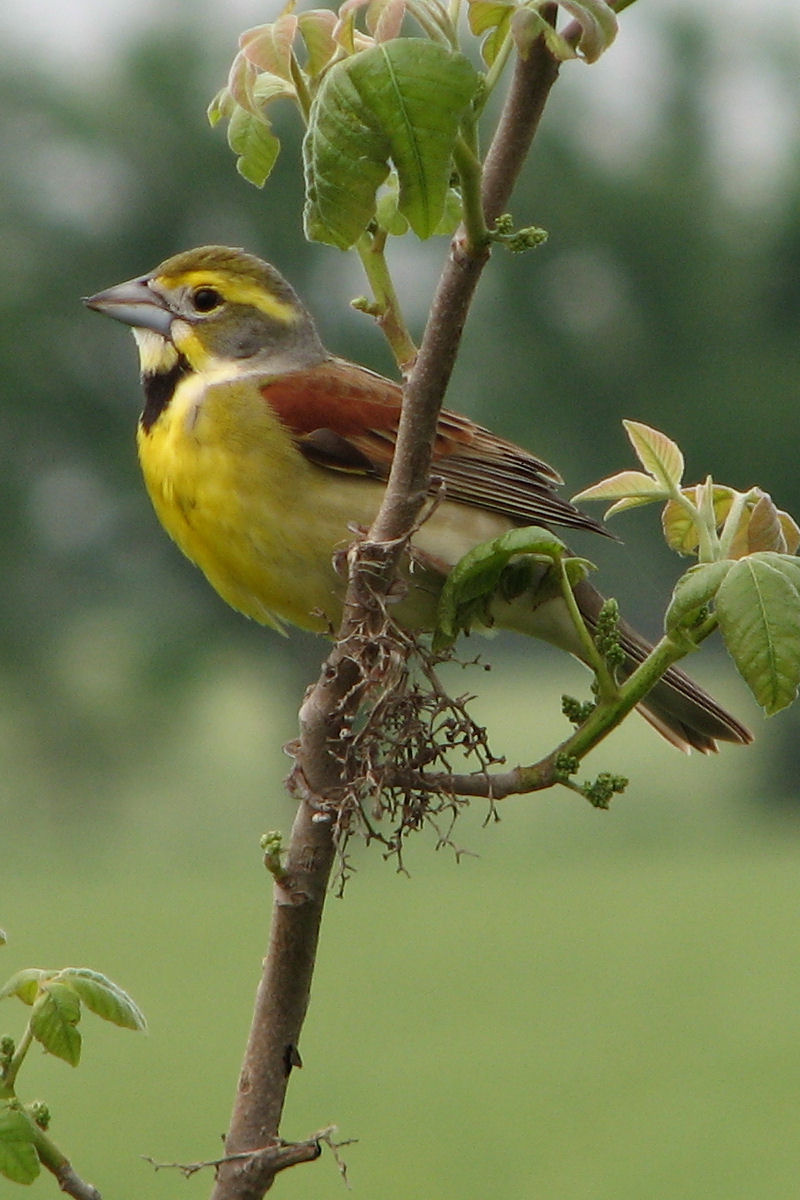
Wikipedia: Dickcissel Source: WIKIPEDIA
DickcisselA.jpg

Description
General:Emberiza townsendii (lapsus)
Spiza townsendi
Spiza townsendii (lapsus)
(see text) [more]
Other Details
DetailsProfile Wikipedia A-Z Animals Audubon AllAboutBirds Xeno-Canto YouTube
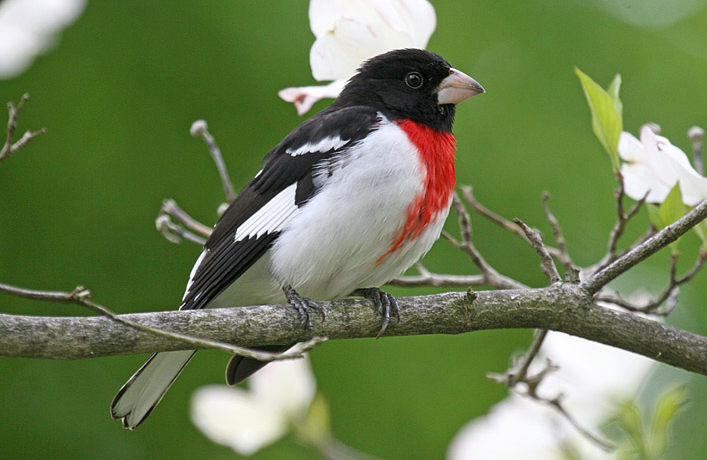
Wikipedia: Rose-breasted grosbeak Source: WIKIPEDIA
RosebreastedGrosbeak08.jpg

Description
Other Details
DetailsProfile Wikipedia Xeno-Canto YouTube
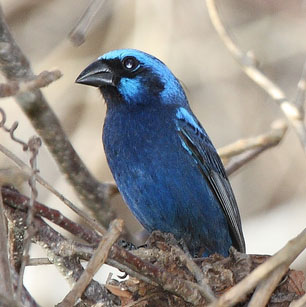
Wikipedia: Blue bunting Source: WIKIPEDIA
Blue_Bunting%2C_male.jpg

Description
Other Details
DetailsProfile Wikipedia Xeno-Canto YouTube

Wikipedia: Black-faced grosbeak Source: WIKIPEDIA
1200px-Caryothraustes_poliogaster.jpg

Description
General:Other Details
Details

Wikipedia: Blue-black grosbeak Source: WIKIPEDIA
1200px-Cyanocompsa_cyanoides.jpg

Description
Other Details
Details
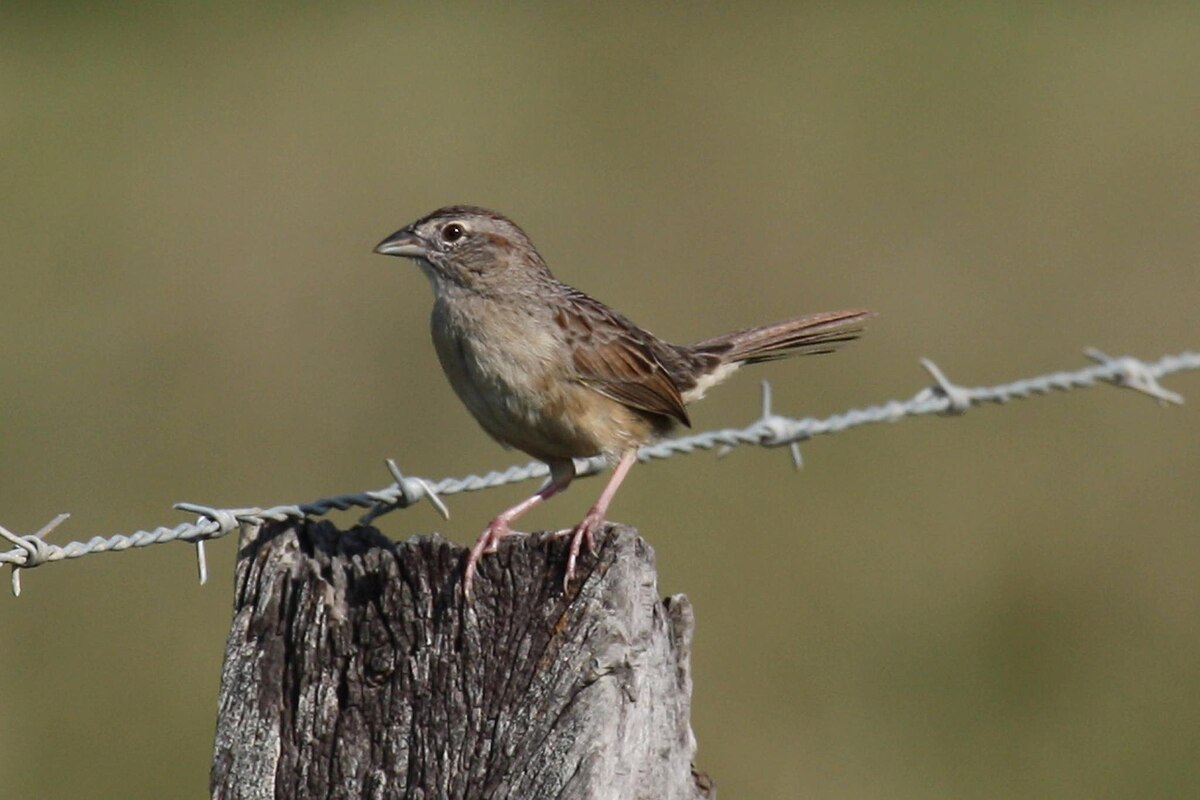
Wikipedia: Botteri's sparrow Source: WIKIPEDIA
1200px-Aimophila_botterii.jpg

Description
Other Details
DetailsProfile Wikipedia Xeno-Canto YouTube
MerlinBirdID says yellow-throated euphonia, Ecotucan. 2023-04-01 07:58:10 Source: OTHER
20230401_075810-DSC_0718 Merlin BirdID says yellow-throated euphonia, Ecotucan.JPG
Yucatan
NIKON D5600
ISO 400
Exposure 0.001
Description
Other Details
DetailsProfile Wikipedia Xeno-Canto YouTube

Wikipedia: Olive-backed euphonia Source: WIKIPEDIA
Flickr_-_Rainbirder_-_Olive-backed_Euphonia_%28Euphonia_gouldi%29_male.jpg

Description
Other Details
DetailsProfile Wikipedia Xeno-Canto YouTube

Wikipedia: Scrub euphonia Source: WIKIPEDIA
1200px-Euphonia_affinis_godmani.jpg

Description
Other Details
Details
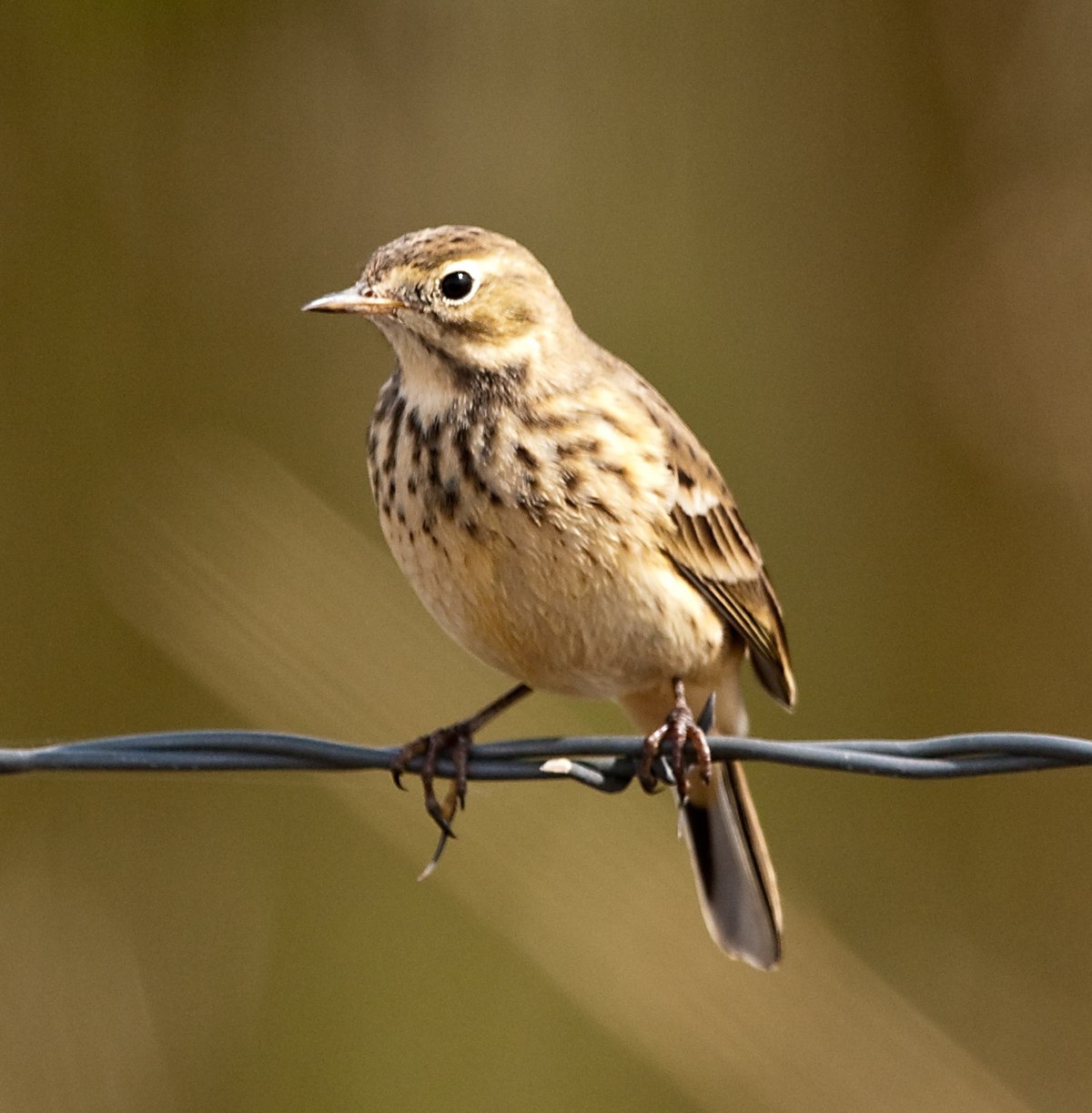
Wikipedia: American pipit Source: WIKIPEDIA
1200px-Anthus_rubescens_-Harney_County%2C_Oregon%2C_USA-8.jpg

Description
This bird appears across the great seas in the following continents: Europe, North America.Other Details
DetailsProfile Wikipedia eBird Audubon AllAboutBirds Xeno-Canto NABU YouTube

Wikipedia: Chestnut munia Source: WIKIPEDIA
Lonchura_atricapilla_jagori_-Cebu-8-3c.jpg

Description
This bird appears across the great seas in the following continents: Europe, North America, Asia, Australia.introduced
Other Details
Details
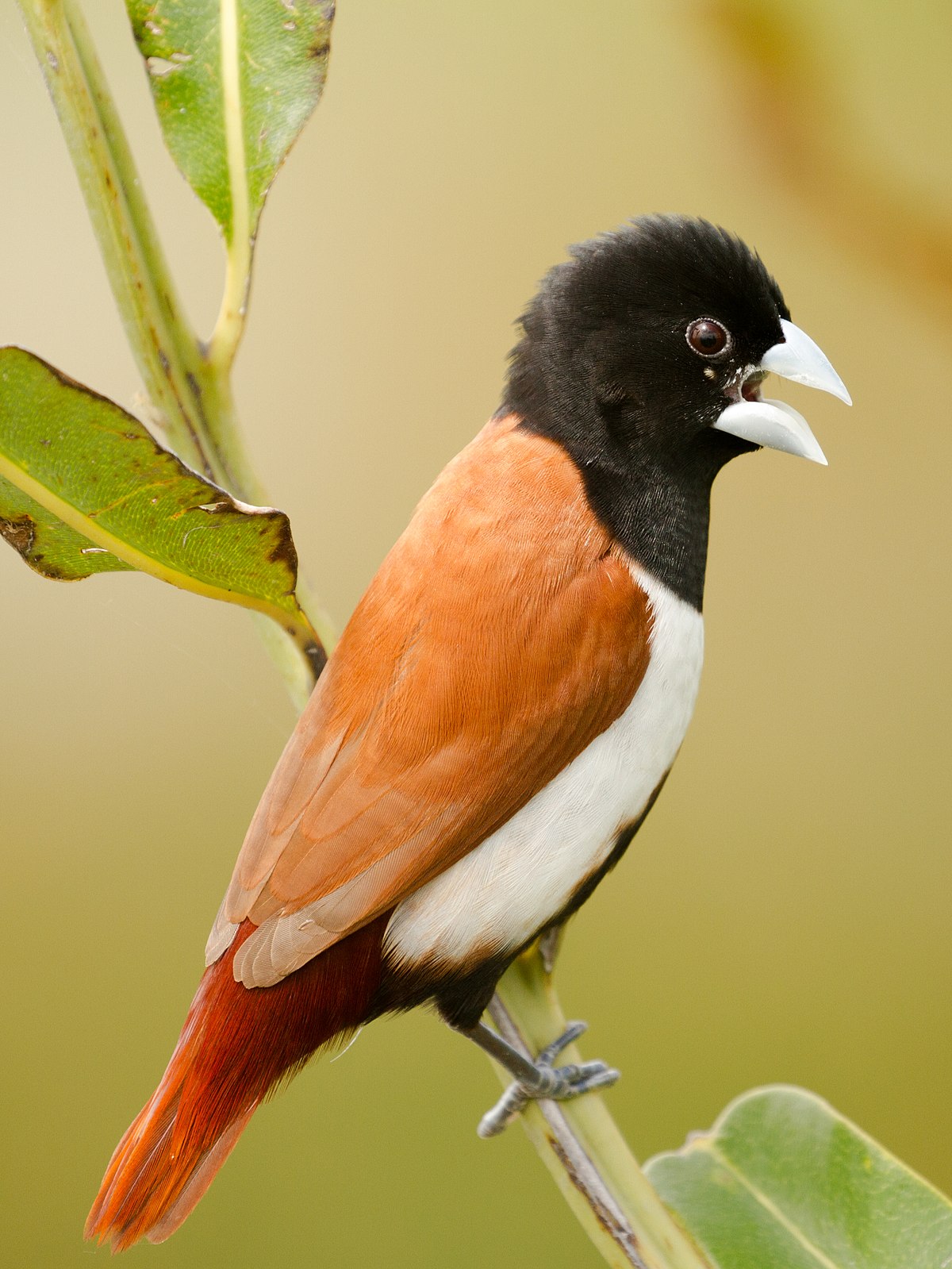
Wikipedia: Tricolored munia Source: WIKIPEDIA
1200px-Tricoloured_munia_%28cropped%29.jpg

Description
This bird appears across the great seas in the following continents: Europe, North America, South America, Asia.General:
Other Details
Details
Red winged blackbird, female. 2022-05-03 10:27:30 Source: OTHER
20220503_102730-DSC_0194 Red winged blackbird, female.JPG
Maryland
NIKON D5600
ISO 720
Exposure 0.001
First observed in Cockeysville on 2022-05-01.
Description
Other Details
Vocalisation
Song: Automatically generated from Xeno-Canto recording. Song attributes: Frequency:♫ 2022-05-01 10:18:45 Source: BirdNet 20220501_101845 birdnet - Red-winged Blackbird - 2022-05-01 10:18:45 - Red-winged Blackbird - Cockeysville.mp3 Cockeysville (song)
Details
Profile Wikipedia A-Z Animals Audubon AllAboutBirds Xeno-Canto YouTube
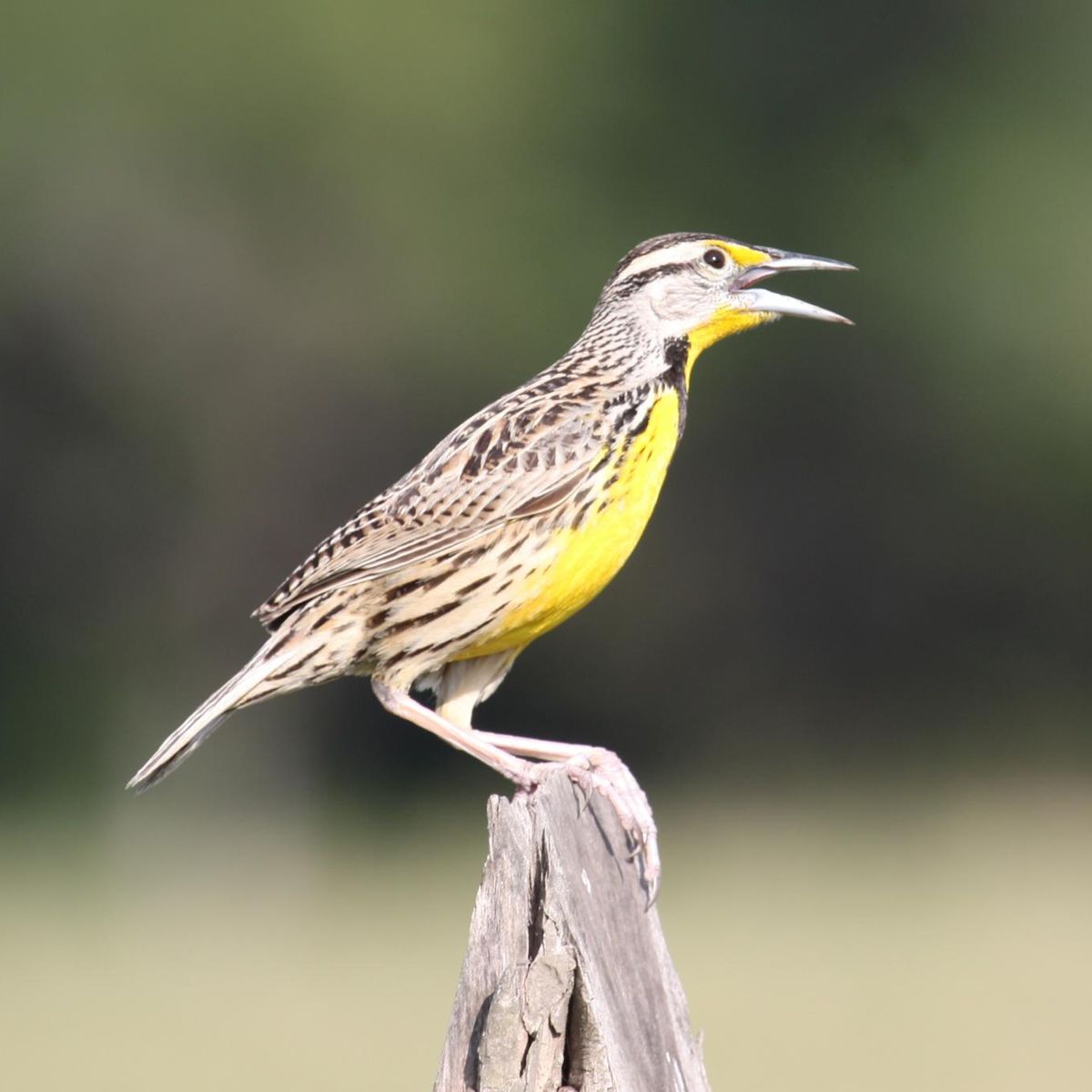
Wikipedia: Eastern meadowlark Source: WIKIPEDIA
1200px-Sturnella_magna_-Mexico-8.jpg
Mexico

First observed in Panama on 2020-03-02.
Description
Other Details
Vocalisation
Song: Automatically generated from Xeno-Canto recording. Song attributes: Frequency:♫ 2020-03-02 22:02:35 Source: BirdNet 20200302_220235 birdnet 24 - Eastern Meadowlark - 2020-03-02 22:02:35 - Eastern Meadowlark - Bajo Boquete.mp3 Panama (song)
Details
Profile Wikipedia Xeno-Canto YouTube
Great-tailed grackle. 2018-02-19 16:00:04 Source: OTHER
20180219_160004-DSC_1057 great-tailed grackle.JPG
Costa Rica
NIKON D3100
ISO 800
Exposure 0.006
First observed in 🇨🇭 on 2021-03-18.
Description
Other Details
Vocalisation
Song: Automatically generated from Xeno-Canto recording. Song attributes: Frequency:♫ 2021-03-18 16:52:18 Source: BirdNet 20210318_165218- birdnet 16 - Great-tailed Grackle - 2020-02-25 18:35:12 - birdnet_mobile_5867288364_recording_22.wav.mp3 Fehraltorf (song)
Details
MerlinBirdID says yellow-billed cacique and notes pale ivory-yellow bill and staring yellow eyes. 2023-04-02 11:17:28 Source: OTHER
20230402_111728-DSC_0864 Merlin BirdID says yellow-billed cacique and notes pale ivory-yellow bill and staring yellow eyes.JPG
Yucatan
NIKON D5600
ISO 3200
Exposure 0.003
Description
Other Details
DetailsProfile Wikipedia Xeno-Canto YouTube
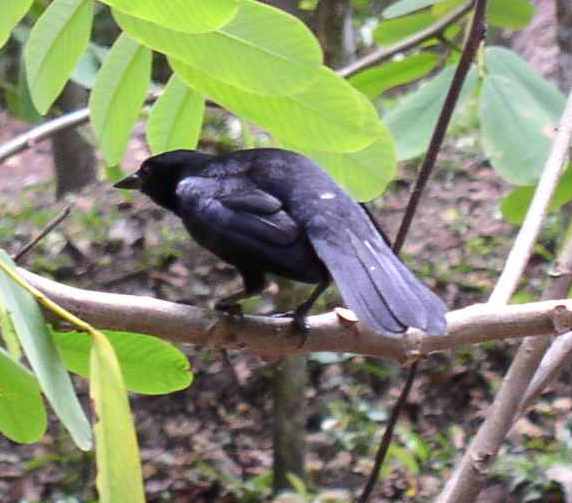
Wikipedia: Melodious blackbird Source: WIKIPEDIA
Dives_dives_-Belize-4.jpg
Belize

Description
Other Details
Details
Black-cowled oriole in Manzanillo, Costa Rica. 2020-03-12 09:34:56 Source: OTHER
20200312_093456-DSC_1193 Black-cowled oriole in Manzanillo, Costa Rica.JPG
Manzanillo
NIKON D5600
ISO 3200
Exposure 0.003
Description
Other Details
Details
Baltimore oriole at Cromwell. 2022-04-29 12:40:24 Source: OTHER
20220429_124024-DSC_0822 Baltimore oriole at Cromwell.JPG
New Jersey
NIKON D5600
ISO 400
Exposure 0.001
Description
Other Details
DetailsProfile Wikipedia A-Z Animals Audubon AllAboutBirds Xeno-Canto YouTube

Wikipedia: Orchard oriole Source: WIKIPEDIA
1200px-Orchard_Oriole_by_Dan_Pancamo_1.jpg

Description
Other Details
DetailsProfile Wikipedia A-Z Animals Audubon AllAboutBirds Xeno-Canto YouTube
Another yellow bird, probably a hooded oriole at Uxmal. 2023-04-07 15:44:14 Source: OTHER
20230407_154414-DSC_0122 Another yellow bird, probably a hooded oriole at Uxmal.JPG
Yucatan
NIKON D5600
ISO 400
Exposure 1/1600
Description
Other Details
DetailsProfile Wikipedia Audubon AllAboutBirds Xeno-Canto YouTube
Altamira oriole on second bird tour with Erik. 2023-04-16 06:37:22 Source: OTHER
20230416_063722-DSC_0724 Altamira oriole on second bird tour with Erik.JPG
Yucatan
NIKON D5600
ISO 400
Exposure 0.001
Description
Other Details
DetailsProfile Wikipedia Xeno-Canto YouTube
Yellow-tailed oriole. 2023-04-16 08:22:10 Source: OTHER
20230416_082210-DSC_0817 XXXX Yellow-tailed oriole copy.JPG
Yucatan
NIKON D5600
ISO 400
Exposure 0.001
Description
Other Details
DetailsProfile Wikipedia Xeno-Canto YouTube
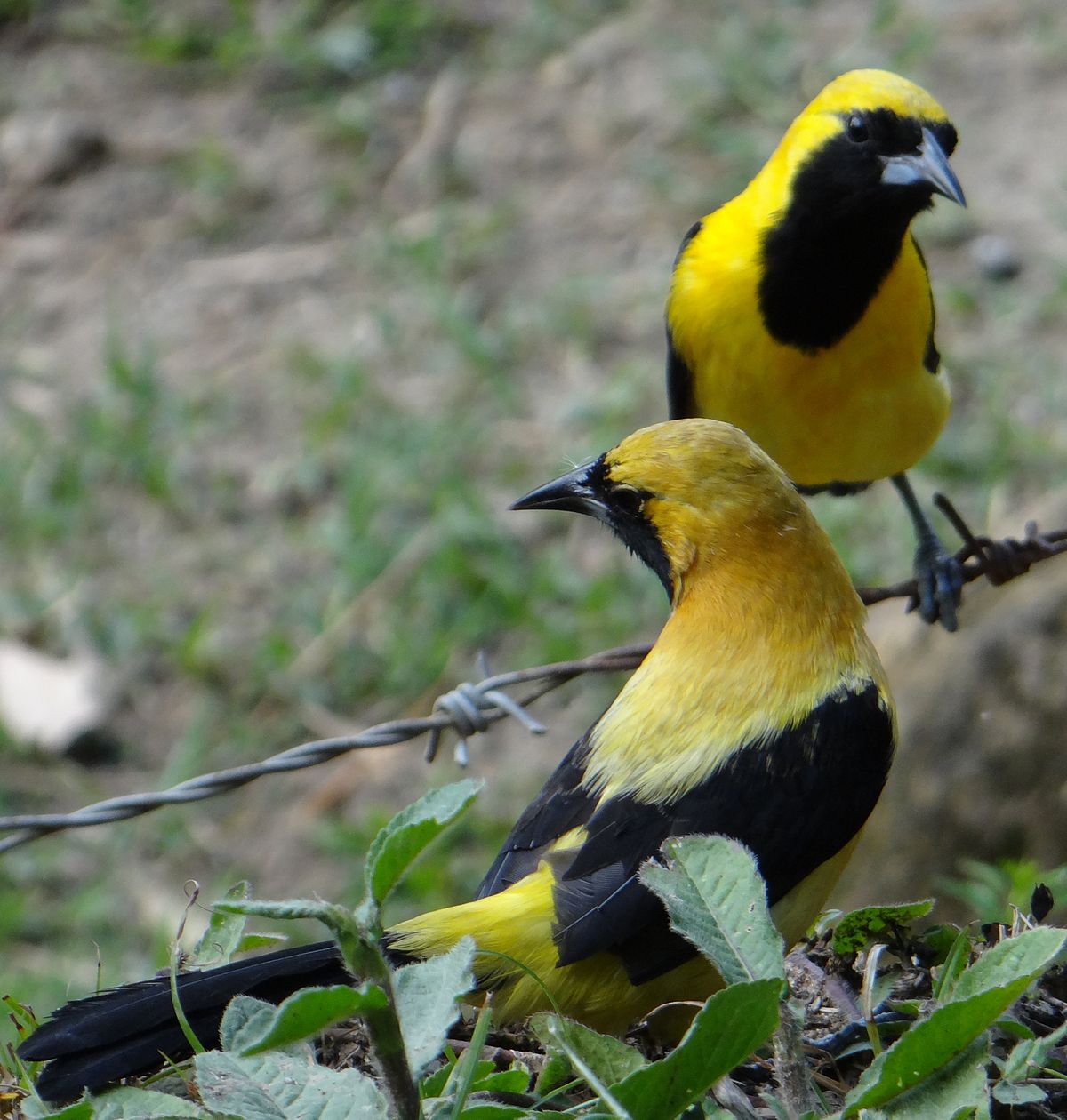
Wikipedia: Yellow-backed oriole Source: WIKIPEDIA
1200px-Toche_Pareja.jpg

Description
Other Details
DetailsProfile Wikipedia Xeno-Canto YouTube

Wikipedia: Orange oriole Source: WIKIPEDIA
1200px-Icterus_auratus_60726713.jpg

Description
EndemicOther Details
DetailsProfile Wikipedia Audubon AllAboutBirds Xeno-Canto YouTube
The red-eyed bronzed cowbird at Chichen Itza. 2023-04-13 11:57:06 Source: OTHER
20230413_115706-DSC_0367 The red-eyed bronzed cowbird at Chichen Itza.JPG
Yucatan
NIKON D5600
ISO 720
Exposure 1/1000
Description
General:The bronzed cowbird (once known as the red-eyed cowbird, Molothrus aeneus) is a small icterid. [more]
Other Details
DetailsProfile Wikipedia Xeno-Canto YouTube
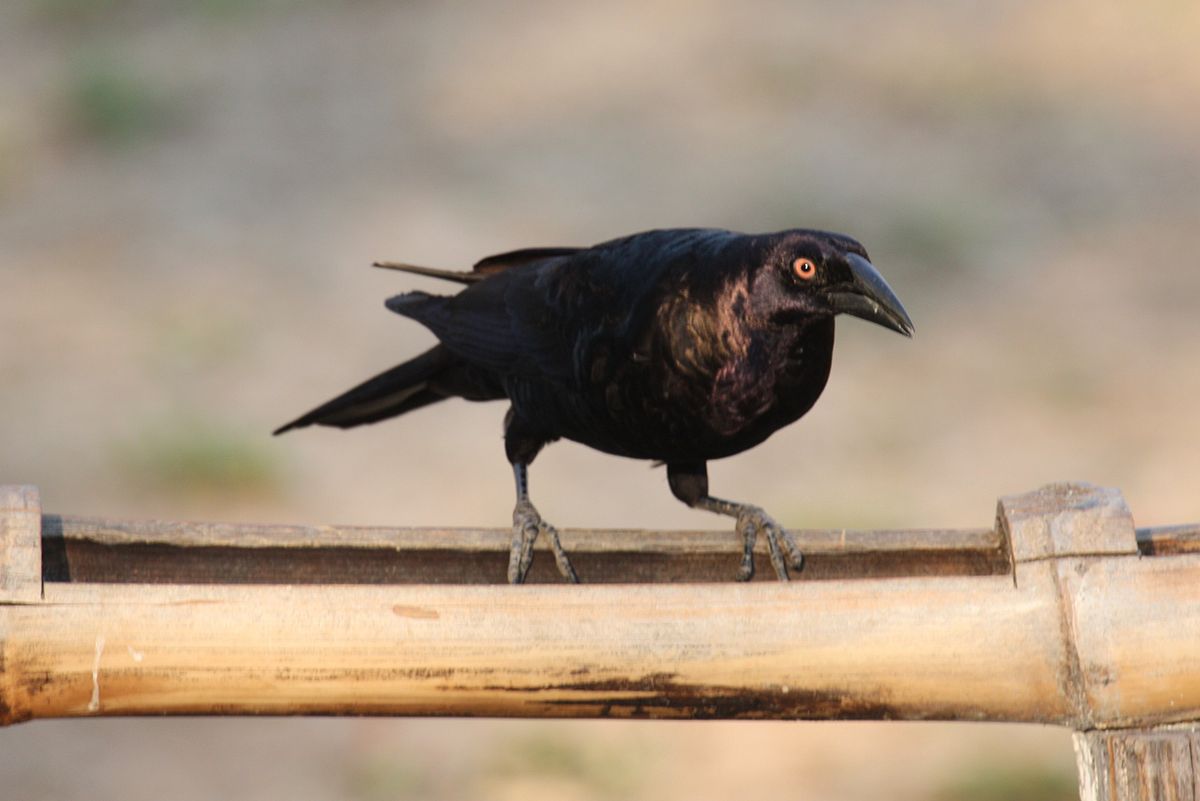
Wikipedia: Giant cowbird Source: WIKIPEDIA
1200px-Molothrus_oryzivorus.jpg

Description
Other Details
Details
Guan or whatever plus montezuma oropendola. 2018-02-27 12:54:16 Source: OTHER
20180227_125416-DSC_0552 XXXX guan or whatever plus montezuma oropendola.JPG
Costa Rica
NIKON D3100
ISO 800
Exposure 0.002
Description
Other Details
Details

Wikipedia: Blue-winged warbler Source: WIKIPEDIA
Vermivora_cyanoptera_-North_Berwick%2C_Maine%2C_USA-8.jpg

Description
Other Details
Details

Wikipedia: Golden-crowned warbler Source: WIKIPEDIA
1200px-Flickr_-_Dario_Sanches_-_PULA-PULA_%28Basileuterus_culicivorus%29_%283%29.jpg

Description
Other Details
DetailsProfile Wikipedia Audubon AllAboutBirds Xeno-Canto YouTube

Wikipedia: Swainson's warbler Source: WIKIPEDIA
1200px-Limnothlypis_swainsonii_4702971_%28cropped%29.jpg

Description
Other Details
Details

Wikipedia: Kentucky warbler Source: WIKIPEDIA
Oporornis_formosus_FWS.jpg

Description
Other Details
Details
MerlinBirdID suggests common yellowthroat - Kohunlich. 2023-04-03 10:51:28 Source: OTHER
20230403_105128-DSC_0935 Merlin BirdID suggests common yellowthroat - Kohunlich.JPG
Yucatan
NIKON D5600
ISO 400
Exposure 0.001
Description
Other Details
DetailsProfile Wikipedia Xeno-Canto YouTube

Wikipedia: Gray-crowned yellowthroat Source: WIKIPEDIA
Grey-crowned_Yellowthroat_-_cropped.jpg

Description
Other Details
DetailsProfile Wikipedia Audubon AllAboutBirds Xeno-Canto YouTube

Wikipedia: Yellow-breasted chat Source: WIKIPEDIA
Yellow-Breasted-Chat-Oregon.jpg

Description
Other Details
Details
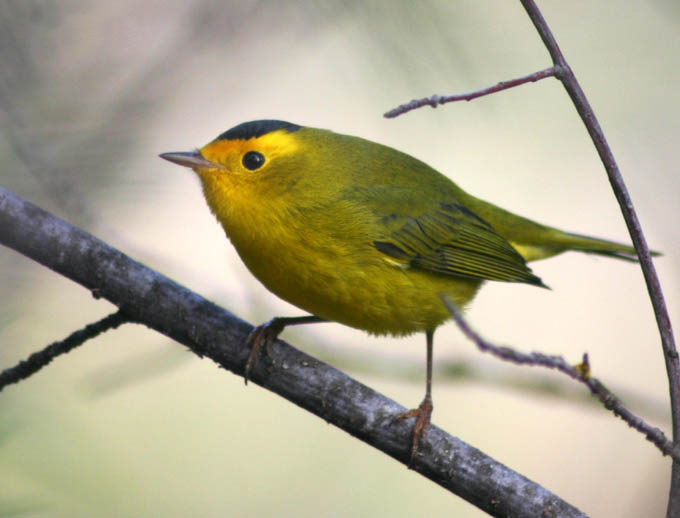
Wikipedia: Wilson's warbler Source: WIKIPEDIA
Wilsonia_pusilla.jpg

Description
Other Details
DetailsProfile Wikipedia Xeno-Canto YouTube

Wikipedia: Gray-throated chat Source: WIKIPEDIA
1200px-Gray-throated_Chat_%28Granatellus_sallaei%29.jpg

Description
Other Details
Details

Wikipedia: Worm-eating warbler Source: WIKIPEDIA
Worm-eating_Warbler.jpg

Description
General:Other Details
Details
Black and white warbler, Ecotucan, Bacalar. 2023-03-30 17:30:48 Source: OTHER
20230330_173048-DSC_0418 XX Black and white warbler, Ecotucan, Bacalar.JPG
Yucatan
NIKON D5600
ISO 360
Exposure 0.001
Description
Other Details
DetailsProfile Wikipedia Audubon AllAboutBirds Xeno-Canto YouTube
MerlinBirdID suggest a prothonotary warbler, at botanical garden, Puerto Morelos. 2023-03-27 11:50:22 Source: OTHER
20230327_115022-DSC_1039 Merlin BirdID suggest a prothonotary warbler, at botanical garden, Puerto Morelos.JPG
Yucatan
NIKON D5600
ISO 1800
Exposure 1/500
Description
Other Details
Details

Wikipedia: Ovenbird Source: WIKIPEDIA
1200px-Ovenbird_RWD2011b.jpg

Description
Other Details
Details

Wikipedia: Black-throated blue warbler Source: WIKIPEDIA
1200px-Black-throated_Blue_Warbler%2C_Parc_%C3%89coforestier_de_Johnville%2C_Quebec%2C_Canada.jpg

Description
Other Details
Details
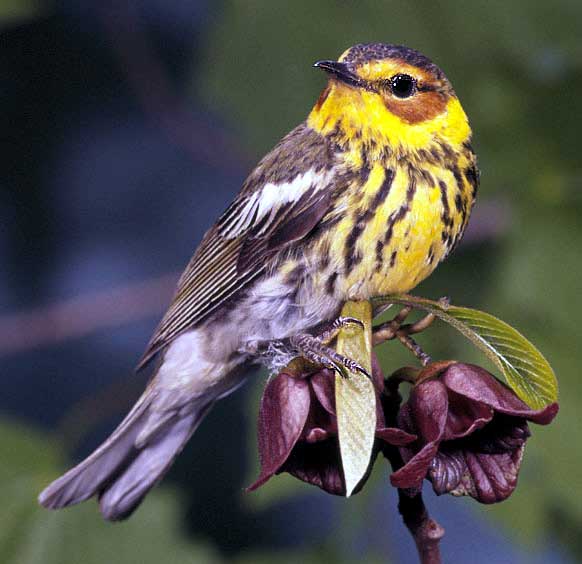
Wikipedia: Cape may warbler Source: WIKIPEDIA
Dendroica_tigrina_FWS.jpg

Description
Other Details
Details
Palm warbler by Windham Hill Inn, Vermont. 2023-10-03 10:42:20 Source: OTHER
20231003_104220-DSC_0916 Palm warbler by Windham Hill Inn, Vermont.JPG
New Jersey
NIKON D5600
ISO 400
Exposure 0.001
Description
Other Details
Details

Wikipedia: Chestnut-sided warbler Source: WIKIPEDIA
1200px-Dendroica-pensylvanica-003.jpg

Description
Other Details
Details
Yellow warbler, male of one of the mangrove subspecies, feeding off coconuts used just to sell the milk as a refreshing drink. 2023-04-21 07:08:16 Source: OTHER
20230421_070816-DSC_0024 Yellow warbler, male of one of the mangrove subspecies, feeding off coconuts used just to sell the milk as a refreshing drink.JPG
Yucatan
NIKON D5600
ISO 2500
Exposure 0.002
Description
Other Details
DetailsProfile Wikipedia Audubon AllAboutBirds Xeno-Canto YouTube
Possibly a female American redstart at Maya site Becan. 2023-04-03 12:11:18 Source: OTHER
20230403_121118-DSC_0980 Possibly a female American redstart at Maya site Becan.JPG
Yucatan
NIKON D5600
ISO 400
Exposure 0.001
First observed in Cockeysville on 2022-05-02.
Description
Other Details
Vocalisation
Song: Automatically generated from Xeno-Canto recording. Song attributes: Frequency:♫ 2022-05-02 08:57:40 Source: BirdNet 20220502_085740 birdnet - American Redstart - 2022-05-02 08:57:40 - American Redstart - Cockeysville.mp3 Cockeysville (song)
Details

Wikipedia: Hooded warbler Source: WIKIPEDIA
Wilsonia_citrina_%28Belize%29.jpg

Description
Other Details
Vocalisation
Song: Automatically generated from Xeno-Canto recording. Song attributes: Frequency:♫ 2021-06-13 06:44:04 Source: BirdNet 20210613_064404 birdnet 1638 - No confident detection, wild guess hooded warbler or yellow backed warbler - No confident detection - Cockeysville.mp3 Cockeysville (song)
Details

Wikipedia: Northern parula Source: WIKIPEDIA
Northernparalua20.jpg

First observed in Cockeysville on 2022-05-01.
Description
Other Details
Vocalisation
Song: Automatically generated from Xeno-Canto recording. Song attributes: Frequency:♫ 2022-05-01 09:06:58 Source: BirdNet 20220501_090658 birdnet - Northern Parula - 2022-05-01 09:06:58 - Northern Parula - Cockeysville.mp3 Cockeysville (song)
Details

Wikipedia: Magnolia warbler Source: WIKIPEDIA
Dendroica_magnolia_MN.jpg

Description
Other Details
Details

Wikipedia: Bay-breasted warbler Source: WIKIPEDIA
1200px-Dendroica-castanea-001.jpg

Description
Other Details
Details
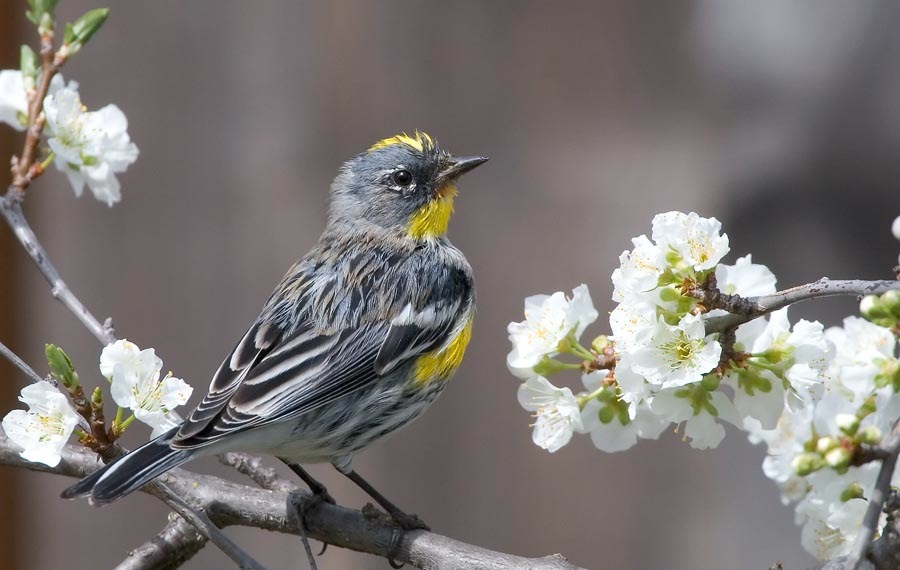
Wikipedia: Yellow-rumped warbler Source: WIKIPEDIA
Audubon%27s_Warbler_Setophaga_auduboni.jpg

Description
Other Details
Details
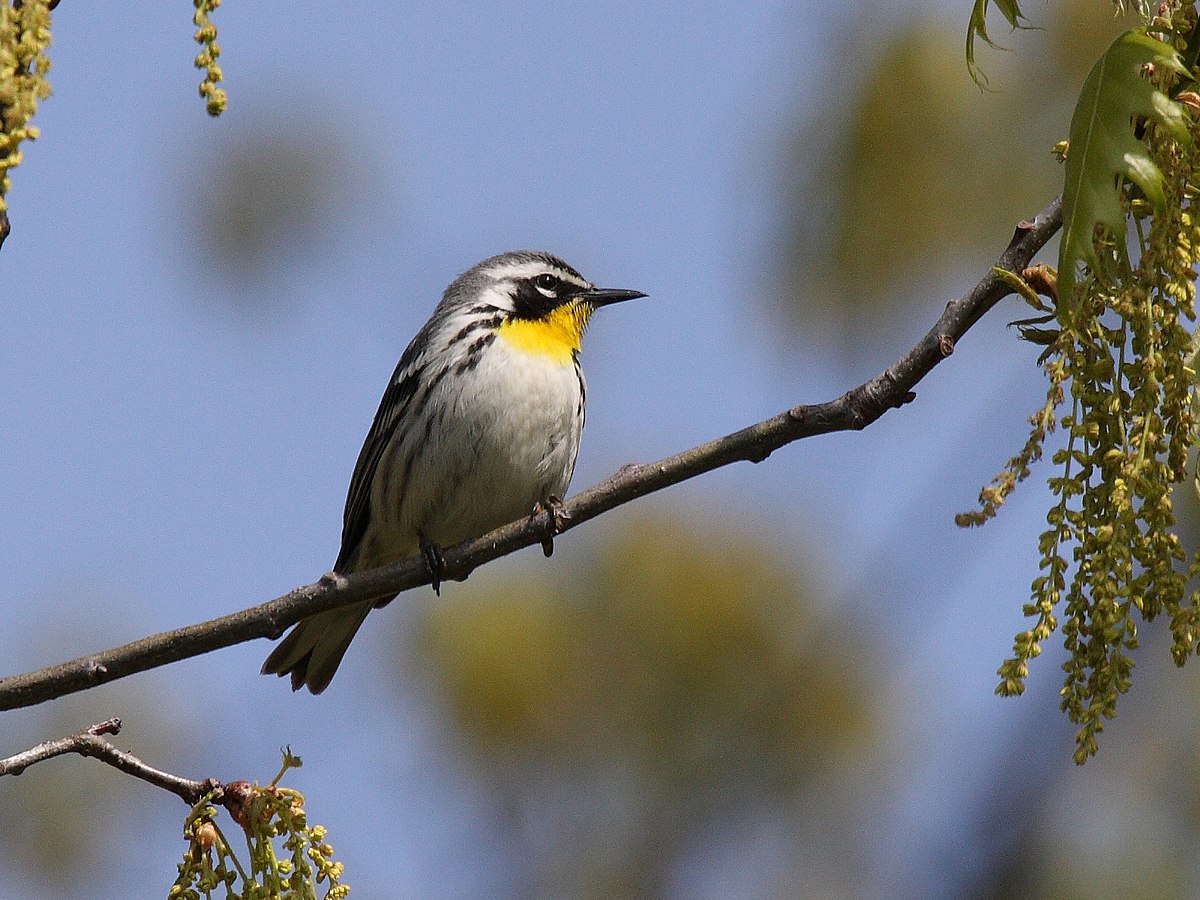
Wikipedia: Yellow-throated warbler Source: WIKIPEDIA
1200px-Yellow-throated_Warbler_2.jpg

Description
Other Details
Details

Wikipedia: Prairie warbler Source: WIKIPEDIA
1200px-Prairie_warbler_%28Setophaga_discolor_paludicola%29_male_J.jpg

Description
Other Details
Details

Wikipedia: Black-throated green warbler Source: WIKIPEDIA
1200px-BlackthroatedGreenWarbler08.jpg

Description
Other Details
Details

Wikipedia: Tropical parula Source: WIKIPEDIA
Parula_pitiayumi_-Piraju%2C_Sao_Paulo%2C_Brazil-8.jpg

Description
Other Details
Details

Wikipedia: Northern waterthrush Source: WIKIPEDIA
Northern_Waterthrush%2C_Parkesia_noveboracensis.jpg

Description
Other Details
Details

Wikipedia: Tennessee warbler Source: WIKIPEDIA
1200px-Tennessee_Warbler_2.jpg

Description
Other Details
Details

Wikipedia: Virginia's warbler Source: WIKIPEDIA
1200px-Female_Virgina%27s_Warbler.JPG

Description
Other Details
DetailsLovely cotinga (Cotinga amabilis)
Profile Wikipedia Xeno-Canto YouTube
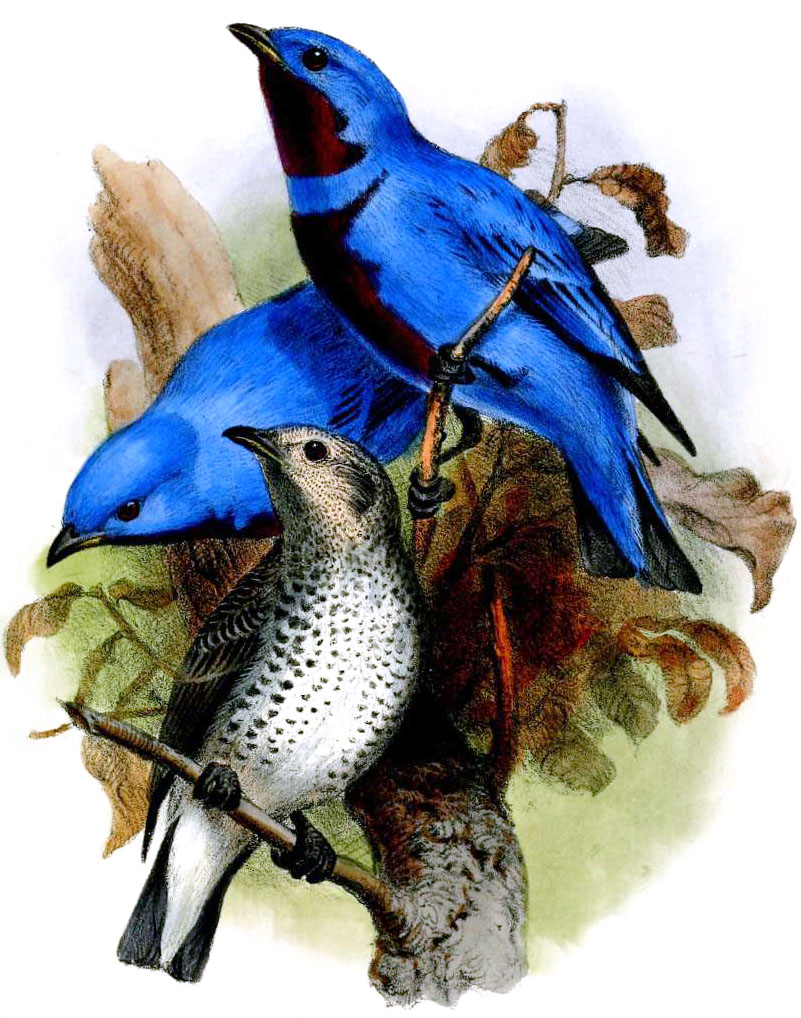
Wikipedia: Lovely cotinga Source: WIKIPEDIA
Cotinga_amabilisPZS1856P123A.jpg

Description
Other Details
DetailsRufous-breasted spinetail (Synallaxis erythrothorax)
Profile Wikipedia Xeno-Canto YouTube

Wikipedia: Rufous-breasted spinetail Source: WIKIPEDIA
1200px-Synallaxis_erythrothorax_-_Rufous-breasted_Spinetail.jpg

Description
Other Details
DetailsScaly-throated leaftosser (Sclerurus guatemalensis)
Profile Wikipedia Xeno-Canto YouTube
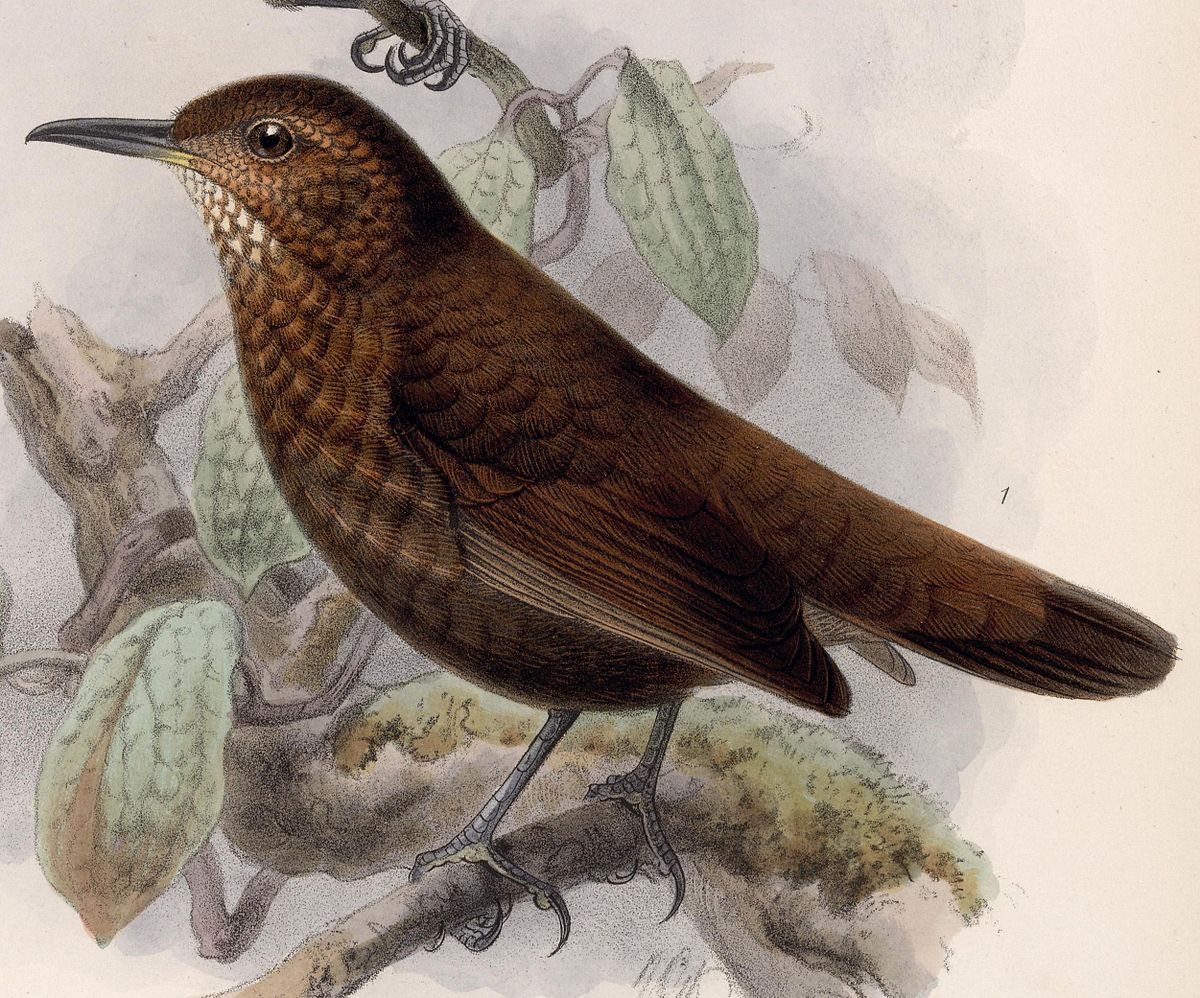
Wikipedia: Scaly-throated leaftosser Source: WIKIPEDIA
1200px-Sclerurus_guatemalensis_1902.jpg

Description
General:Other Details
DetailsBuff-throated foliage-gleaner (Automolus ochrolaemus)

Wikipedia: Buff-throated foliage-gleaner Source: WIKIPEDIA
Buff-throated_Foliage-gleaner_%28Automolus_ochrolaemus%29_in_Costa_Rica.jpg

Description
Other Details
DetailsPlain xenops (Xenops minutus)
Profile Wikipedia Xeno-Canto YouTube

Wikipedia: Plain xenops Source: WIKIPEDIA
1200px-Xenops_minutus_-_Plain_xenops%3B_Restinga_de_Bertioga_State_Park%2C_S%C3%A3o_Paulo%2C_Brazil.jpg

Description
Other Details
DetailsVeery / Wilson-Drossel (Catharus fuscescens)
Profile Wikipedia Audubon AllAboutBirds Xeno-Canto YouTube

Wikipedia: Veery Source: WIKIPEDIA
1200px-Catharus_fuscescens_CT.jpg

Description
Other Details
DetailsGray-cheeked thrush / Grauwangendrossel (Catharus minimus)
Profile Wikipedia Audubon AllAboutBirds Xeno-Canto BirdID NABU YouTube

Wikipedia: Gray-cheeked thrush Source: WIKIPEDIA
1200px-Graycheekedthrush36.jpg

Description
This bird appears across the great seas in the following continents: Europe, North America, South America.Other Details
DetailsSwainson's thrush (Catharus ustulatus)
Profile Wikipedia Audubon AllAboutBirds Xeno-Canto BirdID NABU YouTube
Swainson's thrush in Central Park. 2024-10-06 15:42:42 New York City, NY
Canon EOS R7 24-240mm
Shutter speed 8.625
ISO 1000
Exposure 1/400
First observed in Annandale, Virginia on 2024-09-24.
Description
This bird appears across the great seas in the following continents: Europe, North America, South America.Other Details
DetailsAmerican robin / Wanderdrossel (Turdus migratorius)
American Robin intensely building a nest. 2022-04-26 16:58:36 Source: OTHER
20220426_165836-DSC_0393 American Robin intensely building a nest.JPG
Maryland
NIKON D5600
ISO 1600
Exposure 0.002
First observed in 🇨🇭 on 2020-04-17.
Description
Other Details
Vocalisation
Song: Automatically generated from Xeno-Canto recording. Song attributes: Frequency:♫ 2020-04-22 05:27:42 Source: BirdNet 20200422_052742 birdnet 339 descending robin song - European robin.mp3 Luppmen (song)
Calls: Automatically generated from Xeno-Canto recording. - but really OTHER
I heard 3 or 4 scattered birds calling it in woods with underbrush but saw no birds. BirdNet told me they were robins, which I found hard to believe, but on comparing it with recordings at XenoCanto, I was convinced! Maybe they were telling each other "Don't show yourself to that alarming guy!".
♫ I heard 3 or 4 scattered birds calling it in woods with underbrush but saw no birds. BirdNet told me they were robins, which I found hard to believe, but on comparing it with recordings at XenoCanto, I was convinced! Maybe they were telling each other "Don't show yourself to that alarming guy!". 2021-07-03 08:05:14 Sputtery tik or ticking calls from a group of europan robins, never seen, plus eurasian nuthatch, blackcap warbler, probably magpie. Source: OTHER 2021-07-03 08.05.14 sputtery tik or ticking calls from a group of europan robins, never seen, plus eurasian nuthatch, blackcap warbler, probably magpie.mp3 (call)

Call attributes: song Frequency: ,
Details
Clay-colored robin (Turdus grayi)
Lava hike clay colored thrush? national bird. 2018-03-01 17:09:44 Source: OTHER
20180301_170944-DSC_0850 lava hike clay colored thrush? national bird.JPG
Costa Rica
NIKON D3100
ISO 560
Exposure 0.002
Description
Other Details
DetailsMountain bluebird / Berghüttensänger (Sialia currucoides)
Profile Wikipedia A-Z Animals Audubon AllAboutBirds Xeno-Canto YouTube

Wikipedia: Mountain bluebird Source: WIKIPEDIA
Mountain_Bluebird.jpg

Description
Other Details
DetailsWood thrush / Walddrossel (Hylocichla mustelina)
Wood thrush, magnificent singer. 2022-05-05 18:37:08 Source: OTHER
20220505_183708-DSC_0513 Wood thrush, magnificent singer.JPG
Maryland
NIKON D5600
ISO 400
Exposure 0.001
First observed in Cockeysville on 2021-06-12.
Description
Other Details
Vocalisation
Song: Automatically generated from Xeno-Canto recording. Song attributes: Frequency:♫ 2022-05-05 16:36:15 Source: BirdNet 20220505_163615 birdnet - Wood Thrush - 2022-05-05 16:36:15 - Wood Thrush - Cockeysville.mp3 Cockeysville (song)
Details
Least flycatcher / Gartentyrann (Empidonax minimus)
Profile Wikipedia Audubon AllAboutBirds Xeno-Canto YouTube
Least flycatcher on second outing near Rio Lagartos. 2023-04-16 06:39:50 Source: OTHER
20230416_063950-DSC_0727 Least flycatcher on second outing near Rio Lagartos.JPG
Yucatan
NIKON D5600
ISO 400
Exposure 0.001
Description
Other Details
DetailsAcadian flycatcher / Buchentyrann (Empidonax virescens)
Profile Wikipedia Audubon AllAboutBirds Xeno-Canto YouTube
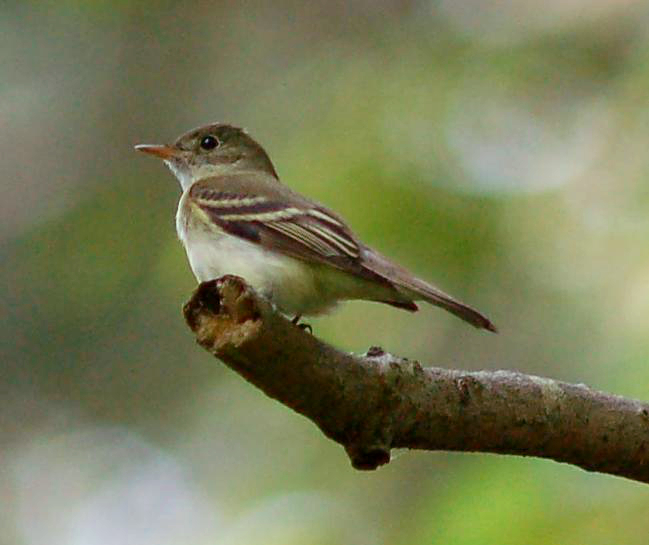
Wikipedia: Acadian flycatcher Source: WIKIPEDIA
Acadian_Flycatcher.jpg

Description
Other Details
DetailsAlder flycatcher (Empidonax alnorum)
Profile Wikipedia Audubon AllAboutBirds Xeno-Canto YouTube

Wikipedia: Alder flycatcher Source: WIKIPEDIA
1200px-Empidonax_alnorum_CT2.jpg

Description
Other Details
DetailsYellow-bellied flycatcher (Empidonax flaviventris)
Profile Wikipedia Audubon AllAboutBirds Xeno-Canto YouTube

Wikipedia: Yellow-bellied flycatcher Source: WIKIPEDIA
1200px-Yellow-bellied_Flycatcher_-_Empidonax_flaviventris.jpg

Description
Other Details
DetailsWillow flycatcher (Empidonax traillii)
Profile Wikipedia A-Z Animals Audubon AllAboutBirds Xeno-Canto YouTube

Wikipedia: Willow flycatcher Source: WIKIPEDIA
Southwestern_Willow_Flycatcher.jpg

Description
Other Details
DetailsWhite-throated flycatcher (Empidonax albigularis)
Profile Wikipedia Xeno-Canto YouTube

Wikipedia: White-throated flycatcher Source: WIKIPEDIA
1200px-Empidonax_albigularis.jpg

Description
Other Details
DetailsEastern kingbird / Königstyrann (Tyrannus tyrannus)
Profile Wikipedia A-Z Animals Audubon AllAboutBirds Xeno-Canto YouTube
Eastern kingbird. 2022-04-29 12:54:00 Source: OTHER
20220429_125400-DSC_0870 Eastern kingbird.JPG
New Jersey
NIKON D5600
ISO 400
Exposure 0.001
Description
Other Details
DetailsTropical kingbird / Trauertyrann (Tyrannus melancholicus)
Profile Wikipedia Audubon AllAboutBirds Xeno-Canto YouTube

Tropical kingbird. 2018-02-16 16:18:52 Source: OTHER
20180216_161852-DSC_0510 XXXX tropical kingbird cropped.jpg
Costa Rica
 NIKON D3100
ISO 800
NIKON D3100
ISO 800
Exposure 0
First observed in Costa Rica on 2018-02-16.
Description
Other Details
DetailsCouch's kingbird (Tyrannus couchii)
Profile Wikipedia Audubon AllAboutBirds Xeno-Canto YouTube
Couch's kingbird is a city bird in Campeche. 2023-04-06 16:49:18 Source: OTHER
20230406_164918-DSC_0020 Couch's kingbird is a city bird in Campeche.JPG
Yucatan
NIKON D5600
ISO 400
Exposure 0.001
Description
Other Details
DetailsBlack phoebe / Schwarzkopf-Phoebetyrann (Sayornis nigricans)
Profile Wikipedia Audubon AllAboutBirds Xeno-Canto YouTube
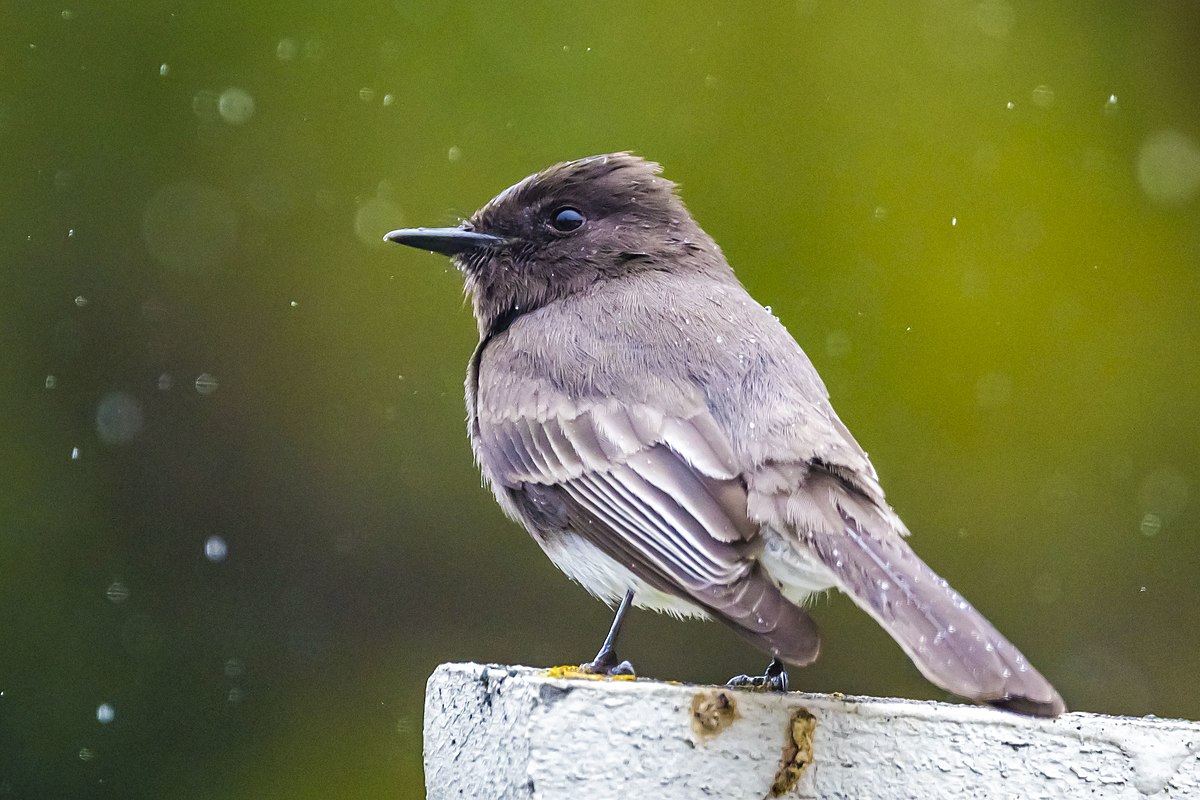
Wikipedia: Black phoebe Source: WIKIPEDIA
1200px-Black_Phoebe_in_the_Rain.jpg

Description
Other Details
DetailsCaribbean elaenia (Elaenia martinica)
Profile Wikipedia Audubon AllAboutBirds Xeno-Canto YouTube

Wikipedia: Caribbean elaenia Source: WIKIPEDIA
1200px-Caribbean_Elaenia.jpg

Description
Other Details
DetailsYellow-bellied elaenia (Elaenia flavogaster)
Profile Wikipedia Xeno-Canto YouTube

Wikipedia: Yellow-bellied elaenia Source: WIKIPEDIA
Flickr_-_Dario_Sanches_-_GUARACAVA-DE-BARRIGA-AMARELA_%28Elaenia_flavogaster%29.jpg

Description
Other Details
DetailsRose-throated becard (Pachyramphus aglaiae)
Profile Wikipedia Audubon AllAboutBirds Xeno-Canto YouTube
Xx Rose throated becard. 2023-03-31 09:59:56 Source: OTHER
20230331_095956-DSC_0518 Xx Rose throated becard.JPG
Yucatan
NIKON D5600
ISO 400
Exposure 0.001
Description
Other Details
DetailsCinnamon becard (Pachyramphus cinnamomeus)
Profile Wikipedia Xeno-Canto YouTube

Wikipedia: Cinnamon becard Source: WIKIPEDIA
Flickr_-_Rainbirder_-_Cinnamon_Becard_%28Pachyramphus_cinnamomeus%29_%281%29_%28cropped%29.jpg

Description
Other Details
DetailsGray-collared becard (Pachyramphus major)
Profile Wikipedia Xeno-Canto YouTube

Wikipedia: Gray-collared becard Source: WIKIPEDIA
1200px-Grey-collared_Becard%2C_La_Concordia%2C_Mexico_%2816372461294%29.jpg

Description
Other Details
DetailsBlack-crowned tityra (Tityra inquisitor)
Profile Wikipedia Xeno-Canto YouTube

Wikipedia: Black-crowned tityra Source: WIKIPEDIA
Black-crowned_tityra.jpg

Description
General:Other Details
DetailsMasked tityra (Tityra semifasciata)
Profile Wikipedia Xeno-Canto YouTube
Cahal pech resort masked tityra tentative ID by MerlinBirdID. 2018-02-05 17:22:32 Costa Rica
NIKON D3100
ISO 800
Exposure 1/800
First observed in Costa Rica on 2018-02-05.
Description
Other Details
DetailsOchre-bellied flycatcher (Mionectes oleagineus)

Wikipedia: Ochre-bellied flycatcher Source: WIKIPEDIA
1200px-Mionectes_oleagineus_2.jpg

Description
Other Details
DetailsRuddy-tailed flycatcher (Terenotriccus erythrurus)

Wikipedia: Ruddy-tailed flycatcher Source: WIKIPEDIA
1200px-Terenotriccus_erythrurus_-_Ruddy-tailed_flycatcher%3B_Rio_Branco%2C_Acre%2C_Brazil.jpg

Description
Other Details
DetailsEastern wood-pewee (Contopus virens)
Profile Wikipedia Audubon AllAboutBirds Xeno-Canto YouTube
Eastern wood pewee, last new bird we discovered - at the parking lot shortly before leaving, Oregon Ridge. 2021-06-19 09:34:10 Source: OTHER
20210619_093410-DSC_0206 (2) Eastern wood pewee, last new bird we discovered - at the parking lot shortly before leaving, Oregon Ridge.JPG
Maryland
NIKON D5600
ISO 2800
Exposure 0.002
First observed in Cockeysville on 2022-05-01.
Description
Other Details
Vocalisation
Song: Automatically generated from Xeno-Canto recording. Song attributes: Frequency:♫ 2022-05-01 08:44:50 Source: BirdNet 20220501_084450 birdnet - Eastern Wood-Pewee - 2022-05-01 08:44:50 - Eastern Wood-Pewee - Cockeysville.mp3 Cockeysville (song)
Details
Northern tropical pewee (Contopus bogotensis)
Profile Wikipedia Xeno-Canto YouTubeDescription
Other Details
DetailsSulphur-rumped flycatcher (Myiobius sulphureipygius)
Profile Wikipedia Xeno-Canto YouTube

Wikipedia: Sulphur-rumped flycatcher Source: WIKIPEDIA
1200px-Myiobius_sulphureipygius_map.svg.png

Description
General:Other Details
DetailsGreat crested flycatcher (Myiarchus crinitus)
Profile Wikipedia A-Z Animals Audubon AllAboutBirds Xeno-Canto YouTube

Wikipedia: Great crested flycatcher Source: WIKIPEDIA
Great_Crested_Flycatcher_RWD2.jpg

First observed in 🇨🇭 on 2021-03-18.
Description
Other Details
Vocalisation
Song: Automatically generated from Xeno-Canto recording. Song attributes: Frequency:♫ 2021-03-18 16:52:19 Source: BirdNet 20210318_165219- birdnet 9 - Great Crested Flycatcher - 2020-02-25 18:26:45 - birdnet_mobile_5867288364_recording_15.wav.mp3 Fehraltorf (song)
Details
Brown-crested flycatcher (Myiarchus tyrannulus)
Profile Wikipedia Audubon AllAboutBirds Xeno-Canto YouTube
Brown-crested flycatcher in Holbox by a morning walk. 2023-04-21 07:30:58 Source: OTHER
20230421_073058-DSC_0037 Brown-crested flycatcher in Holbox by a morning walk.JPG
Yucatan
NIKON D5600
ISO 800
Exposure 0.001
Description
Other Details
DetailsDusky-capped flycatcher (Myiarchus tuberculifer)
Profile Wikipedia Audubon AllAboutBirds Xeno-Canto YouTube

Wikipedia: Dusky-capped flycatcher Source: WIKIPEDIA
Myiarchus-tuberculifer-001.jpg

Description
Other Details
DetailsYucatan flycatcher (Myiarchus yucatanensis)
Profile Wikipedia Xeno-Canto YouTube

Wikipedia: Yucatan flycatcher Source: WIKIPEDIA
1200px-Myiarchus_yucatanensis.jpg

Description
Other Details
DetailsSepia-capped flycatcher (Leptopogon amaurocephalus)
Profile Wikipedia Xeno-Canto YouTube

Wikipedia: Sepia-capped flycatcher Source: WIKIPEDIA
Leptopogon_amaurocephalus_-Piraju%2C_Sao_Paulo%2C_Brazil-8.jpg

Description
General:Other Details
DetailsGreenish elaenia (Myiopagis viridicata)
Profile Wikipedia Xeno-Canto YouTube

Wikipedia: Greenish elaenia Source: WIKIPEDIA
1200px-Myiopagis_viridicata.jpg

Description
Other Details
DetailsCommon tody flycatcher (Todirostrum cinereum)
Profile Wikipedia Xeno-Canto YouTube

Wikipedia: Common tody flycatcher Source: WIKIPEDIA
Common_Tody-Flycatcher.jpg

Description
Other Details
DetailsRufous mourner (Rhytipterna holerythra)
Profile Wikipedia Xeno-Canto YouTube
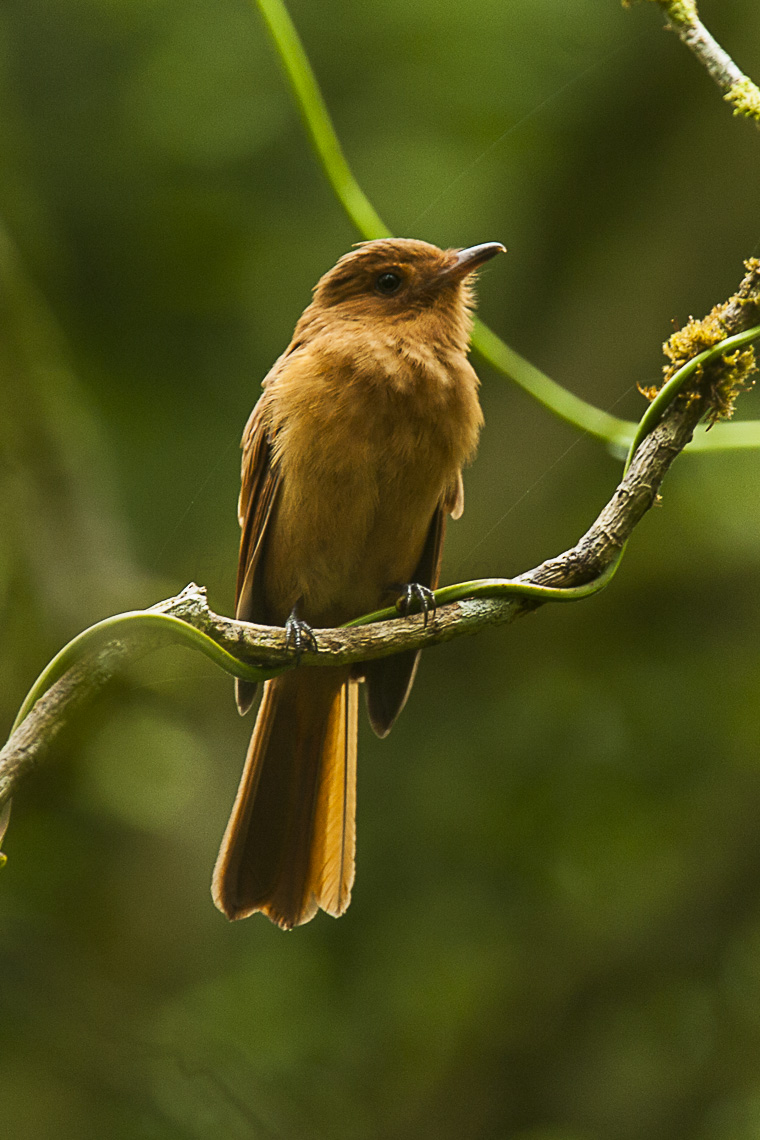
Wikipedia: Rufous mourner Source: WIKIPEDIA
Rufous_Mourner_-_Panama_H8O0032.jpg

Description
Other Details
DetailsNorthern bentbill (Oncostoma cinereigulare)
Profile Wikipedia Xeno-Canto YouTube

Wikipedia: Northern bentbill Source: WIKIPEDIA
1200px-Northern_Bentbill_%28Oncostoma_cinereigulare%29_%285771914809%29.jpg

Description
Other Details
DetailsRoyal flycatcher (Onychorhynchus coronatus)
Profile Wikipedia Xeno-Canto YouTube

Wikipedia: Royal flycatcher Source: WIKIPEDIA
Onychorhynchus_coronatus_-_Amazonian_Royal_Flycatcher.JPG

Description
Other Details
DetailsStub-tailed spadebill (Platyrinchus cancrominus)
Profile Wikipedia Xeno-Canto YouTube
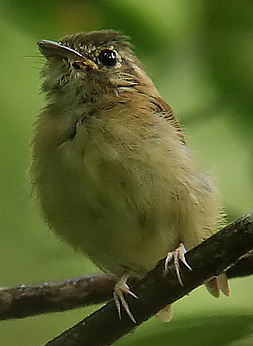
Wikipedia: Stub-tailed spadebill Source: WIKIPEDIA
Flickr_-_Rainbirder_-_Stub-tailed_Spadebill_%28Platyrinchus_cancrominus%29_%281%29.jpg

Description
Other Details
DetailsYellow-olive flycatcher (Tolmomyias sulphurescens)

Wikipedia: Yellow-olive flycatcher Source: WIKIPEDIA
Tolmomyias_sulphurescens_-Parque_Estadual_da_Cantareira%2C_Sao_Paulo%2C_Brazil-8.jpg

Description
Other Details
DetailsSlate-headed tody-flycatcher (Poecilotriccus sylvia)
Profile Wikipedia Xeno-Canto YouTube

Wikipedia: Slate-headed tody-flycatcher Source: WIKIPEDIA
Slaty-headed_Tody-Flycatcher_%28Poecilotriccus_sylvia%29_%288079753320%29.jpg

Description
Other Details
DetailsEye-ringed flatbill (Rhynchocyclus brevirostris)
Profile Wikipedia Xeno-Canto YouTube

Wikipedia: Eye-ringed flatbill Source: WIKIPEDIA
166_6794eyeringedflatbill.jpg

Description
Other Details
DetailsStreaked flycatcher / Südlicher Fleckenmaskentyrann (Myiodynastes maculatus)
Profile Wikipedia Xeno-Canto YouTube
Streaked flycatcher. 2020-02-20 14:53:44 Source: OTHER
20200220_145344-DSC_0303 streaked flycatcher.JPG
Panama
NIKON D5600
ISO 800
Exposure 0.001
Description
We saw this at Los Lagartos Restaurant on the grounds of Gamboa Rainforest Resort in Panama.General:
Other Details
DetailsSulphur-bellied flycatcher (Myiodynastes luteiventris)
Profile Wikipedia Audubon AllAboutBirds Xeno-Canto YouTube
Sulphur-bellied flycatcher, Ecotucan. 2023-04-01 09:30:12 Source: OTHER
20230401_093012-DSC_0780 Sulphur-bellied flycatcher, Ecotucan.JPG
Yucatan
NIKON D5600
ISO 280
Exposure 1/2000
Description
Other Details
DetailsGreat kiskadee / Schwefelmaskentyrann (Pitangus sulphuratus)
Profile Wikipedia A-Z Animals Audubon AllAboutBirds Xeno-Canto YouTube
Great kiskadee bird eating fruit. 2018-02-26 10:28:58 Source: OTHER
20180226_102858-DSC_0348 Great kiskadee bird eating fruit.JPG
Costa Rica
NIKON D3100
ISO 800
Exposure 0.002
Description
Other Details
DetailsNorthern beardless-tyrannulet (Camptostoma imberbe)
Profile Wikipedia Audubon AllAboutBirds Xeno-Canto YouTube

Wikipedia: Northern beardless-tyrannulet Source: WIKIPEDIA
1200px-Northern_Beardless-Tyrannulet_%2818560065092%29.jpg

Description
Other Details
DetailsYellow-bellied tyrannulet (Ornithion semiflavum)
Profile Wikipedia Xeno-Canto YouTube

Wikipedia: Yellow-bellied tyrannulet Source: WIKIPEDIA
1200px-Ornithion_semiflavum_1902.jpg

Description
Other Details
DetailsBright-rumped attila (Attila spadiceus)
Profile Wikipedia Xeno-Canto YouTube

Wikipedia: Bright-rumped attila Source: WIKIPEDIA
1200px-Attila_spadiceus.jpg

Description
Other Details
DetailsPiratic flycatcher (Legatus leucophaius)
Profile Wikipedia Xeno-Canto YouTube
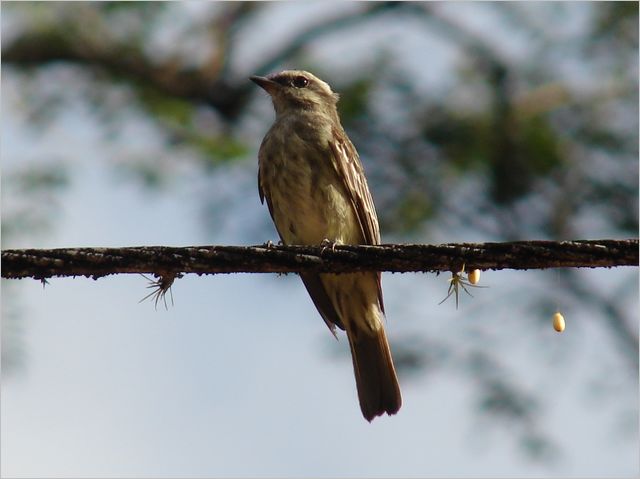
Wikipedia: Piratic flycatcher Source: WIKIPEDIA
Piratic_flycatcher.jpg

Description
Other Details
DetailsBoat-billed flycatcher (Megarynchus pitangua)
Profile Wikipedia Xeno-Canto YouTube
Boat billed flycatcher has a much bigger beak than other yellow birds, photo at Ecotucan. 2023-03-31 08:05:34 Source: OTHER
20230331_080534-DSC_0490 Boat billed flycatcher has a much bigger beak than other yellow birds, photo at Ecotucan.JPG
Yucatan
NIKON D5600
ISO 400
Exposure 0.001
Description
Other Details
DetailsSocial flycatcher (Myiozetetes similis)
Profile Wikipedia Xeno-Canto YouTube
MerlinBirdID suggests social flycatcher at botanical garden, Puerto Morelos 2. 2023-03-27 11:50:34 Source: OTHER
20230327_115034-DSC_1043 Merlin BirdID suggests social flycatcher at botanical garden, Puerto Morelos 2.JPG
Yucatan
NIKON D5600
ISO 400
Exposure 0.001
Description
Other Details
DetailsCozumel thrasher / Cozumelspottdrossel (Toxostoma guttatum)
Profile Wikipedia Xeno-Canto YouTube

Wikipedia: Cozumel thrasher Source: WIKIPEDIA
1200px-Naturalis_Biodiversity_Center_-_RMNH.AVES.128765_2_-_Toxostoma_guttatum_%28Ridgway%2C_1885%29_-_Mimidae_-_bird_skin_specimen.jpeg

Description
EndemicOther Details
DetailsNorthern mockingbird / Gartenspottdrossel (Mimus polyglottos)
Northern mockingbird with its very long legs and tails, Cherrywood Court. 2021-06-17 05:53:30 Source: OTHER
20210617_055330-DSC_0733 (2) XXXXX Northern mockingbird with its very long legs and tails, Cherrywood Court.JPG
Cherrywood
NIKON D5600
ISO 400
Exposure 0.001
Description
General:Other Details
Vocalisation
Song: Automatically generated from Xeno-Canto recording. Song attributes: Frequency:♫ 2024-09-18 12:41:00 MerlinSoundId Northern mockingbird - New Jersey. Source: OTHER 2024-09-18 12_41 MerlinSoundId Northern mockingbird - New Jersey.mp3 New Jersey (song)
Details
Tropical mockingbird (Mimus gilvus)
Profile Wikipedia Xeno-Canto YouTube
Tropical mockingbird in Puerto Morelos. 2023-03-26 16:27:30 Source: OTHER
20230326_162730-DSC_0922 Tropical mockingbird in Puerto Morelos.JPG
Yucatan
NIKON D5600
ISO 500
Exposure 0.001
Description
Other Details
DetailsGrey catbird / Katzendrossel (Dumetella carolinensis)
Gray catbird. 2022-04-30 09:51:08 Source: OTHER
20220430_095108-DSC_0876 Gray catbird.JPG
Maryland
NIKON D5600
ISO 800
Exposure 0.001
First observed in Cockeysville on 2021-06-11.
Description
Other Details
Vocalisation
Song: Automatically generated from Xeno-Canto recording. Song attributes: Frequency:♫ 2021-06-19 07:38:01 Morning at Cherrywood Court - northern cardinal, gray catbirds, song sparrow. Source: OTHER 2021-06-19 07.38.01 morning at Cherrywood Court - northern cardinal, gray catbirds, song sparrow.mp3 Cherrywood (song)
Details
Black catbird (Melanoptila glabrirostris)
Profile Wikipedia Xeno-Canto YouTube
Wikipedia: Black catbird Source: WIKIPEDIA
Melanoptila_glabrirostris_on_Ambergris_Caye_20120125_by_sbachman725.JPG
Description
Other Details
DetailsProfile Wikipedia A-Z Animals Audubon AllAboutBirds Xeno-Canto YouTube
House wren. 2022-05-05 08:41:48 Source: OTHER
20220505_084148-DSC_0371 House wren.JPG
Maryland
NIKON D5600
ISO 1250
Exposure 0.002
First observed in Cockeysville on 2022-05-03.
Description
General:Other Details
Vocalisation
Song: Automatically generated from Xeno-Canto recording. Song attributes: Frequency:♫ 2022-05-03 10:31:53 Source: BirdNet 20220503_103153 birdnet - House Wren - 2022-05-03 10:31:53 - House Wren - Cockeysville.mp3 Cockeysville (song)
Details
Profile Wikipedia Xeno-Canto YouTube

Wikipedia: Band-backed wren Source: WIKIPEDIA
1200px-Campylorhynchus_zonatus.jpg

Description
Other Details
DetailsProfile Wikipedia Xeno-Canto YouTube

Wikipedia: Yucatan wren Source: WIKIPEDIA
1200px-Matraca_yucateca_cropped.jpg

Description
EndemicOther Details
DetailsProfile Wikipedia Audubon AllAboutBirds Xeno-Canto YouTube
Carolina wren, Cromwell Valley Park. 2021-06-18 10:15:06 Source: OTHER
20210618_101506-DSC_0871 (2) Carolina wren, Cromwell Valley Park.JPG
Maryland
NIKON D5600
ISO 1000
Exposure 1/500
First observed in Cockeysville on 2021-06-13.
Description
General:Other Details
Vocalisation
Song: Automatically generated from Xeno-Canto recording. Song attributes: Frequency:♫ 2022-04-29 08:33:28 Carolina wren sings Figaro.
Calls: Automatically generated from Xeno-Canto recording. - but really OWN_VIA_BIRDNET
♫ 2021-06-13 13:46:05 Source: BirdNet 20210613_134605 birdnet 1643 - Carolina Wren, uncertain, call - Carolina Wren - Cockeysville.mp3 Cockeysville (call)
Call attributes: song Frequency: ,
Details
Profile Wikipedia Xeno-Canto YouTube

Wikipedia: White-breasted wood-wren Source: WIKIPEDIA
1200px-Henicorhina_leucosticta_%28Cucarachero_pechiblanco%29_-_Juvenil_%2814037225664%29.jpg

Description
Other Details
Details
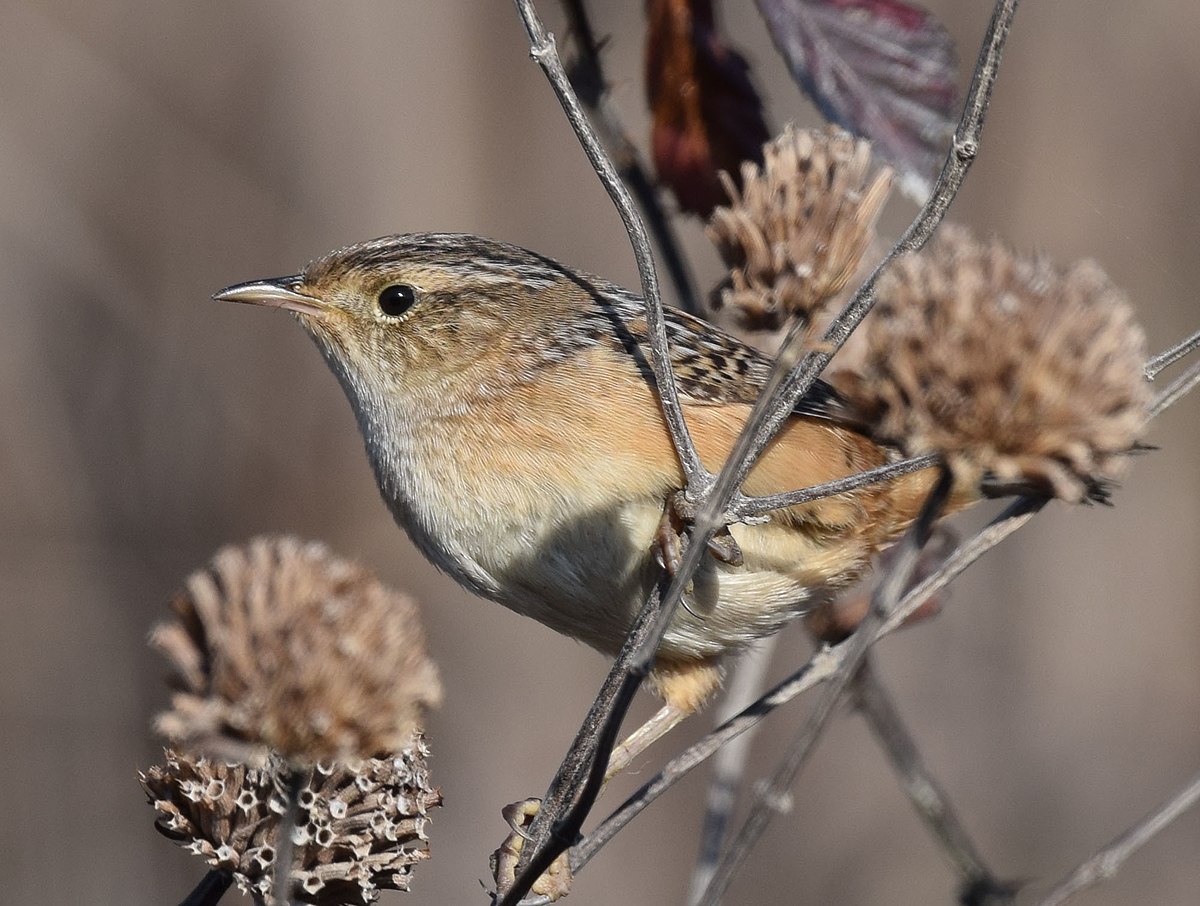
Wikipedia: Sedge wren Source: WIKIPEDIA
1200px-Sedge_Wren_%2831204304001%29.jpg

Description
Other Details
DetailsDescription
Other Details
DetailsProfile Wikipedia Xeno-Canto YouTube

Wikipedia: White-bellied wren Source: WIKIPEDIA
1200px-White-bellied_Wren_%28Uropsila_leucogastra%29_%287223082950%29.jpg

Description
Other Details
DetailsDescription
General:Other Details
DetailsProfile Wikipedia Audubon AllAboutBirds Xeno-Canto YouTube
Blue-gray gnatcatcher. 2023-04-16 09:34:24 Source: OTHER
20230416_093424-DSC_0878 Blue-gray gnatcatcher.JPG
Yucatan
NIKON D5600
ISO 400
Exposure 0.001
First observed in Maryland on 2022-04-29.
Description
Other Details
Vocalisation
Song: Automatically generated from Xeno-Canto recording. Song attributes: Frequency:♫ 2022-04-29 11:25:08 Source: BirdNet 20220429_112508 birdnet - Blue-gray Gnatcatcher - 2022-04-29 11:25:08 - Blue-gray Gnatcatcher - Baltimore.mp3 Maryland (song)
Details
Profile Wikipedia Xeno-Canto YouTube

Wikipedia: Yucatan gnatcatcher Source: WIKIPEDIA
1200px-Polioptila_albiventris_58963803.jpg

Description
EndemicOther Details
Details

Wikipedia: White-browed gnatcatcher Source: WIKIPEDIA
1200px-Naturalis_Biodiversity_Center_-_RMNH.AVES.139408_1_-_Polioptila_plumbea_bilineata_%28Bonaparte%2C_1851%29_-_Sylviidae_-_bird_skin_specimen.jpeg

Description
Other Details
DetailsDescription
Other Details
DetailsIvory-billed woodcreeper (Xiphorhynchus flavigaster)
Profile Wikipedia Xeno-Canto YouTube

Wikipedia: Ivory-billed woodcreeper Source: WIKIPEDIA
1200px-Ivory-Billed_Woodcreeper.jpg

Description
General:Other Details
DetailsStreak-headed woodcreeper (Lepidocolaptes souleyetii)
Profile Wikipedia Xeno-Canto YouTube
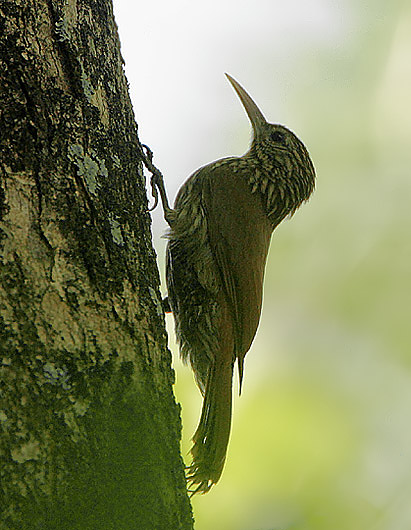
Wikipedia: Streak-headed woodcreeper Source: WIKIPEDIA
Flickr_-_Rainbirder_-_Streak-headed_Woodcreeper_%28Lepidocolaptes_souleyetii%29.jpg

Description
Other Details
DetailsOlivaceous woodcreeper (Sittasomus griseicapillus)
Profile Wikipedia Xeno-Canto YouTube

Wikipedia: Olivaceous woodcreeper Source: WIKIPEDIA
Sittasomus_griseicapillus_Olivaceous_Woodcreeper.jpg

Description
Other Details
DetailsNorthern barred-woodcreeper (Dendrocolaptes sanctithomae)
Profile Wikipedia Xeno-Canto YouTube

Wikipedia: Northern barred-woodcreeper Source: WIKIPEDIA
Flickr_-_Rainbirder_-_Northern_Barred_Woodcreeper_%28Dendrocolaptes_sanctithomae%29.jpg

Description
Other Details
DetailsRuddy woodcreeper (Dendrocincla homochroa)
Profile Wikipedia Xeno-Canto YouTube

Wikipedia: Ruddy woodcreeper Source: WIKIPEDIA
1200px-Dendrocincla_homochroa_imported_from_iNaturalist_19_May_2019.jpg

Description
Other Details
DetailsTawny-winged woodcreeper (Dendrocincla anabatina)
Profile Wikipedia Xeno-Canto YouTube

Wikipedia: Tawny-winged woodcreeper Source: WIKIPEDIA
Tawny-winged_Woodcreeper_-_Los_Cusingos_-_Costa_Rica_MG_7534_%2826669716916%29.jpg

Description
Other Details
DetailsBlack-faced antthrush (Formicarius analis)
Profile Wikipedia Xeno-Canto YouTube

Wikipedia: Black-faced antthrush Source: WIKIPEDIA
Black-faced_Antthrush_-_Rio_Tigre_-_Costa_Rica_%2826631229751%29.jpg

Description
Other Details
DetailsMayan antthrush (Formicarius moniliger)
Profile Wikipedia Xeno-Canto YouTube

Wikipedia: Mayan antthrush Source: WIKIPEDIA
1200px-Naturalis_Biodiversity_Center_-_RMNH.AVES.120521_-_Formicarius_analis_moniliger_Sclater%2C_1856_-_Formicariidae_-_bird_skin_specimen.jpeg

Description
Other Details
DetailsDusky antbird (Cercomacroides tyrannina)

Wikipedia: Dusky antbird Source: WIKIPEDIA
Cercomacra_tyrannina_%28female%29_-NW_Ecuador-8.jpg

Description
General:Other Details
DetailsBarred antshrike / Binden-Ameisenwürger (Thamnophilus doliatus)
Profile Wikipedia Xeno-Canto YouTube

Wikipedia: Barred antshrike Source: WIKIPEDIA
1200px-Thamnophilus_doliatus_-Goias%2C_Brazil-8.jpg

Description
Other Details
DetailsRusset antshrike (Thamnistes anabatinus)
Profile Wikipedia Xeno-Canto YouTube
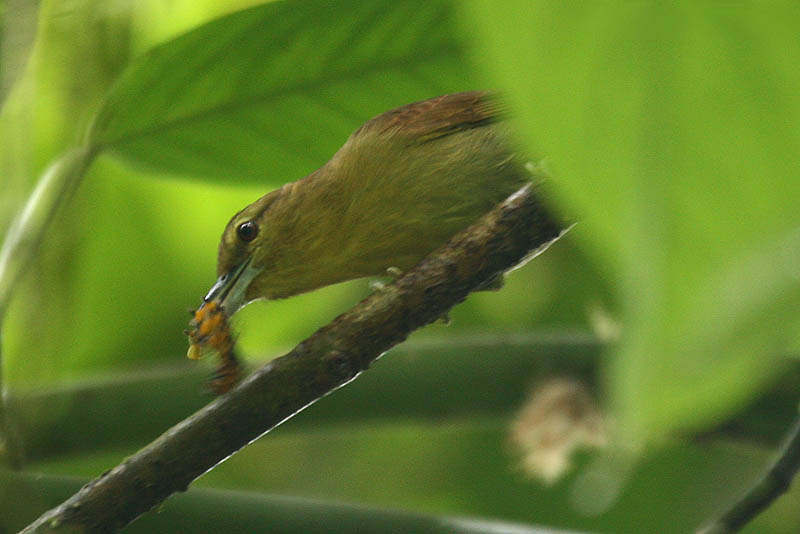
Wikipedia: Russet antshrike Source: WIKIPEDIA
Thamnistes_anabatinus_-NW_Ecuador-6.jpg

Description
Other Details
DetailsPlain antvireo (Dysithamnus mentalis)
Profile Wikipedia Xeno-Canto YouTube

Wikipedia: Plain antvireo Source: WIKIPEDIA
1200px-Dysithamnus_mentalis_-_Plain_Antvireo_%28male%29.JPG

Description
Other Details
DetailsDot-winged antwren (Microrhopias quixensis)
Profile Wikipedia Xeno-Canto YouTube
Wikipedia: Dot-winged antwren Source: WIKIPEDIA
Microrhopias_quixensis_-_Dot-winged_Antwren_%28male%29.JPG
Description
Other Details
DetailsNorthern schiffornis (Schiffornis veraepacis)
Profile Wikipedia Xeno-Canto YouTube

Wikipedia: Northern schiffornis Source: WIKIPEDIA
1200px-Schiffornis_veraepacis_%2815150857585%29.jpg

Description
Other Details
DetailsWhite-collared manakin (Manacus candei)
Profile Wikipedia Xeno-Canto YouTube

Wikipedia: White-collared manakin Source: WIKIPEDIA
Manacus_candei_-La_Selva_Biological_Station%2C_Costa_Rica_-male-8.jpg

Description
Other Details
DetailsRed-capped manakin (Ceratopipra mentalis)
Profile Wikipedia Xeno-Canto YouTube

Wikipedia: Red-capped manakin Source: WIKIPEDIA
Red-capped-manakin.png

Description
Other Details
DetailsCedar waxwing (Bombycilla cedrorum)
Profile Wikipedia A-Z Animals Audubon AllAboutBirds Xeno-Canto YouTube

Wikipedia: Cedar waxwing Source: WIKIPEDIA
Cedar_Waxwing_-_Bombycilla_cedrorum%2C_George_Washington%27s_Birthplace_National_Monument%2C_Colonial_Beach%2C_Virginia_%2839997434862%29.jpg

Description
Other Details
DetailsProfile Wikipedia Audubon AllAboutBirds Xeno-Canto YouTube
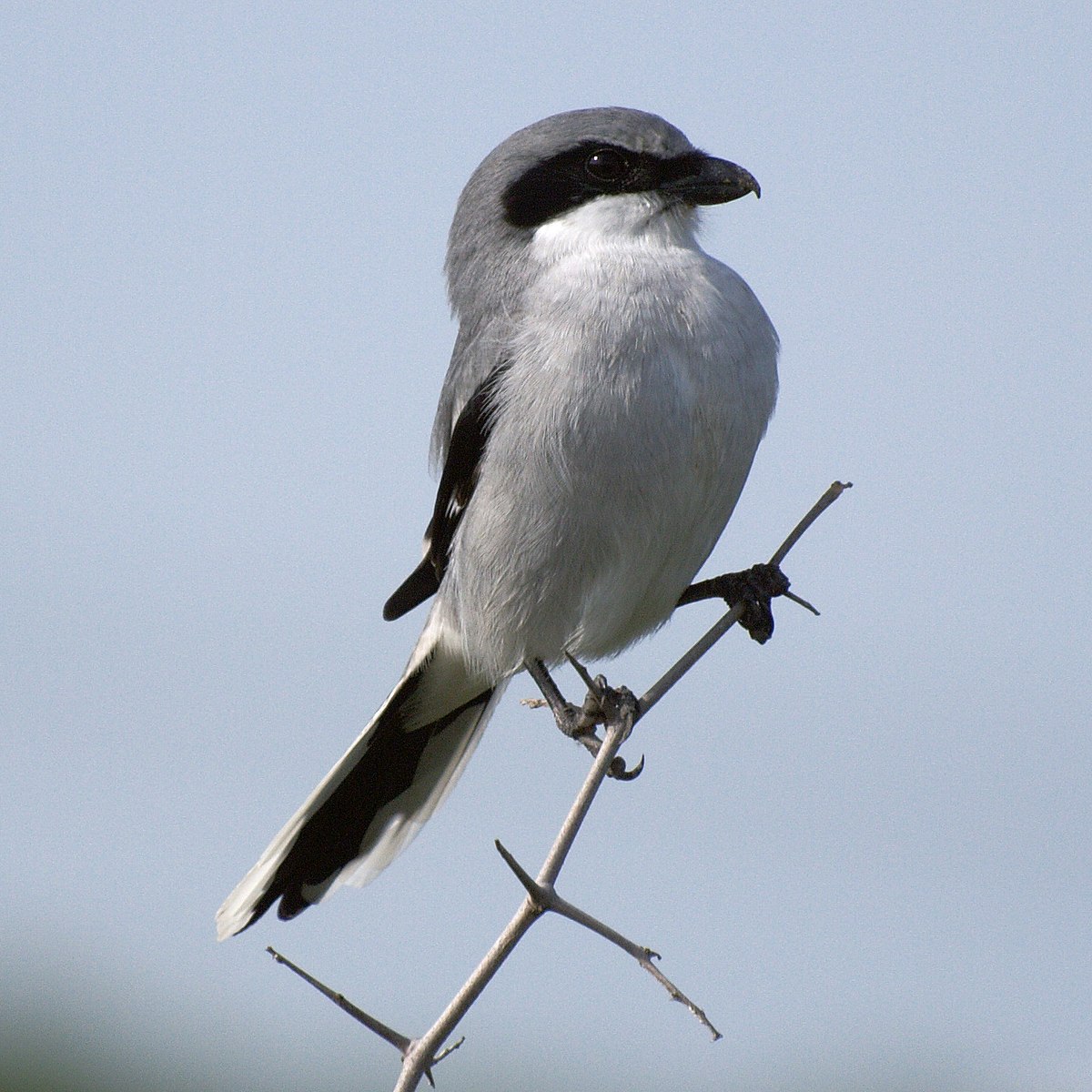
Wikipedia: Loggerhead shrike Source: WIKIPEDIA
1200px-Lanius_ludovicianus_-Texas_-USA-8-4c.jpg

Description
Other Details
Details

Wikipedia: Green jay Source: WIKIPEDIA
Cyanocorax_luxuosus_calling.jpg

Description
Other Details
Details
Arenal feeder 2 brown jays. 2018-02-27 13:24:36 Source: OTHER
20180227_132436-DSC_0628 arenal feeder 2 brown jays.JPG
Costa Rica
NIKON D3100
ISO 800
Exposure 0.002
Description
Other Details
DetailsProfile Wikipedia Xeno-Canto YouTube
Yucatan jay at Casa San Diego in Tulum. 2023-03-29 16:38:32 Source: OTHER
20230329_163832-DSC_0306 Yucatan jay at Casa San Diego in Tulum.JPG
Yucatan
NIKON D5600
ISO 400
Exposure 1/1600
Description
EndemicOther Details
DetailsProfile Wikipedia Xeno-Canto YouTube
Rufous-browed peppershrike in garden at Izamal. 2023-04-12 07:19:10 Source: OTHER
20230412_071910-DSC_0199 Rufous-browed peppershrike in garden at Izamal.JPG
Yucatan
NIKON D5600
ISO 450
Exposure 1/1000
Description
General:Other Details
DetailsProfile Wikipedia Audubon AllAboutBirds Xeno-Canto YouTube

Wikipedia: Yellow-throated vireo Source: WIKIPEDIA
1200px-Vireo-flavifrons-001.jpg

Description
Other Details
DetailsProfile Wikipedia Audubon AllAboutBirds Xeno-Canto YouTube

Wikipedia: Warbling vireo Source: WIKIPEDIA
WarblingVireo08.jpg

Description
Other Details
DetailsProfile Wikipedia Audubon AllAboutBirds Xeno-Canto BirdID NABU YouTube

Wikipedia: Red-eyed vireo Source: WIKIPEDIA
1200px-Vireo_olivaceus_-Madison_-Wisconsin_-USA-8.jpg

First observed in Cockeysville on 2021-06-13.
Description
This bird appears across the great seas in the following continents: Europe, North America, South America.Other Details
Vocalisation
Song: Automatically generated from Xeno-Canto recording. Song attributes: Frequency:♫ 2021-06-15 18:22:00 Source: BirdNet 20210615_182200 birdnet 1658 - Red-eyed Vireo, two-part song - Red-eyed Vireo - Cockeysville.mp3 Cockeysville (song)
Details

Wikipedia: Philadelphia vireo Source: WIKIPEDIA
Vireo_philadelphicus.jpg

Description
Other Details
DetailsProfile Wikipedia Audubon AllAboutBirds Xeno-Canto YouTube
White-eyed vireo. 2022-05-01 09:22:26 Source: OTHER
20220501_092226-DSC_0945 White-eyed vireo.JPG
Maryland
NIKON D5600
ISO 400
Exposure 0.001
First observed in Cockeysville on 2022-05-01.
Description
Other Details
Vocalisation
Song: Automatically generated from Xeno-Canto recording. Song attributes: Frequency:♫ 2022-05-01 09:28:06 Source: BirdNet 20220501_092806 birdnet - White-eyed Vireo - 2022-05-01 09:28:06 - White-eyed Vireo - Cockeysville.mp3 Cockeysville (song)
Details

Wikipedia: Bell's vireo Source: WIKIPEDIA
1200px-Bell%27s_Vireo.jpg

Description
Other Details
DetailsProfile Wikipedia Audubon AllAboutBirds Xeno-Canto YouTube
MerlinBirdID says yellow-green vireo, one of the many yellow birds, Ecotucan, Bacalar. 2023-03-31 07:37:58 Source: OTHER
20230331_073758-DSC_0450 Merlin BirdID says yellow-green vireo, one of the many yellow birds, Ecotucan, Bacalar.JPG
Yucatan
NIKON D5600
ISO 800
Exposure 1/1000
Description
Other Details
DetailsProfile Wikipedia Xeno-Canto YouTube

Wikipedia: Mangrove vireo Source: WIKIPEDIA
1200px-Vireo_pallens.jpg

Description
Other Details
DetailsProfile Wikipedia Xeno-Canto YouTube

Wikipedia: Cozumel vireo Source: WIKIPEDIA
1200px-Naturalis_Biodiversity_Center_-_RMNH.AVES.148605_1_-_Vireo_bairdi_Ridgway%2C_1885_-_Vireonidae_-_bird_skin_specimen.jpeg

Description
Endemic (country/region)Other Details
Details

Wikipedia: Yucatan vireo Source: WIKIPEDIA
1200px-Yucatan_Vireo_%286842666740%29.jpg

Description
Other Details
Details

Wikipedia: Green shrike-vireo Source: WIKIPEDIA
1200px-Vireolanius_pulchellus_-Panama-8a.jpg
Panama

Description
General:Other Details
Details

Wikipedia: Tawny-crowned greenlet Source: WIKIPEDIA
1200px-Hylophilus_ochraceiceps_-NBII_Image_Gallery-a00166.jpg

Description
Other Details
DetailsCrimson-collared tanager / Flammentangare (Ramphocelus sanguinolentus)
Profile Wikipedia Xeno-Canto YouTube
Crimson collared tanager. 2018-02-26 10:49:32 Source: OTHER
20180226_104932-DSC_0353 crimson collared tanager.JPG
Costa Rica
NIKON D3100
ISO 800
Exposure 0.001
Description
Other Details
DetailsSummer tanager (Piranga rubra)
Profile Wikipedia A-Z Animals Audubon AllAboutBirds Xeno-Canto YouTube
Arenal feeder summer tanager tenatative ID. 2018-02-27 12:58:26 Source: OTHER
20180227_125826-DSC_0575 arenal feeder summer tanager tenatative ID.JPG
Costa Rica
NIKON D3100
ISO 800
Exposure 0.001
Description
Other Details
DetailsScarlet tanager (Piranga olivacea)
Profile Wikipedia Audubon AllAboutBirds Xeno-Canto YouTube
Scarlet tanager. 2022-05-07 17:51:00 Source: OTHER
20220507_175100-DSC_0667 Scarlet tanager.JPG
Maryland
NIKON D5600
ISO 2500
Exposure 0.002
Description
Other Details
DetailsFlame-colored tanager (Piranga bidentata)
Profile Wikipedia Audubon AllAboutBirds Xeno-Canto YouTube

Wikipedia: Flame-colored tanager Source: WIKIPEDIA
1200px-Flame-colored_Tanager_2.jpg

Description
Other Details
DetailsRose-throated tanager (Piranga roseogularis)
Profile Wikipedia Xeno-Canto YouTube

Wikipedia: Rose-throated tanager Source: WIKIPEDIA
1200px-Piranga_roseogularis_64951842.jpg

Description
EndemicOther Details
DetailsGreen honeycreeper (Chlorophanes spiza)
Profile Wikipedia Xeno-Canto YouTube

Wikipedia: Green honeycreeper Source: WIKIPEDIA
1200px-Green_honey_creeper_%28Chlorophanes_spiza_spiza%29_male.jpg

Description
General:Other Details
DetailsGray-headed tanager (Eucometis penicillata)
Profile Wikipedia Xeno-Canto YouTube

Wikipedia: Gray-headed tanager Source: WIKIPEDIA
1200px-Eucometis_penicillata_-Manizales%2C_Caldas%2C_Colombia-8.jpg

Description
Other Details
DetailsRed-crowned ant-tanager (Habia rubica)
Profile Wikipedia Xeno-Canto YouTube

Wikipedia: Red-crowned ant-tanager Source: WIKIPEDIA
1200px-Habia_rubica_-_Red-crowned_Ant-Tanager_%28male%29.JPG

Description
Other Details
DetailsRed-throated ant-tanager (Habia fuscicauda)
Profile Wikipedia Xeno-Canto YouTube
Red throated ant tanager maybe. 2020-02-19 07:46:46 Source: OTHER
20200219_074646-DSC_0192 red throated ant tanager maybe.JPG
Panama
NIKON D5600
ISO 500
Exposure 1/1000
Description
Other Details
DetailsBlack-throated shrike-tanager (Lanio aurantius)
Profile Wikipedia Xeno-Canto YouTube

Wikipedia: Black-throated shrike-tanager Source: WIKIPEDIA
1200px-Black-throated_Shrike-Tanager%2C_Lanio_aurantius_%28cropped%29.jpg

Description
Other Details
DetailsWestern spindalis (Spindalis zena)
Profile Wikipedia Audubon AllAboutBirds Xeno-Canto YouTube

Wikipedia: Western spindalis Source: WIKIPEDIA
1200px-Western_spindalis_%28Spindalis_zena_pretrei%29_male.JPG

Description
General:Other Details
DetailsBananaquit (Coereba flaveola)
Profile Wikipedia Xeno-Canto YouTube
Possibly a bananaquit at the botanical garden, Puerto Morelos. 2023-03-27 11:43:00 Source: OTHER
20230327_114300-DSC_1017 Possibly a bananaquit at the botanical garden, Puerto Morelos.JPG
Yucatan
NIKON D5600
ISO 800
Exposure 1/800
Description
Other Details
DetailsYellow-faced grassquit (Tiaris olivaceus)
MerlinBirdID says yellow-faced grassquit. 2023-04-01 09:25:10 Source: OTHER
20230401_092510-DSC_0768 Merlin BirdID says yellow-faced grassquit.JPG
Yucatan
NIKON D5600
ISO 400
Exposure 0.001
Description
Other Details
DetailsMorelet's seedeater (Sporophila morelleti)
Profile Wikipedia Audubon AllAboutBirds Xeno-Canto YouTube

Wikipedia: Morelet's seedeater Source: WIKIPEDIA
Sporophila_torqueola.jpg

Description
Other Details
DetailsThick-billed seed-finch (Sporophila funerea)
Profile Wikipedia Xeno-Canto YouTube

Wikipedia: Thick-billed seed-finch Source: WIKIPEDIA
Thick-billed_Seed-Finch_-_Sarapiqui_-_Costa_Rica_MG_0887_%2826405624880%29.jpg

Description
Other Details
DetailsVariable seedeater (Sporophila corvina)
Profile Wikipedia Xeno-Canto YouTube

Wikipedia: Variable seedeater Source: WIKIPEDIA
Sporophila-corvina-002.jpg

Description
Other Details
DetailsBlue-black grassquit (Volatinia jacarina)

Wikipedia: Blue-black grassquit Source: WIKIPEDIA
Tiziu.jpg

Description
Other Details
DetailsGrassland yellow-finch (Sicalis luteola)
Profile Wikipedia Xeno-Canto YouTube

Wikipedia: Grassland yellow-finch Source: WIKIPEDIA
1200px-Sicalis_luteola.jpg

Description
Other Details
Details

Wikipedia: Grayish saltator Source: WIKIPEDIA
1200px-Grausaltator_.jpg

Description
Other Details
DetailsProfile Wikipedia Xeno-Canto YouTube
Black-headed saltator. 2023-04-17 13:29:26 Source: OTHER
20230417_132926-DSC_0951 Black-headed saltator.JPG
Yucatan
NIKON D5600
ISO 500
Exposure 1/1000
Description
Other Details
DetailsProfile Wikipedia Xeno-Canto YouTube

Wikipedia: Buff-throated saltator Source: WIKIPEDIA
1200px-Buff-throated_Saltator.jpg

Description
Other Details
DetailsProfile Wikipedia Xeno-Canto YouTube
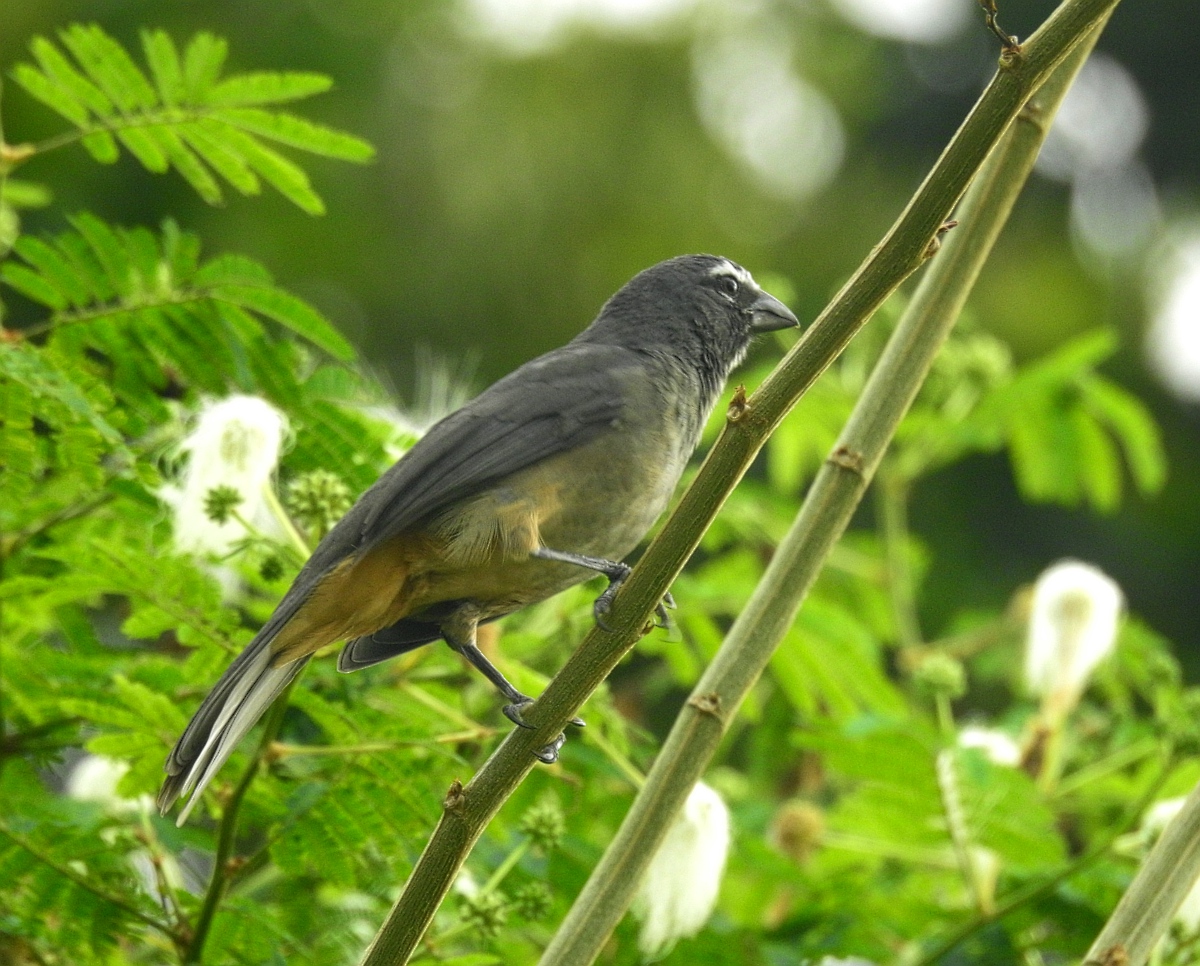
Wikipedia: Cinnamon-bellied saltator Source: WIKIPEDIA
Costa_Rica_DSCN5726-new_%2831129668435%29.jpg

Description
Other Details
Details
Blue gray tanager. 2020-02-18 09:21:16 Source: OTHER
20200218_092116-DSC_0951 blue gray tanager zoomed.JPG
Panama
NIKON D5600
ISO 720
Exposure 1/1000
Description
We saw this on the grounds of Gamboa Rainforest Resort.General:
Other Details
Details
Zoom one golden-hooded tanager on telephone wire. 2020-02-18 10:52:28 Source: OTHER
20200218_105228-DSC_0010 zoom one golden-hooded tanager on telephone wire.JPG
Panama
NIKON D5600
ISO 400
Exposure 1/1600
Description
We saw this on a nature tour on the grounds of Gamboa Rainforest Resort. I noted it as a honeycreeper, which it is not - not sure if my mistake or the guide's.General:
Other Details
Details
Wikipedia: Yellow-winged tanager Source: WIKIPEDIA
Yellow_Winged_Tanager.JPG
Description
Other Details
DetailsSwamp sparrow (Melospiza georgiana)
Profile Wikipedia Audubon AllAboutBirds Xeno-Canto YouTube

Wikipedia: Swamp sparrow Source: WIKIPEDIA
1200px-Melospiza_georgiana_MN1.jpg

Description
Other Details
DetailsLincoln's sparrow / Lincoln-Ammer (Melospiza lincolnii)
Profile Wikipedia Audubon AllAboutBirds Xeno-Canto YouTube

Wikipedia: Lincoln's sparrow Source: WIKIPEDIA
1200px-Lincoln%27s_Sparrow_at_bird_feeder.jpg

Description
Other Details
DetailsGrasshopper sparrow / Heuschreckenammer (Ammodramus savannarum)
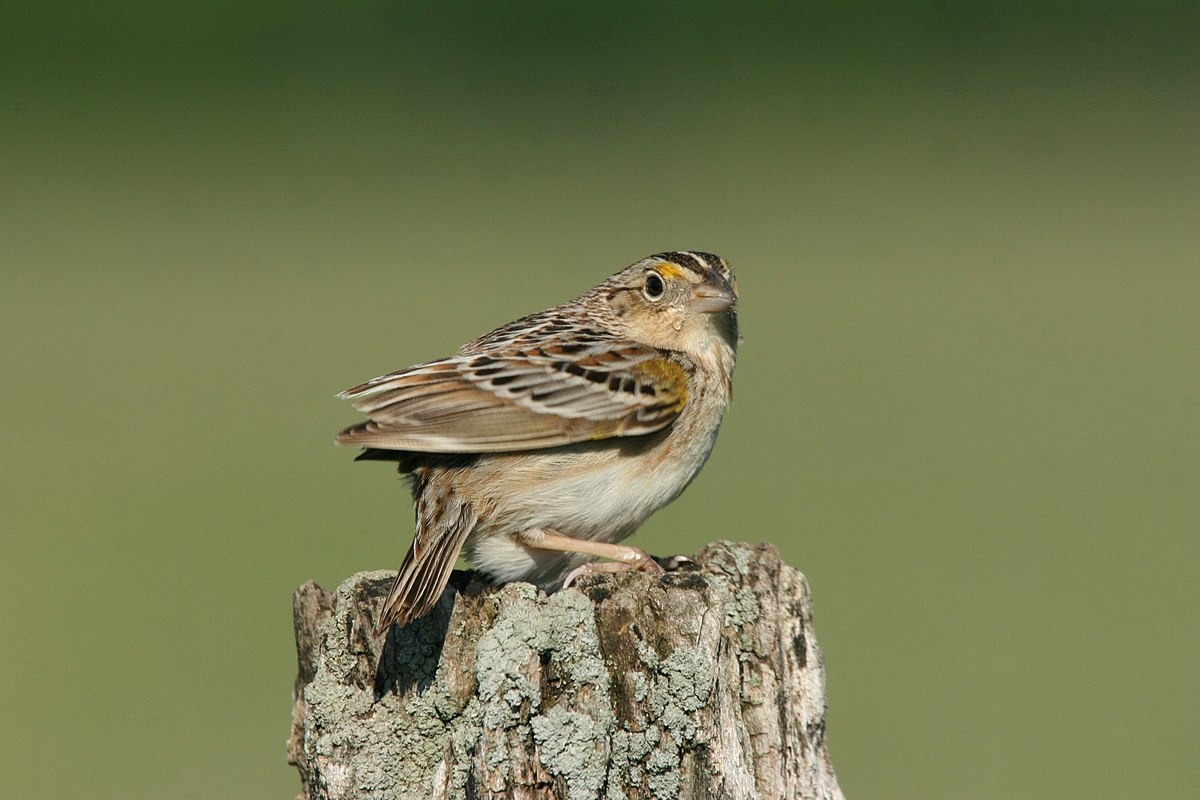
Wikipedia: Grasshopper sparrow Source: WIKIPEDIA
1200px-Grasshopper_Sparrow.jpg

Description
Other Details
DetailsOlive sparrow (Arremonops rufivirgatus)
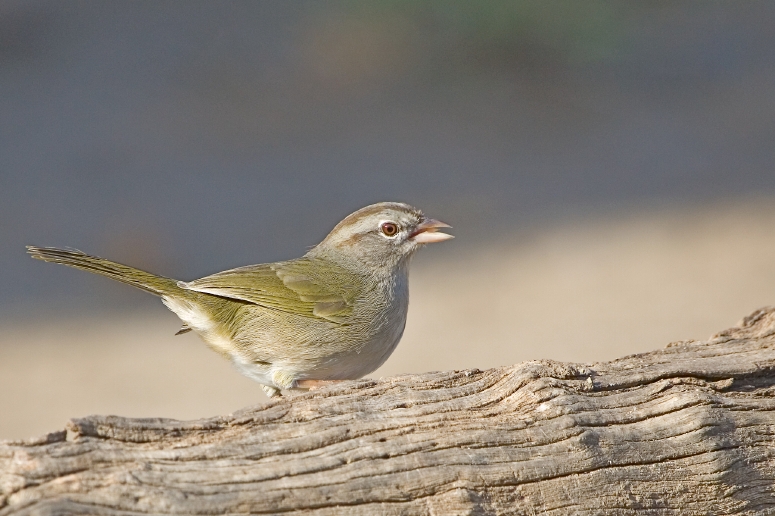
Wikipedia: Olive sparrow Source: WIKIPEDIA
Arremonops_rufivirgatus.jpg

Description
Other Details
DetailsGreen-backed sparrow (Arremonops chloronotus)

Wikipedia: Green-backed sparrow Source: WIKIPEDIA
1200px-Arremonops_chloronotus.jpg

Description
Other Details
DetailsLark sparrow (Chondestes grammacus)
Profile Wikipedia Audubon AllAboutBirds Xeno-Canto YouTube

Wikipedia: Lark sparrow Source: WIKIPEDIA
LarkSparrow.jpg

Description
General:Other Details
DetailsSavannah sparrow (Passerculus sandwichensis)

Wikipedia: Savannah sparrow Source: WIKIPEDIA
1200px-Passerculus_sandwichensis_crop.jpg

Description
Other Details
DetailsDescription
Other Details
DetailsGull-billed tern / Lachseeschwalbe (Gelochelidon nilotica)
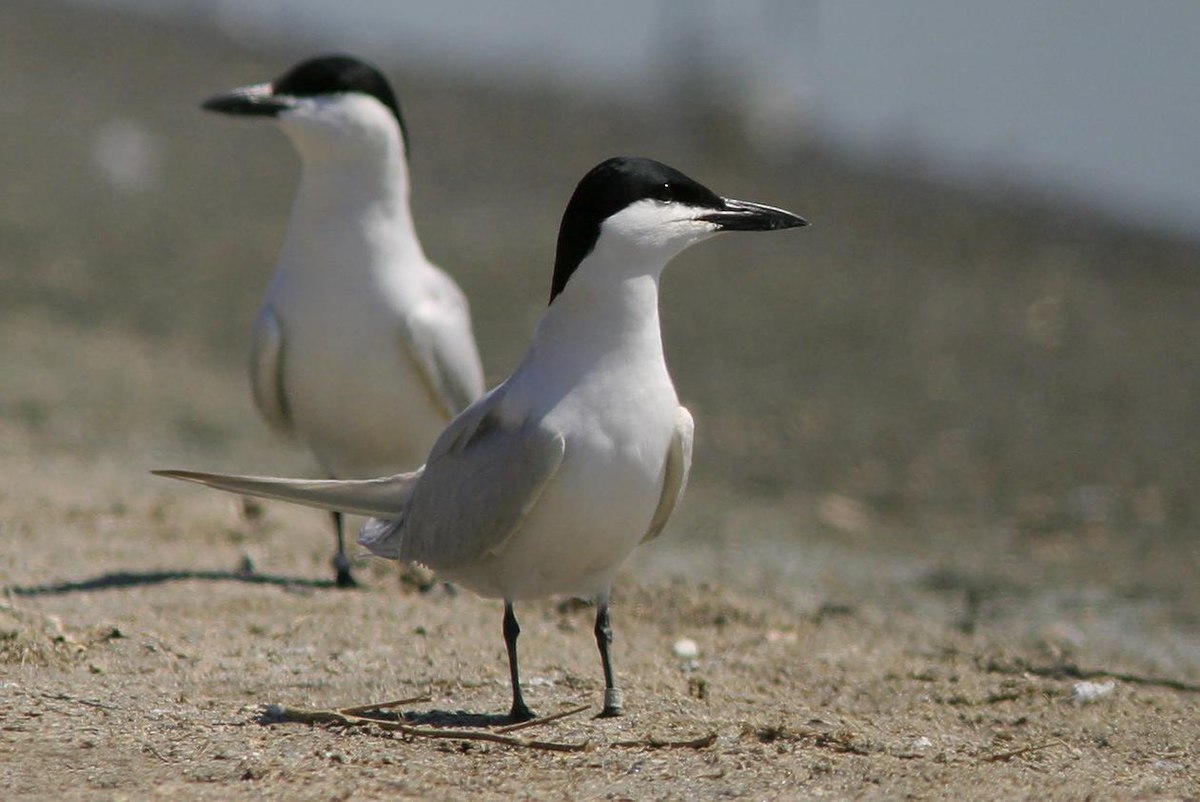
Wikipedia: Gull-billed tern Source: WIKIPEDIA
1200px-Gelochelidon_nilotica_vanrossemi.jpg

Description
This bird appears across the great seas in the following continents: Europe, North America, South America, Africa, Asia.Vocalization:
Seasonal behavior
Seldom seen hereOther Details
Physical details
Physical details: length=35-38 cm, wingspan=100-115 cm, weight=190-260 gDetails
Black skimmer / Schwarzmantel-Scherenschnabel (Rynchops niger)
Profile Wikipedia Xeno-Canto YouTube
Black skimmers near Las Coloradas. 2023-04-15 10:11:18 Source: OTHER
20230415_101118-DSC_0621 Black skimmers near Las Coloradas.JPG
Yucatan
NIKON D5600
ISO 400
Exposure 1/2000
Description
This bird appears across the great seas in the following continents: North America, South America, Africa.General:
Other Details
DetailsBlack tern / Trauerseeschwalbe (Chlidonias niger)
Profile Wikipedia Vogelwarte BirdLife ZH ornitho.ch Audubon AllAboutBirds Xeno-Canto BirdID NABU YouTube
Trauerseeschwalbe im Flug. 2024-08-24 19:17:50 Klingnauer Stausee (man-made lake)
Canon EOS R7 200-800mm
Shutter speed 10
ISO 800
Exposure 1/1000
First observed in 🇨🇭 on 2024-08-24.
Description
This bird appears across the great seas in the following continents: Europe, North America, South America, Africa.Vocalization:
Other Details
Physical details
Physical details: length=22-24 cm, wingspan=64-68 cm, weight=60-86 gHabitats: River and lake Details
Brown noddy / Noddi (Anous stolidus)

Wikipedia: Brown noddy Source: WIKIPEDIA
1200px-Common_Noddy_1_-_Michaelmas.jpg

Description
This bird appears across the great seas in the following continents: North America, South America, Africa, Asia.General:
Other Details
DetailsLaughing gull / Aztekenmöwe (Leucophaeus atricilla)
Our gang - laughing gull, double-crested cormorants, brown pelicans - at Las Coloradas, Rio Lagartos. 2023-04-15 09:11:04 Source: OTHER
20230415_091104-DSC_0541 Our gang - laughing gull, double-crested cormorants, brown pelicans - at Las Coloradas, Rio Lagartos.JPG
Yucatan
NIKON D5600
ISO 360
Exposure 0.001
Description
This bird appears across the great seas in the following continents: Europe, North America, South America, Australia.vagrant
Other Details
DetailsCaspian tern / Raubseeschwalbe (Hydroprogne caspia)

Wikipedia: Caspian tern Source: WIKIPEDIA
1200px-Sterna-caspia-010.jpg

Description
This bird appears across the great seas in the following continents: Europe, North America, South America, Africa, Asia.General:
Other Details
Physical details
Physical details: length=47-54 cm, wingspan=130-145 cm, weight=500-750 gHabitats: River and lake Details
Sooty tern / Rußseeschwalbe (Onychoprion fuscatus)

Wikipedia: Sooty tern Source: WIKIPEDIA
1200px-Sterna_fuscata.JPG

Description
This bird appears across the great seas in the following continents: Europe, North America, South America, Africa.Other Details
DetailsBridled tern / Zügelseeschwalbe (Onychoprion anaethetus)
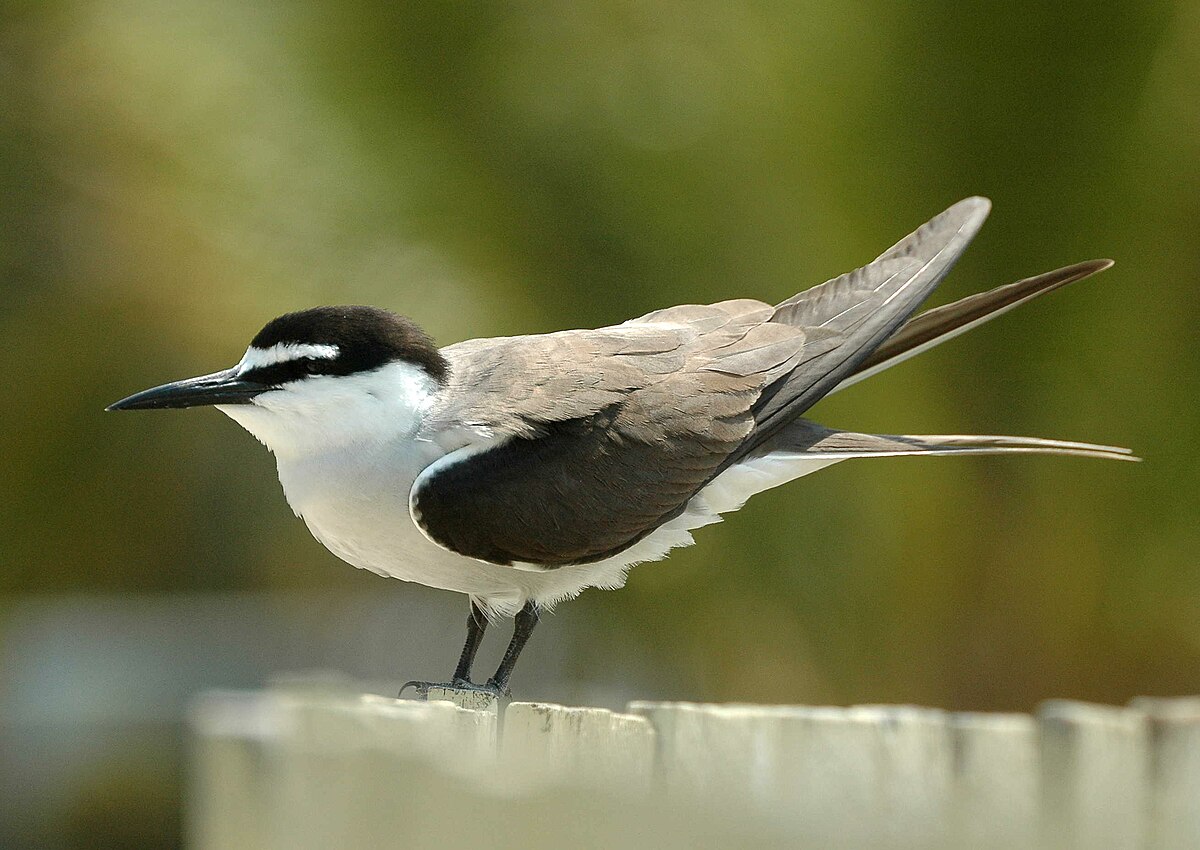
Wikipedia: Bridled tern Source: WIKIPEDIA
1200px-Bridled_Tern_LEI_Nov06.JPG

Description
This bird appears across the great seas in the following continents: North America, South America, Africa, Asia.Other Details
DetailsLeast tern / Amerikanische Zwergseeschwalbe (Sternula antillarum)

Wikipedia: Least tern Source: WIKIPEDIA
1200px-Least_Tern_%28Sternula_antillarum%29_RWD1.jpg

Description
Other Details
DetailsElegant tern (Thalasseus elegans)

Wikipedia: Elegant tern Source: WIKIPEDIA
1200px-Elegant_Tern_Bolsa_Chica.jpg

Description
This bird appears across the great seas in the following continents: North America, South America, Africa.Other Details
DetailsSandwich tern / Brandseeschwalbe (Thalasseus sandvicensis)
Sandwich tern in flight with distinct yellow tipped bill. 2023-09-27 12:28:34 Source: OTHER
20230927_122834-DSC_0687 Sandwich tern in flight with distinct yellow tipped bill.JPG
Florida
NIKON D5600
ISO 400
Exposure 0.001
First observed in Costa Rica on 2018-03-11.
Description
This bird appears across the great seas in the following continents: Europe, North America, South America, Africa.Other Details
Physical details
Physical details: length=36-41 cm, wingspan=95-105 cm, weight=215-275 gHabitats: River and lake Details
Royal tern (Thalasseus maximus)
Hail, hail, the gang's all here at Madeira Beach - orange-beaked royal tern, black and yellow-beaked sandwich terns, a willet and two sanderlings. 2023-09-27 12:37:26 Source: OTHER
20230927_123726-DSC_0720 Hail, hail, the gang's all here at Madeira Beach - orange-beaked royal tern, black and yellow-beaked sandwich terns, a willet and two sanderlings.JPG
Madeira
NIKON D5600
ISO 400
Exposure 0.001
Description
This bird appears across the great seas in the following continents: Europe, North America, South America, Africa.Other Details
DetailsSemipalmated plover / Amerika-Sandregenpfeifer (Charadrius semipalmatus)
Profile Wikipedia eBird Audubon AllAboutBirds Xeno-Canto BirdID NABU YouTube

Wikipedia: Semipalmated plover Source: WIKIPEDIA
Semipalmated_Plover.jpg

Description
This bird appears across the great seas in the following continents: Europe, North America, South America, Australia.vagrant
Other Details
DetailsPiping plover (Charadrius melodus)
Profile Wikipedia Audubon AllAboutBirds Xeno-Canto YouTube

Wikipedia: Piping plover Source: WIKIPEDIA
1200px-Charadrius-melodus-004_edit.jpg

Description
General:Other Details
DetailsSnowy plover (Charadrius nivosus)
Profile Wikipedia Audubon AllAboutBirds Xeno-Canto YouTube

Wikipedia: Snowy plover Source: WIKIPEDIA
1200px-Snowy_Plover_srgb.jpg

Description
Other Details
DetailsKilldeer / Keilschwanz-Regenpfeifer (Charadrius vociferus)

Wikipedia: Killdeer Source: WIKIPEDIA
Killdeer.jpg

Description
This bird appears across the great seas in the following continents: Europe, North America, South America.Other Details
DetailsWilson's plover (Charadrius wilsonia)
Profile Wikipedia Audubon AllAboutBirds Xeno-Canto YouTube

Wikipedia: Wilson's plover Source: WIKIPEDIA
1200px-Wilson%27s_Plover_male_RWD2.jpg

Description
Other Details
DetailsCollared plover (Charadrius collaris)
Profile Wikipedia Xeno-Canto YouTube

Wikipedia: Collared plover Source: WIKIPEDIA
1200px-Charadrius_collaris.jpg

Description
Other Details
DetailsAmerican golden-plover (Pluvialis dominica)
Profile Wikipedia Vogelwarte BirdLife ZH ornitho.ch Audubon AllAboutBirds Xeno-Canto BirdID NABU YouTube
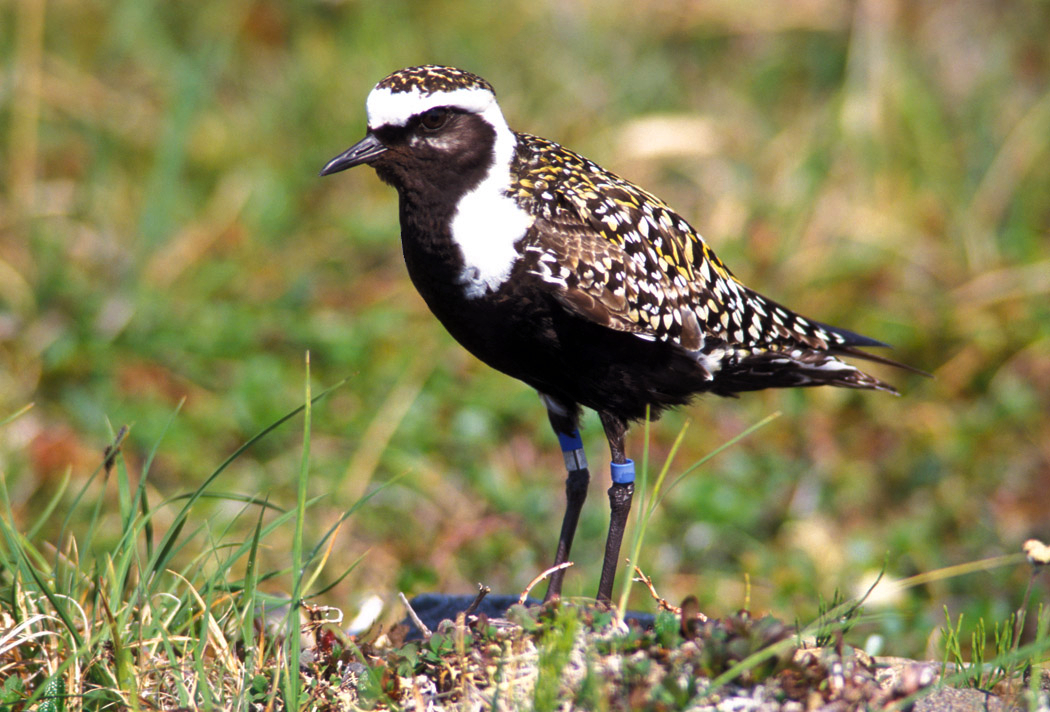
Wikipedia: American golden-plover Source: WIKIPEDIA
Pluvialis_dominica1.jpg

Description
This bird appears across the great seas in the following continents: Europe, North America, South America, Africa.Other Details
DetailsBlack-bellied plover / Kiebitzregenpfeifer (Pluvialis squatarola)
Black-bellied plover eggs. 2016-09-25 16:51:00 Source: OTHER
20160925_165100-DSC_0709 Black-bellied plover eggs.JPG
Botswana
NIKON D3100
ISO 800
Exposure 0.001
Description
This bird appears across the great seas in the following continents: Europe, North America, South America, Africa, Asia.Other Details
Physical details
Physical details: length=27-30 cm, wingspan=71-83 cm, weight=190-280 gHabitats: Wetland Details
Red knot / Knutt (Calidris canutus)
Profile Wikipedia Vogelwarte BirdLife ZH ornitho.ch Audubon AllAboutBirds Xeno-Canto BirdID NABU YouTube
Red knots, according to MerlinBirdID - underway to somewhere better at Las Coloradas. 2023-04-15 09:34:08 Source: OTHER
20230415_093408-DSC_0552 Red knots, according to Merlin BirdID - underway to somewhere better at Las Coloradas.JPG
Yucatan
NIKON D5600
ISO 400
Exposure 0.001
Description
This bird appears across the great seas in the following continents: Europe, North America, South America, Africa, Asia.Other Details
Physical details
Physical details: length=23-25 cm, wingspan=57-61 cm, weight=110-160 gHabitats: Wetland Details
Sanderling / Sanderling (Calidris alba)
Profile Wikipedia Vogelwarte BirdLife ZH ornitho.ch Audubon AllAboutBirds Xeno-Canto BirdID NABU YouTube
Wahrscheinlich Sanderling - there must be a better photo. 2024-09-14 15:34:48 Fanel/Chablais de Cudrefin und La Sauge
First observed in 🇨🇭 on 2024-09-14.
Description
This bird appears across the great seas in the following continents: Europe, North America, South America, Africa, Asia.Seasonal behavior
Presence: 04-11 - 10-27 Migration in: 10-07 - 10-15 Migration out: 04-20 - 05-31Other Details
Physical details
Physical details: length=20-21 cm, wingspan=40-45 cm, weight=44-70 gHabitats: Wetland Details
Dunlin / Alpenstrandläufer (Calidris alpina)
Profile Wikipedia Vogelwarte BirdLife ZH ornitho.ch Audubon AllAboutBirds Xeno-Canto BirdID NABU YouTube
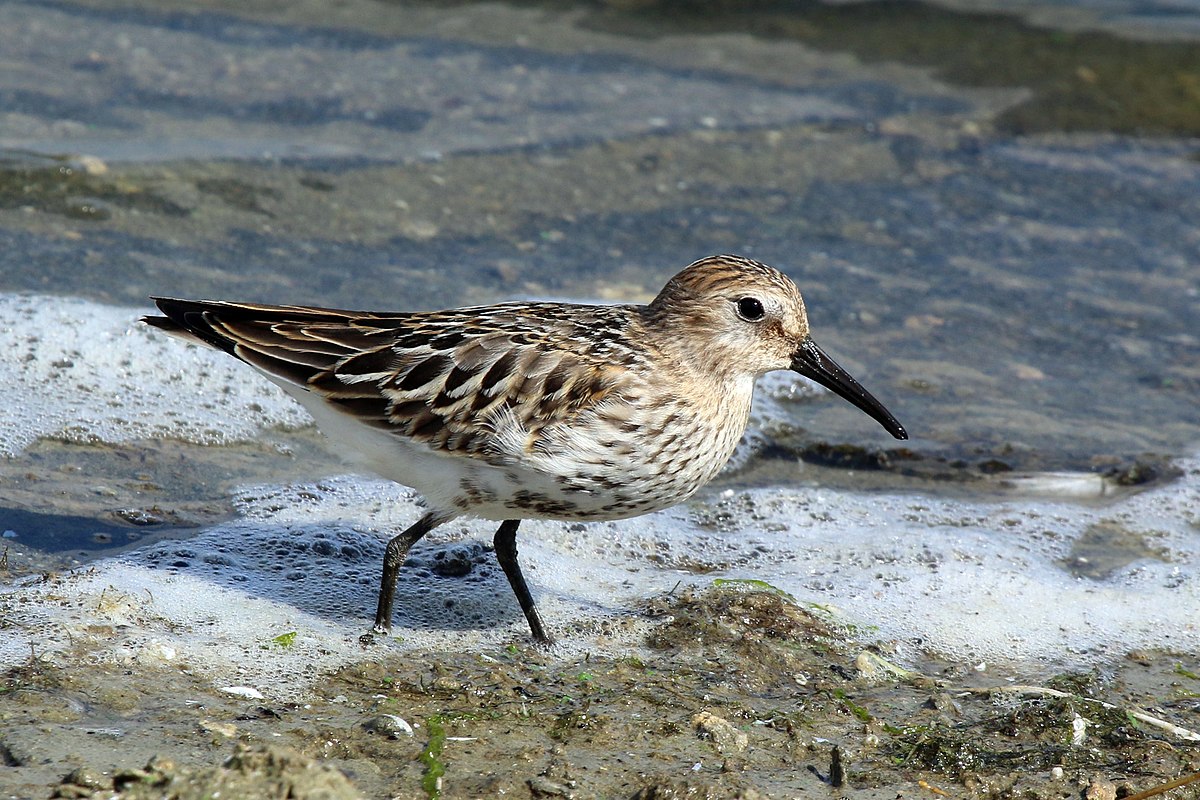
Wikipedia: Dunlin Source: WIKIPEDIA
1200px-Dunlin_%28Calidris_alpina%29_juvenile.jpg

Description
This bird appears across the great seas in the following continents: Europe, North America, South America, Africa.Other Details
Physical details
Physical details: length=16-20 cm, wingspan=38-43 cm, weight=35-60 gHabitats: Wetland Details
Pectoral sandpiper / Graubrust-Strandläufer (Calidris melanotos)
Profile Wikipedia Vogelwarte BirdLife ZH ornitho.ch Audubon AllAboutBirds Xeno-Canto BirdID NABU YouTube

Wikipedia: Pectoral sandpiper Source: WIKIPEDIA
1200px-Pectoral_Sandpiper3.jpg

Description
This bird appears across the great seas in the following continents: Europe, North America, South America, Africa.Other Details
DetailsStilt sandpiper (Calidris himantopus)

Wikipedia: Stilt sandpiper Source: WIKIPEDIA
Calidris_himantopus.jpg

Description
This bird appears across the great seas in the following continents: North America, South America, Australia.vagrant
Other Details
DetailsWestern sandpiper / Bergstrandläufer (Calidris mauri)
Profile Wikipedia Vogelwarte BirdLife ZH ornitho.ch Audubon AllAboutBirds Xeno-Canto BirdID NABU YouTube

Wikipedia: Western sandpiper Source: WIKIPEDIA
Western_Sandpiper.jpg

Description
This bird appears across the great seas in the following continents: Europe, North America, South America.General:
Other Details
DetailsSemipalmated sandpiper / Sandstrandläufer (Calidris pusilla)
Dark-rimmed wings of these beautiful birds, probably semipalmated sandpiper, show up in flight. 2023-04-20 16:29:32 Source: OTHER
20230420_162932-DSC_1051 Dark-rimmed wings of these beautiful birds, probably semipalmated sandpiper, show up in flight.JPG
Yucatan
NIKON D5600
ISO 400
Exposure 0.001
First observed in New Jersey on 2024-09-18.
Description
Other Details
DetailsLeast sandpiper / Wiesenstrandläufer (Calidris minutilla)
Profile Wikipedia Audubon AllAboutBirds Xeno-Canto BirdID NABU YouTube
Least sandpiper has wandered off the sea into the city in Campeche. 2023-04-06 16:53:02 Source: OTHER
20230406_165302-DSC_0021 Least sandpiper has wandered off the sea into the city in Campeche.JPG
Yucatan
NIKON D5600
ISO 400
Exposure 0.001
Description
This bird appears across the great seas in the following continents: Europe, North America, South America.Other Details
DetailsWhimbrel / Regenbrachvogel (Numenius phaeopus)
Whimbrel at x. 2025-02-25 10:29:04 Lanzarote
Canon EOS R7 24-240mm
Shutter speed 69/8
ISO 400
Exposure 1/400
First observed in Lanzarote on 2025-02-25.
Description
This bird appears across the great seas in the following continents: Europe, North America, South America, Africa, Asia.Seasonal behavior
Presence: 03-23 - 10-07 Migration in: 05-10 - 05-31 Migration out: 05-10 - 05-18Other Details
Physical details
Physical details: length=40-42 cm, wingspan=76-89 cm, weight=300-660 gHabitats: Wetland Details
Long-billed curlew (Numenius americanus)
Profile Wikipedia Audubon AllAboutBirds Xeno-Canto YouTube

Wikipedia: Long-billed curlew Source: WIKIPEDIA
1200px-Long-billed_curlew_at_Drakes_Beach%2C_Point_Reyes.jpg

Description
Other Details
DetailsRuddy turnstone / Steinwälzer (Arenaria interpres)
Ruddy turnstone near Las Coloradas. 2023-04-15 10:06:32 Source: OTHER
20230415_100632-DSC_0594 Ruddy turnstone near Las Coloradas.JPG
Yucatan
NIKON D5600
ISO 400
Exposure 0.001
Description
This bird appears across the great seas in the following continents: Europe, North America, South America, Africa, Asia.Seasonal behavior
Presence: 04-11 - 10-18 Migration in: 05-01 - 06-20 Migration out: 05-01 - 06-08Other Details
Physical details
Physical details: length=22-24 cm, wingspan=50-57 cm, weight=85-150 gHabitats: Wetland Details
Wilson's snipe / Wilsonbekassine (Gallinago delicata)
Profile Wikipedia Audubon AllAboutBirds Xeno-Canto YouTube

Wikipedia: Wilson's snipe Source: WIKIPEDIA
1200px-Gallinago-delicata-002-cropped.jpg

Description
Other Details
DetailsShortbilled dowitcher / Kleiner Schlammläufer (Limnodromus griseus)
Profile Wikipedia eBird Audubon AllAboutBirds Xeno-Canto YouTubeDescription
This bird appears across the great seas in the following continents: North America, South America, Australia.vagrant
Other Details
DetailsMarbled godwit / Amerikanische Pfuhlschnepfe (Limosa fedoa)
Profile Wikipedia Audubon AllAboutBirds Xeno-Canto YouTube
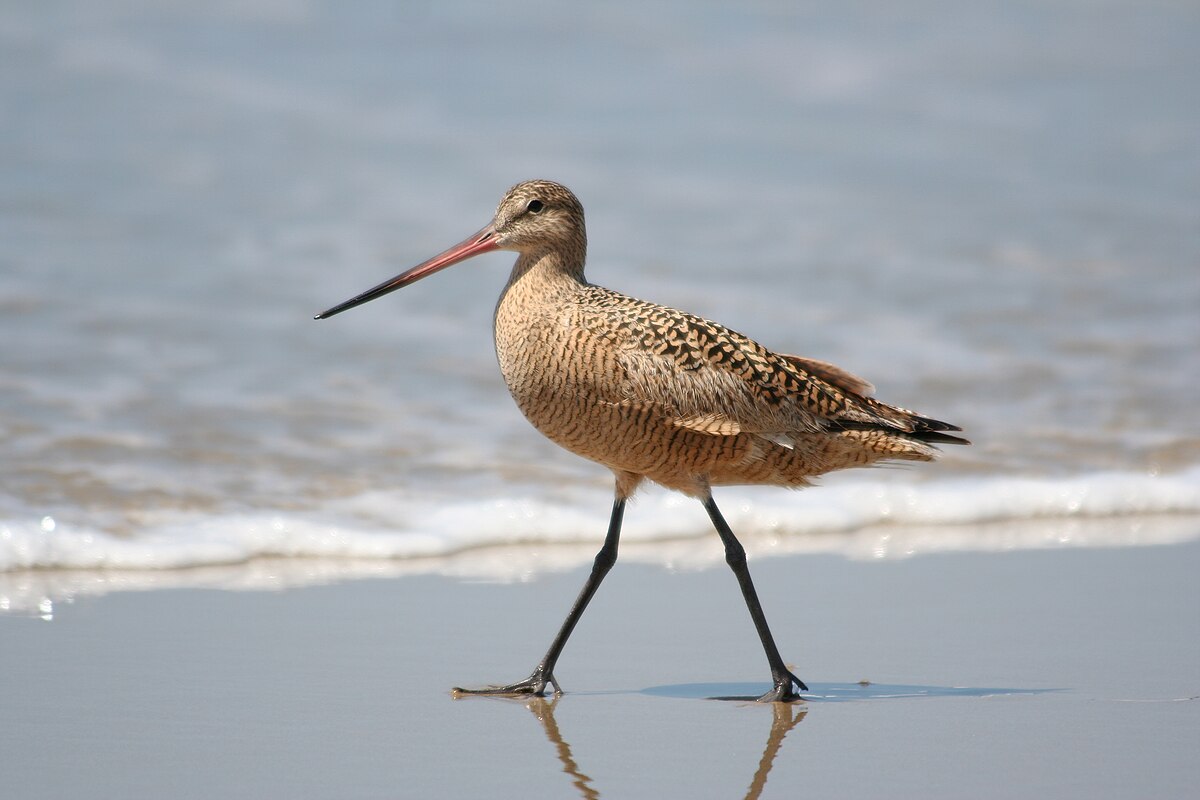
Wikipedia: Marbled godwit Source: WIKIPEDIA
1200px-MarbledGodwit.jpg

Description
General:Other Details
DetailsLesser yellowlegs / Kleiner Gelbschenkel (Tringa flavipes)
Profile Wikipedia Audubon AllAboutBirds Xeno-Canto BirdID NABU YouTube

Wikipedia: Lesser yellowlegs Source: WIKIPEDIA
1200px-Lesser_Yellowlegs.jpg

Description
This bird appears across the great seas in the following continents: Europe, North America, South America, Africa.Other Details
DetailsSolitary sandpiper / Einsamer Wasserläufer (Tringa solitaria)
Profile Wikipedia Audubon AllAboutBirds Xeno-Canto YouTube

Wikipedia: Solitary sandpiper Source: WIKIPEDIA
Solitarysandpiper.jpg

Description
Other Details
DetailsWillet / Schlammtreter (Tringa semipalmata)
MerlinBirdID says willet, near St Petersburg. 2023-09-27 12:03:34 Florida
NIKON D5600
ISO 400
Exposure 0.001
First observed in Florida on 2023-09-27.
Description
This bird appears across the great seas in the following continents: Europe, North America, South America.Other Details
DetailsGreater yellowlegs (Tringa melanoleuca)
Profile Wikipedia Audubon AllAboutBirds Xeno-Canto YouTube
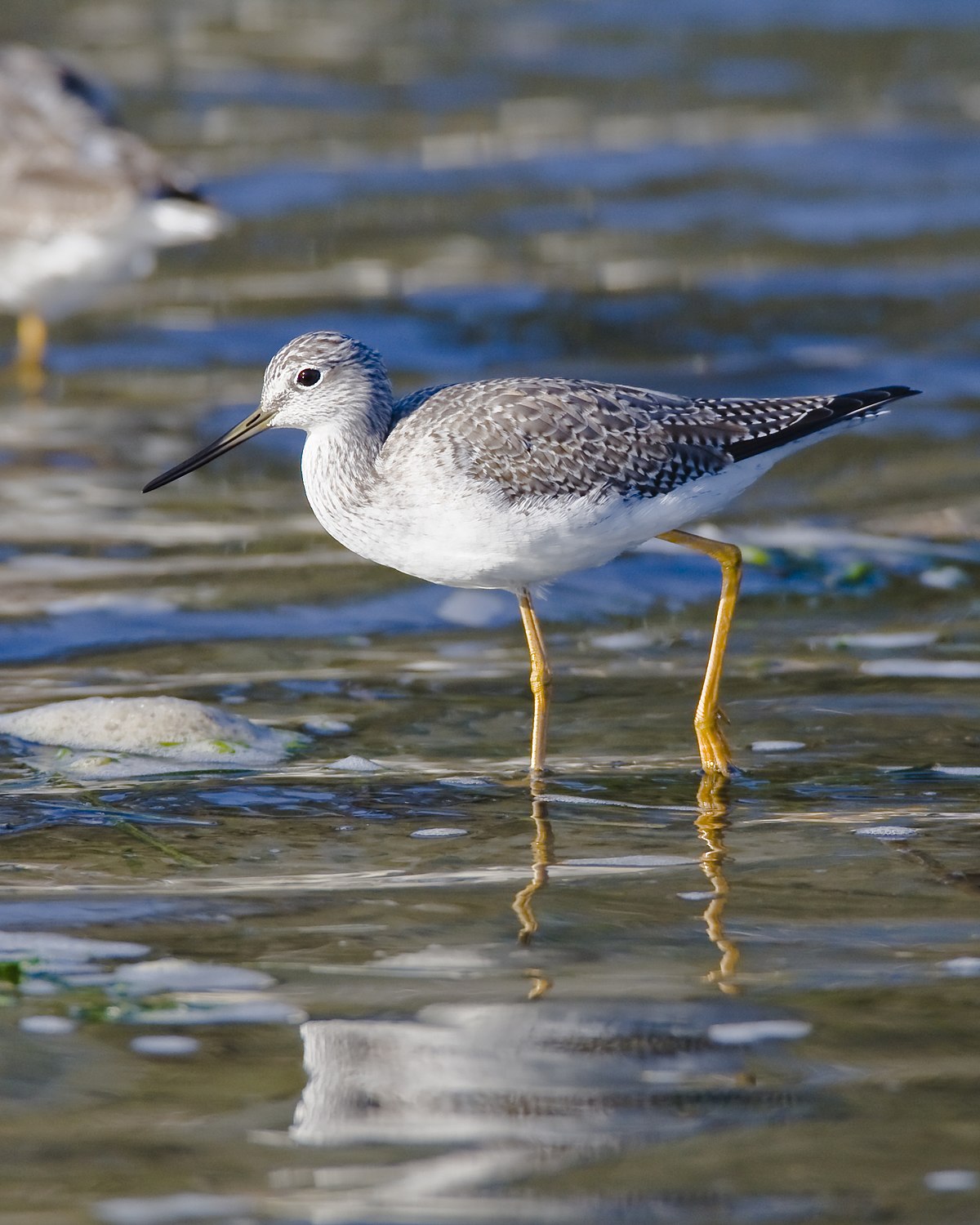
Wikipedia: Greater yellowlegs Source: WIKIPEDIA
1200px-Greater_Yellowlegs2.jpg

Description
Other Details
DetailsSpotted sandpiper / Drosseluferläufer (Actitis macularius)
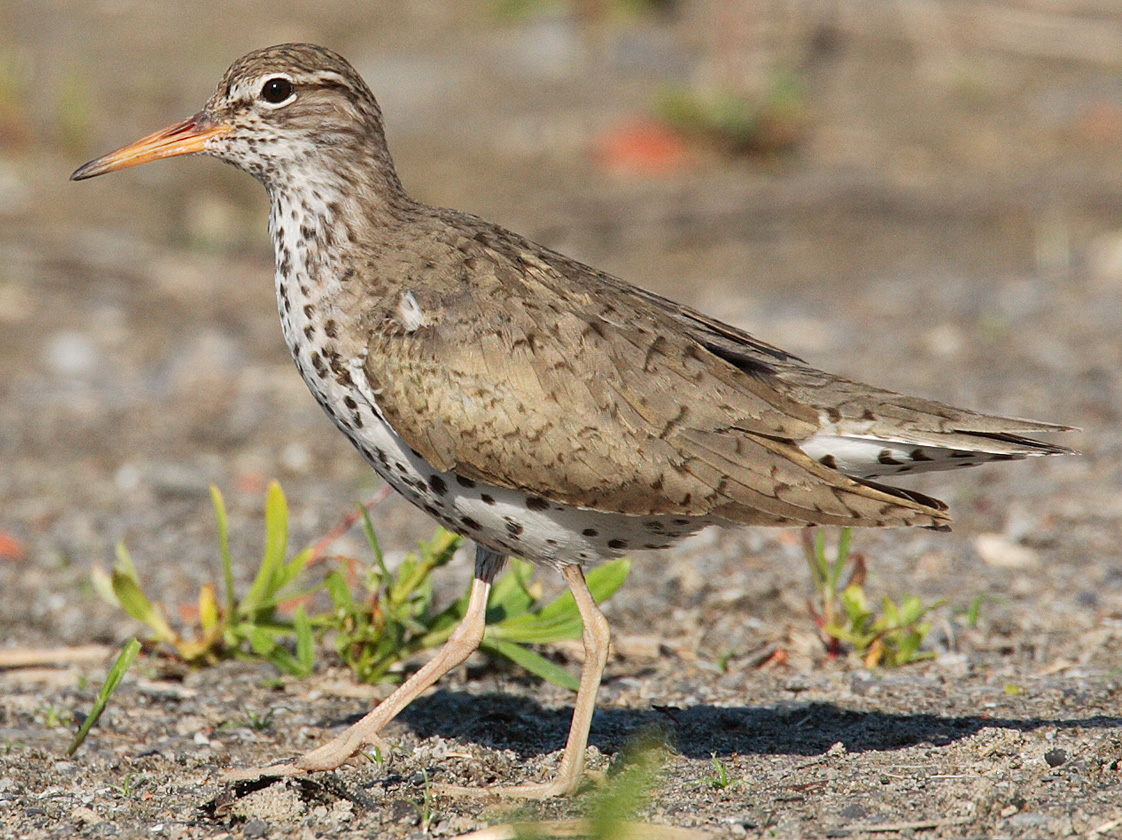
Wikipedia: Spotted sandpiper Source: WIKIPEDIA
Actitis-macularia-005.jpg

Description
This bird appears across the great seas in the following continents: Europe, North America, South America.Other Details
DetailsWilson's phalarope / Wilson-Wassertreter (Phalaropus tricolor)
Profile Wikipedia Audubon AllAboutBirds Xeno-Canto BirdID NABU YouTube
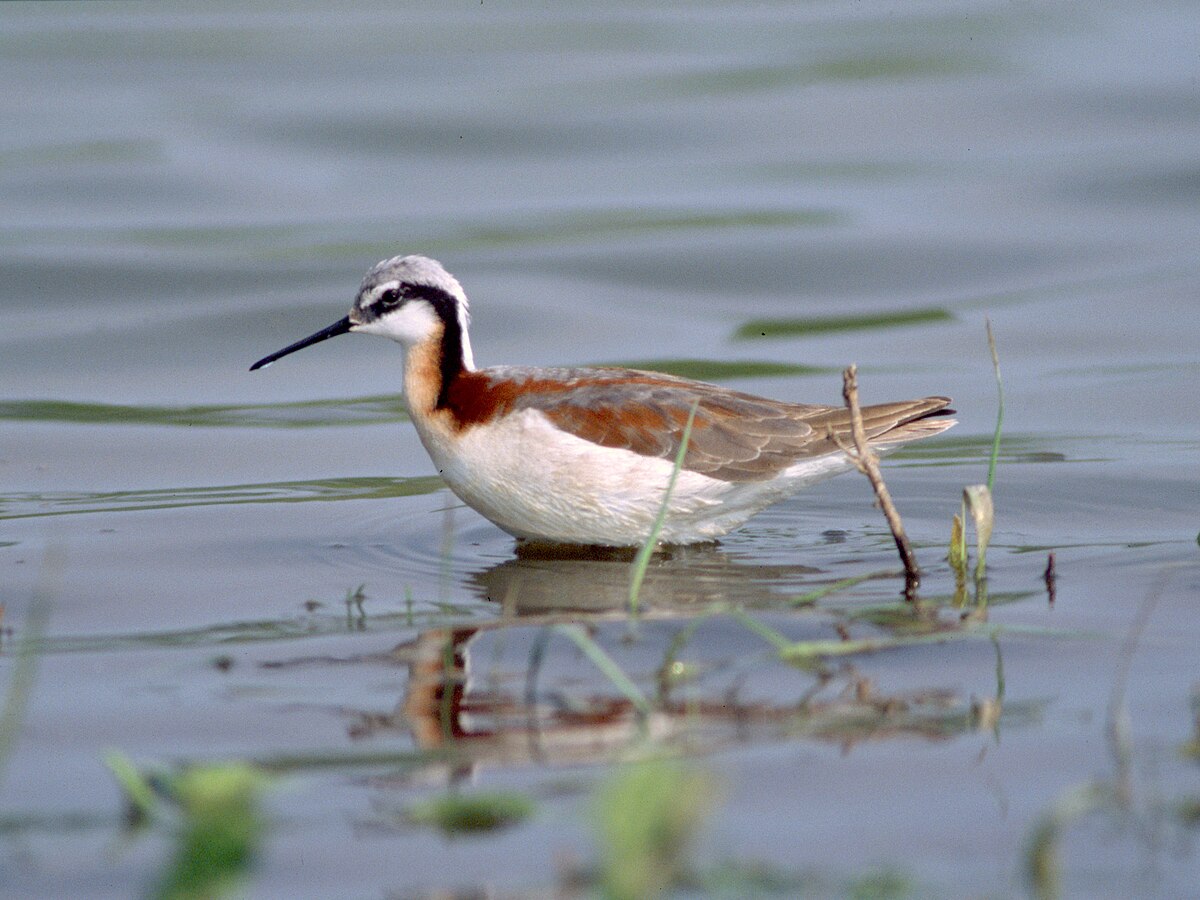
Wikipedia: Wilson's phalarope Source: WIKIPEDIA
1200px-Phalaropus_tricolor_-_breeding_female.jpg

Description
This bird appears across the great seas in the following continents: Europe, North America, South America, Africa.Other Details
DetailsRed-necked phalarope / Odinshühnchen (Phalaropus lobatus)
Profile Wikipedia Vogelwarte BirdLife ZH ornitho.ch Audubon AllAboutBirds Xeno-Canto BirdID NABU YouTube

Wikipedia: Red-necked phalarope Source: WIKIPEDIA
1200px-Red-necked_Phalarope.jpg

Description
This bird appears across the great seas in the following continents: Europe, North America, South America, Africa, Asia.Vocalization:
Other Details
Physical details
Physical details: length=18-19 cm, wingspan=32-41 cm, weight=27-48 gDetails
Upland sandpiper / Prärieläufer (Bartramia longicauda)
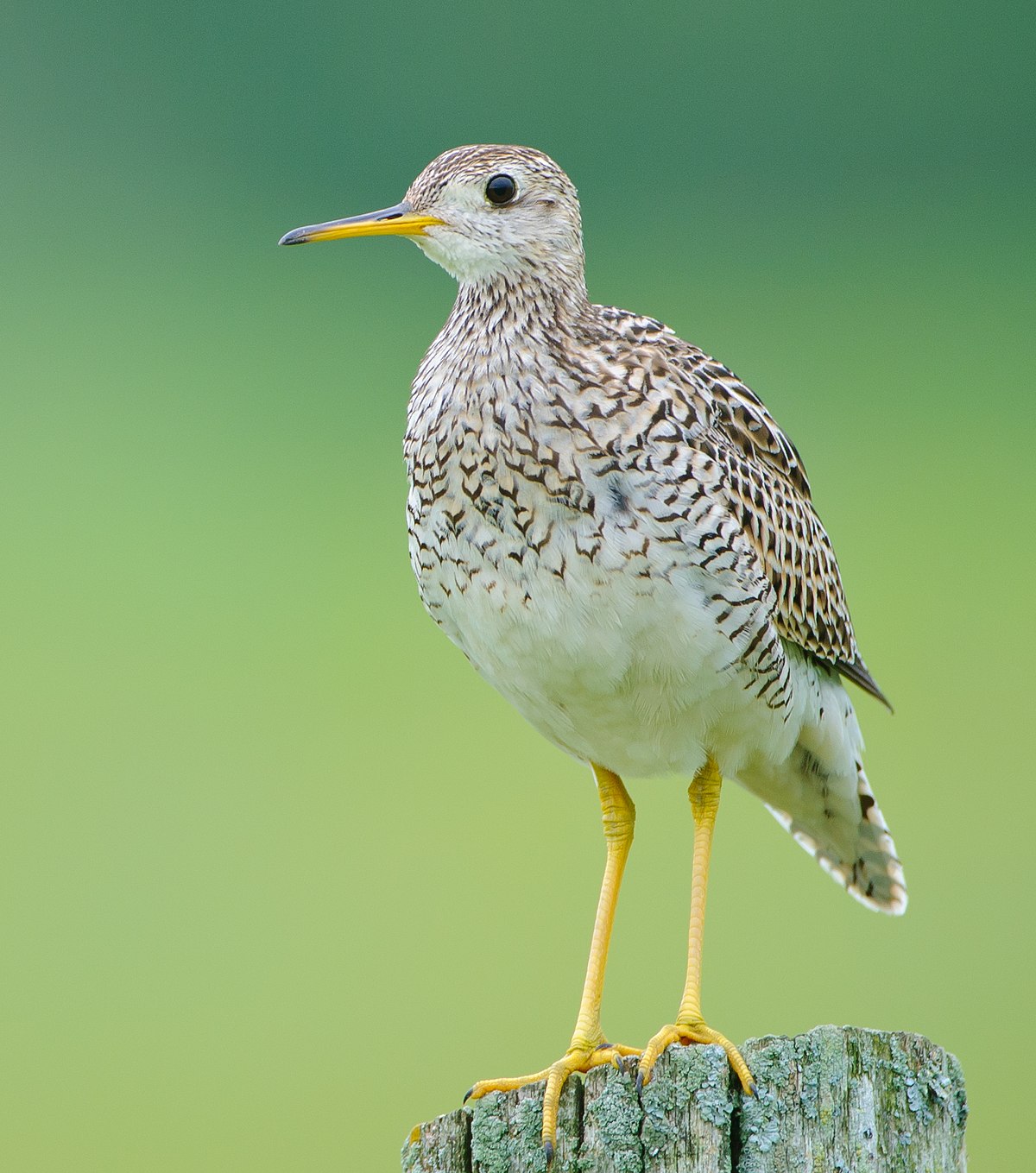
Wikipedia: Upland sandpiper Source: WIKIPEDIA
1200px-UplandSandpiperOntarioCropped.jpg

Description
This bird appears across the great seas in the following continents: Europe, North America, South America, Australia.vagrant
Other Details
DetailsCommon tern / Flussseeschwalbe (Sterna hirundo)
Profile Wikipedia Vogelwarte BirdLife ZH ornitho.ch bird-song.ch Audubon AllAboutBirds Xeno-Canto BirdID NABU YouTube
Flussseeschwalbe. 2023-07-08 19:00:12 Source: OTHER
20230708_190012-DSC_0678 X Flussseeschwalbe.JPG
Neeracherried
NIKON D5600
ISO 800
Exposure 1/800
First observed in 🇨🇭 on 2020-04-27.
Description
This bird appears across the great seas in the following continents: Europe, North America, South America, Africa, Asia.Seasonal Behavior:
Vocalization:
Seasonal behavior
Presence: 03-23 - 10-07 Breeding: 05-01 - 07-29 Migration in: 03-23 - 06-09 Migration out: 06-29 - 10-07Other Details
Physical details
Physical details: length=31-35 cm, wingspan=77-98 cm, weight=110-150 gHabitats: River and lake
Vocalisation
Song: Automatically generated from Xeno-Canto recording. Song attributes: Frequency:♫ 2020-04-27 14:08:13 Source: BirdNet 20200427_140813 birdnet 430 - Common tern.mp3 Luppmen (song)
Details
Forster's tern (Sterna forsteri)
Profile Wikipedia Audubon AllAboutBirds Xeno-Canto YouTube

Wikipedia: Forster's tern Source: WIKIPEDIA
1200px-Forster%27s_Tern.jpg

Description
General:Other Details
DetailsAmerican oystercatcher / Braunmantel-Austernfischer (Haematopus palliatus)
Profile Wikipedia Audubon AllAboutBirds Xeno-Canto YouTube

Wikipedia: American oystercatcher Source: WIKIPEDIA
1200px-American_oystercatchers_at_Fort_Tilden_%2860747%29.jpg

Description
Other Details
DetailsPomarine jaeger / Spatelraubmöwe (Stercorarius pomarinus)
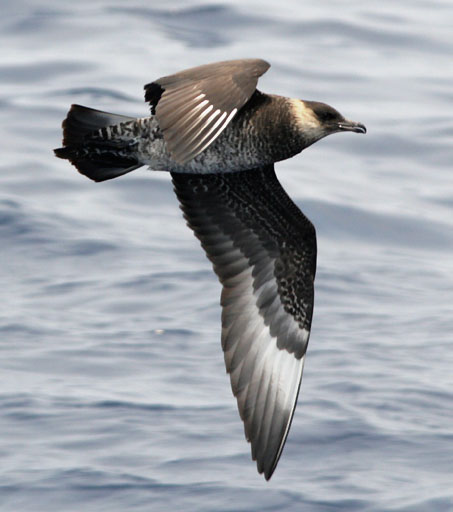
Wikipedia: Pomarine jäger Source: WIKIPEDIA
Stercorarius_pomarinusPCCA20070623-3985B.jpg

Description
This bird appears across the great seas in the following continents: Europe, North America, South America, Africa, Asia.Seasonal behavior
Seldom seen hereOther Details
Physical details
Physical details: length=46-51 cm, wingspan=125-138 cm, weight=600-900 gDetails
Parasitic jaeger / Schmarotzerraubmöwe (Stercorarius parasiticus)
Arctic Skua, defending its nest. 2015-06-10 14:32:52 Source: OTHER
20150610_143252-DSC_0356 XXXX Arctic Skua, defending its nest.JPG
Iceland
NIKON D3100
ISO 800
Exposure 0.001
Description
This bird appears across the great seas in the following continents: Europe, North America, South America, Africa, Asia.Vocalization:
Seasonal behavior
Seldom seen hereOther Details
Physical details
Physical details: length=41-46 cm, wingspan=110-125 cm, weight=330-570 gDetails
Northern jacana / Gelbstirn-Blatthühnchen (Jacana spinosa)
Profile Wikipedia A-Z Animals Xeno-Canto YouTube

Wikipedia: Northern jacana Source: WIKIPEDIA
Jacana_spinosa_-Palo_Verde_National_Park%2C_Costa_Rica-8.jpg

Description
General:Other Details
DetailsFamily Burhinidae (Triele, Haematopodidae – Austernfischer und Recurvirostridae – Säbelschnäblerverwandte):
Double-striped thick-knee (Burhinus bistriatus)

Wikipedia: Double-striped thick-knee Source: WIKIPEDIA
Flickr_-_Rainbirder_-_Double-striped_Thick-Knee_%28Burhinus_bistriatus%29%2C_crop.jpg

Description
Other Details
DetailsAmerican avocet / Amerikanischer Säbelschnäbler (Recurvirostra americana)
Profile Wikipedia Audubon AllAboutBirds Xeno-Canto YouTube

Wikipedia: American avocet Source: WIKIPEDIA
1200px-American_Avocet1.jpg

Description
Other Details
DetailsBlack-necked stilt / Amerikanischer Stelzenläufer (Himantopus mexicanus)
Profile Wikipedia Audubon AllAboutBirds Xeno-Canto YouTube
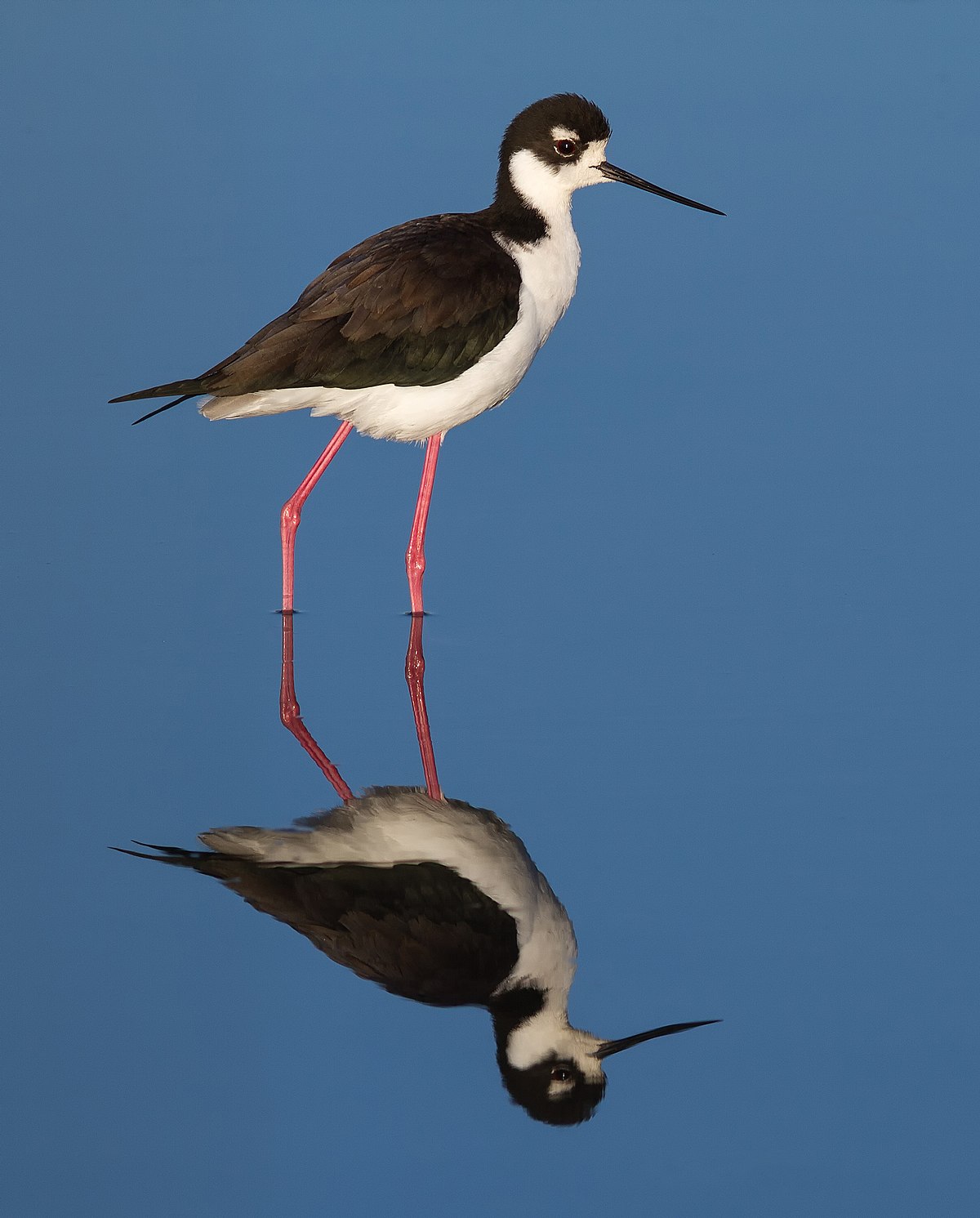
Wikipedia: Black-necked stilt Source: WIKIPEDIA
1200px-Black-necked_Stilt_%28Himantopus_mexicanus%29%2C_Corte_Madera.jpg

Description
Other Details
DetailsAmerican coot (Fulica americana)
Profile Wikipedia Audubon AllAboutBirds Xeno-Canto YouTube
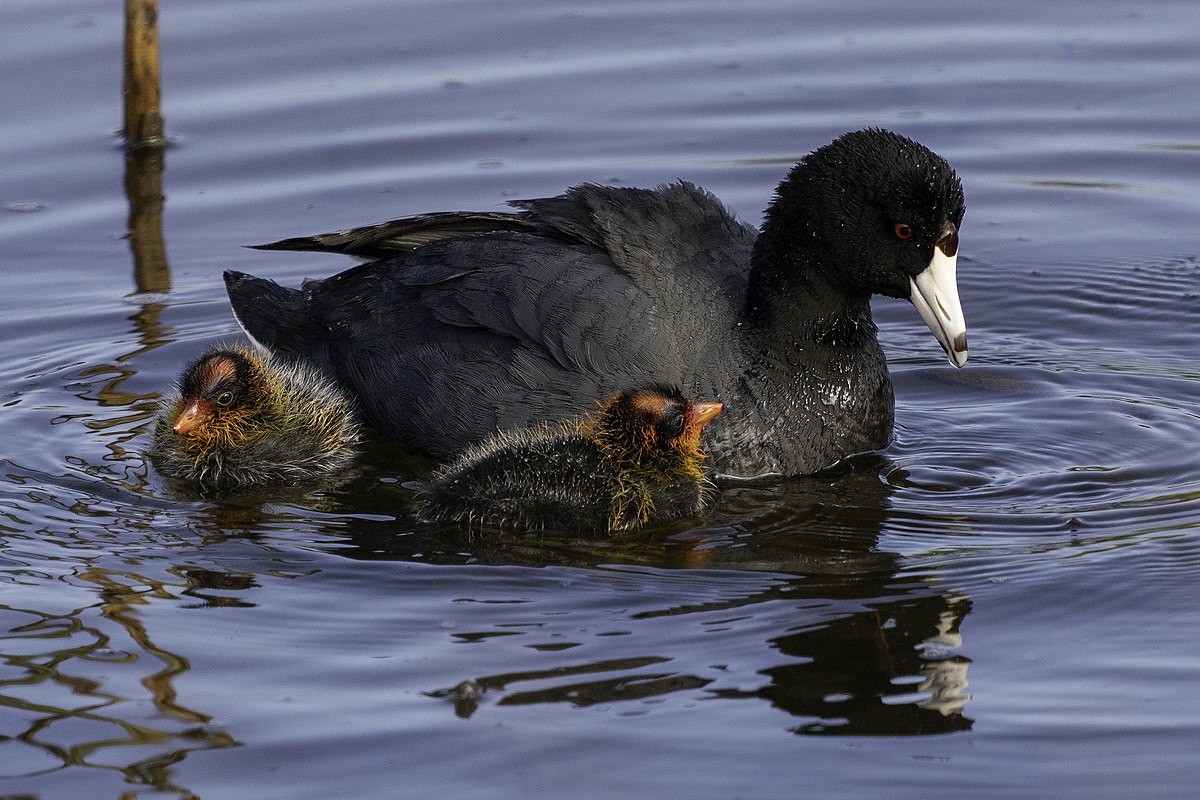
Wikipedia: American coot Source: WIKIPEDIA
1200px-American-coot-casey-klebba.jpg

Description
Other Details
DetailsClapper rail (Rallus crepitans)
Profile Wikipedia Audubon AllAboutBirds Xeno-Canto YouTube
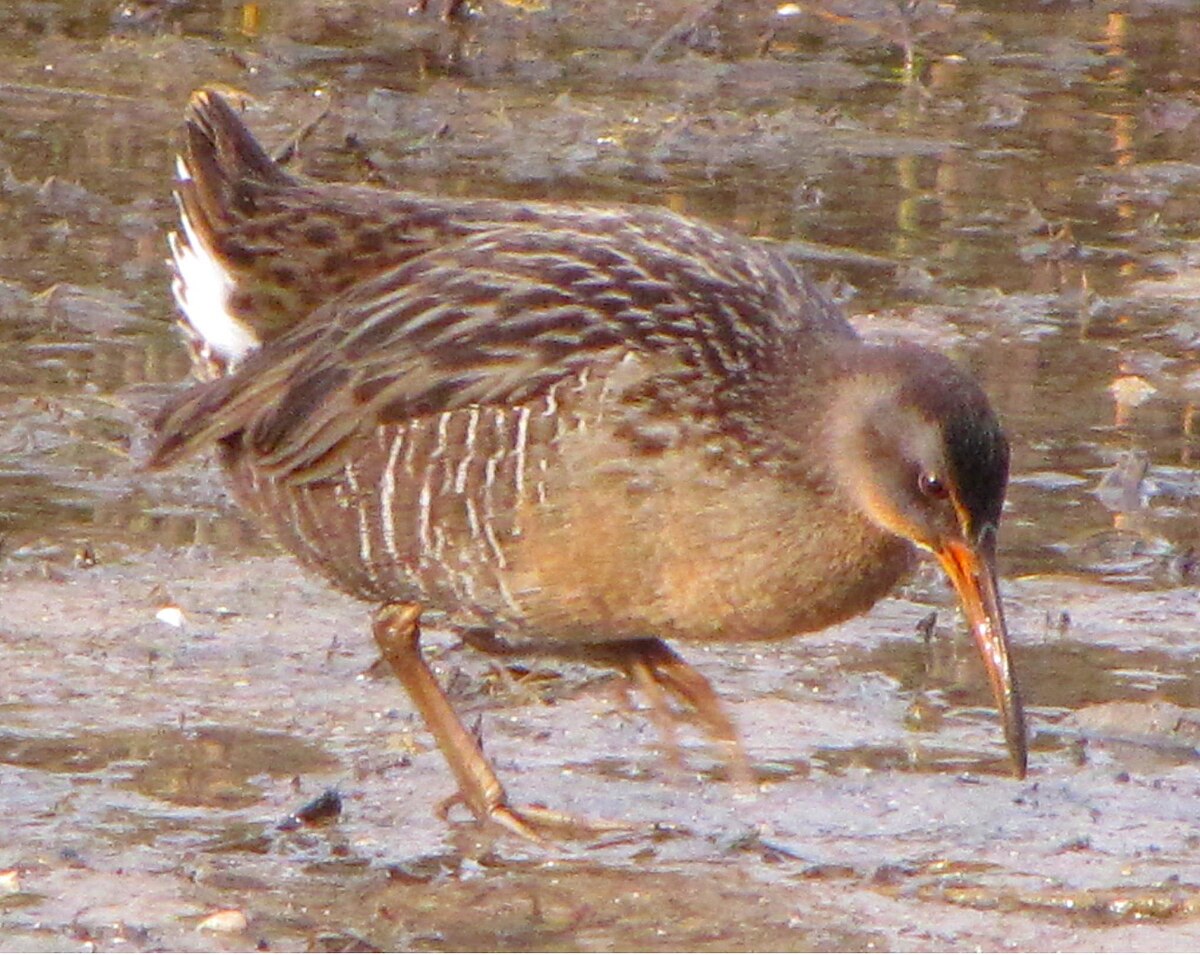
Wikipedia: Clapper rail Source: WIKIPEDIA
1200px-Rallus_crepitans.jpg

Description
Other Details
DetailsCommon gallinule (Gallinula galeata)
Profile Wikipedia Audubon AllAboutBirds Xeno-Canto YouTube
Common gallinule, juvenile, Florida. 2023-09-23 20:46:10 Source: OTHER
20230923_204610-DSC_0526 Common gallinule, juvenile, Florida.JPG
Florida
NIKON D5600
ISO 400
Exposure 0.001
Description
Other Details
DetailsRuddy crake (Laterallus ruber)
Profile Wikipedia Xeno-Canto YouTube

Wikipedia: Ruddy crake Source: WIKIPEDIA
1200px-Laterallus_ruber_30940135.jpg

Description
Other Details
DetailsPurple gallinule / Zwergsultanshuhn (Porphyrio martinica)
Description
This bird appears across the great seas in the following continents: Europe, North America, South America, Africa.Other Details
DetailsSora / Carolinasumpfhuhn (Porzana carolina)
Profile Wikipedia Audubon AllAboutBirds Xeno-Canto YouTubeDescription
Other Details
DetailsRusset-naped wood-rail (Aramides albiventris)
Profile Wikipedia Xeno-Canto YouTube

Wikipedia: Russet-naped wood-rail Source: WIKIPEDIA
1200px-Aramides_albiventris_plumbeicollis.jpg

Description
Other Details
DetailsRufous-necked wood-rail (Aramides axillaris)
Profile Wikipedia Xeno-Canto YouTube

Wikipedia: Rufous-necked wood-rail Source: WIKIPEDIA
1200px-Rufous-necked_Wood_Rail.jpg

Description
Other Details
DetailsSpotted rail (Pardirallus maculatus)
Profile Wikipedia Xeno-Canto YouTube

Wikipedia: Spotted rail Source: WIKIPEDIA
1200px-Spotted_Rail.jpg

Description
Other Details
DetailsUniform crake (Amaurolimnas concolor)

Wikipedia: Uniform crake Source: WIKIPEDIA
1200px-Amaurolimnas_concolor_-_Uniform_crake%3B_Dourado%2C_S%C3%A3o_Paulo%2C_Brazil.jpg

Description
Other Details
DetailsLimpkin / Rallenkranich (Aramus guarauna)

Wikipedia: Limpkin Source: WIKIPEDIA
1200px-Limpkin%2C_Florida_05.jpg

Description
Other Details
DetailsSungrebe / Zwergbinsenralle (Heliornis fulica)
Profile Wikipedia Xeno-Canto YouTube
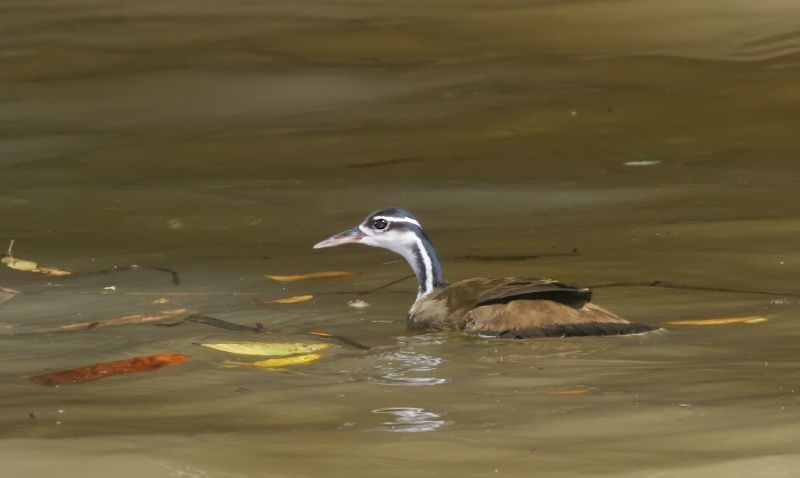
Wikipedia: Sungrebe Source: WIKIPEDIA
Sungrebe.jpg

Description
Other Details
Details
Roadside hawk. 2020-02-19 10:02:22 Source: OTHER
20200219_100222-DSC_0228 roadside hawk.JPG
Panama
NIKON D5600
ISO 800
Exposure 1/500
Description
We saw this on the Pipeline Road near Gamboa, Panama - see tiger heron for more on that.General:
Other Details
DetailsProfile Wikipedia Audubon AllAboutBirds Xeno-Canto YouTube

Wikipedia: Short-tailed hawk Source: WIKIPEDIA
Buteo_brachyurus_-Manduri%2C_Sao_Paulo%2C_Brazil_-flying-8.jpg

Description
Other Details
Details
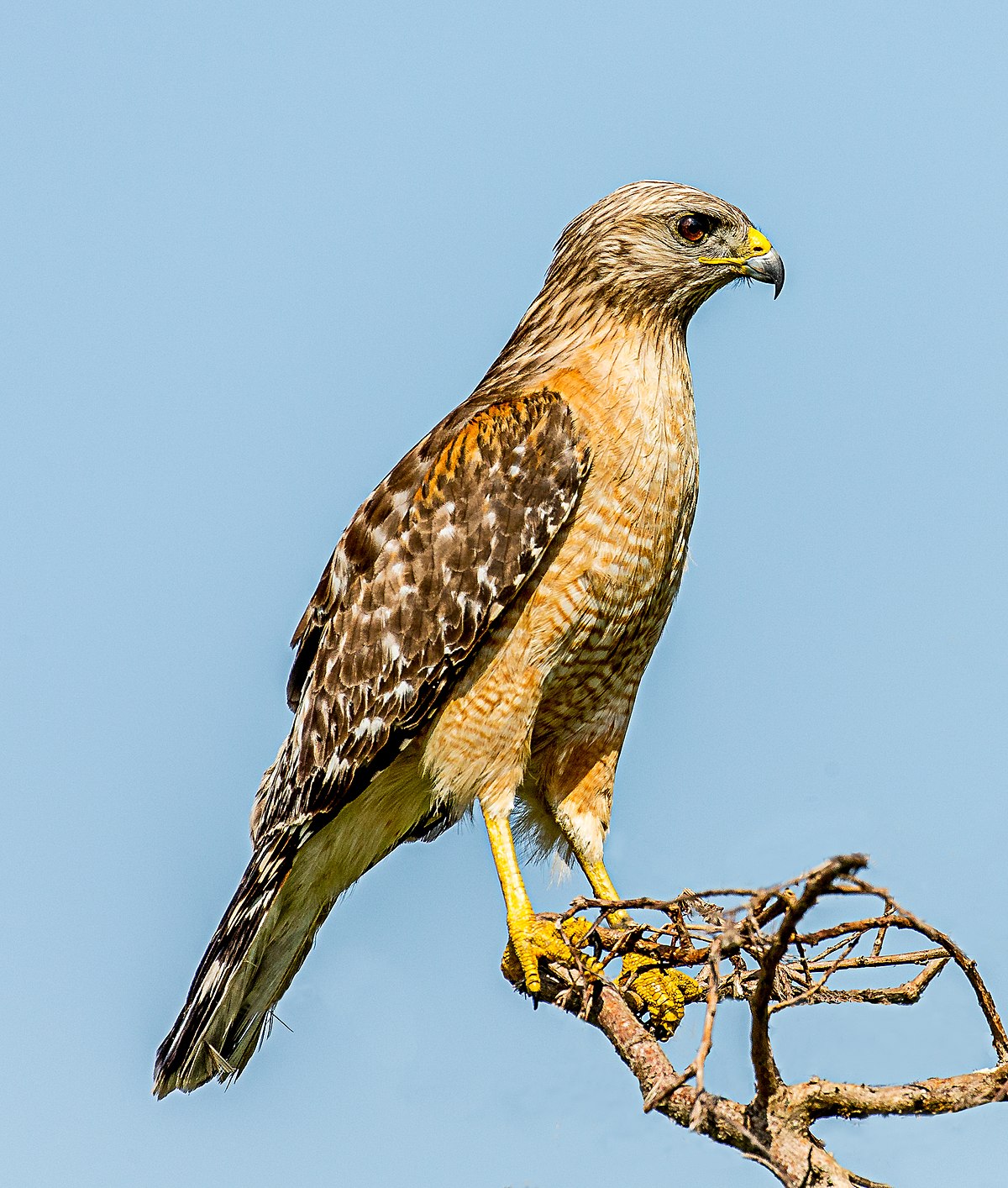
Wikipedia: Red-shouldered hawk Source: WIKIPEDIA
1200px-Red-shouldered_Hawk_%28Buteo_lineatus%29_-_Blue_Cypress_Lake%2C_Florida.jpg

Description
Other Details
Details
Red-tailed hawk at Cromwell. 2022-04-29 12:30:10 Source: OTHER
20220429_123010-DSC_0797 Red-tailed hawk at Cromwell.JPG
New Jersey
NIKON D5600
ISO 280
Exposure 0.001
First observed in Chambersburg, PA on 2024-10-02.
Description
Other Details
DetailsProfile Wikipedia Audubon AllAboutBirds Xeno-Canto YouTube

Wikipedia: Zone-tailed hawk Source: WIKIPEDIA
1200px-229_-_ZONE-TAILED_HAWK_%284-11-2015%29_blue_haven_road%2C_patagonia%2C_santa_cruz_co%2C_az_-02_%2816906279787%29.jpg

Description
Other Details
DetailsProfile Wikipedia Audubon AllAboutBirds Xeno-Canto YouTube

Wikipedia: Gray hawk Source: WIKIPEDIA
Buteo_plagiatus_Belize.jpg

Description
Other Details
Details
Coopers hawk. 2022-05-07 14:20:04 Source: OTHER
20220507_142004-DSC_0637 Coopers hawk.JPG
New Jersey
NIKON D5600
ISO 3200
Exposure 0.008
Description
Other Details
DetailsProfile Wikipedia A-Z Animals Audubon AllAboutBirds Xeno-Canto YouTube

Wikipedia: Sharp-shinned hawk Source: WIKIPEDIA
1200px-Accipiter_striatus%2C_Canet_Road%2C_San_Luis_Obispo_1.jpg

Description
A. s. erythronemius
A. s. fringilloides
A. s. madrensis
A. s. perobscurus
A. s. striatus
A. s. suttoni
A. s. velox
A. s. venator
A. s. ventralis [more]
Other Details
Details

Wikipedia: Bicolored hawk Source: WIKIPEDIA
1200px-Bicoloured_Hawk_%28Accipiter_bicolor%29_with_prey.jpg

Description
Other Details
DetailsDescription
Other Details
DetailsProfile Wikipedia Audubon AllAboutBirds Xeno-Canto YouTube

Wikipedia: Snail kite Source: WIKIPEDIA
1200px-Schneckenweih-Snail-Kite.JPG

Description
Other Details
DetailsProfile Wikipedia Audubon AllAboutBirds Xeno-Canto YouTube

Wikipedia: Swallow-tailed kite Source: WIKIPEDIA
1200px-Swallow-tailed_Kite_%2834163638494%29.jpg

Description
Other Details
DetailsProfile Wikipedia Xeno-Canto YouTube
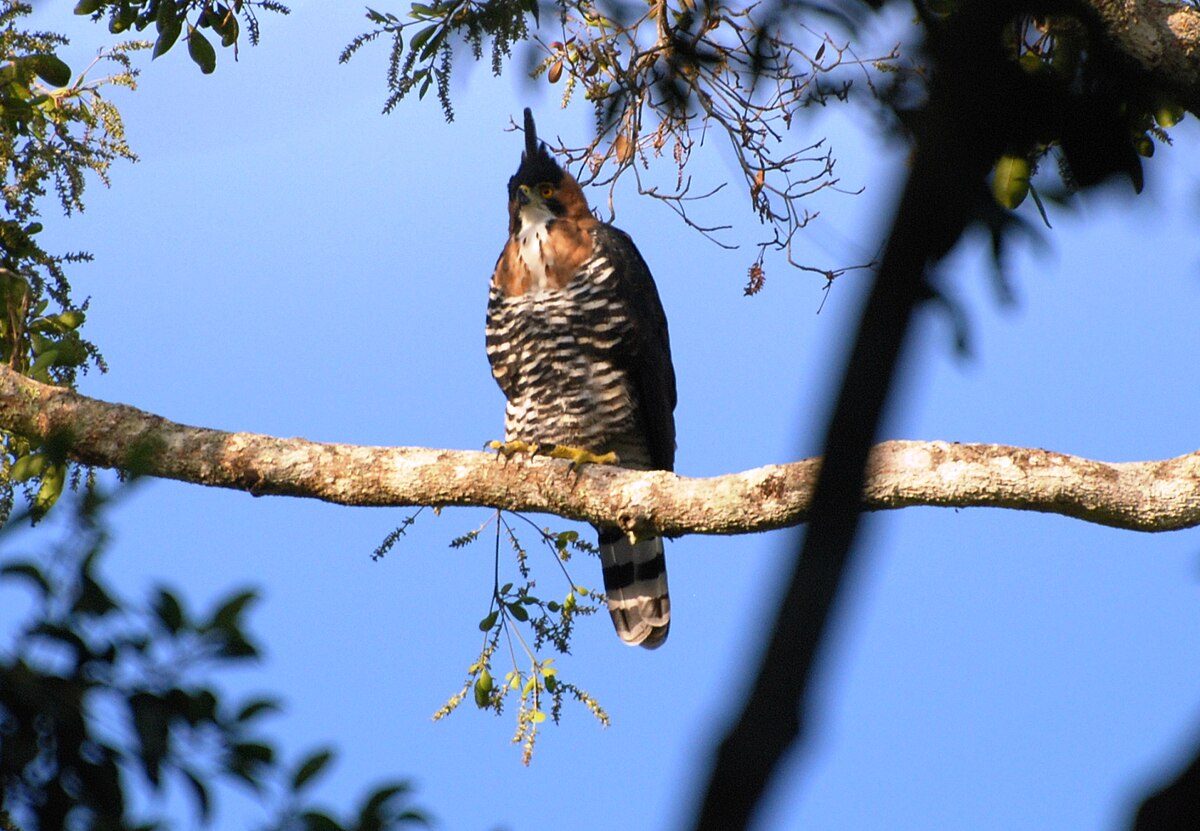
Wikipedia: Ornate hawk-eagle Source: WIKIPEDIA
1200px-Calakmul_Adler.JPG

Description
Other Details
DetailsProfile Wikipedia Xeno-Canto YouTube

Wikipedia: Black hawk-eagle Source: WIKIPEDIA
1200px-Gavi%C3%A3o-pega-macaco_%28Spizaetus_tyrannus%29.jpg

Description
Other Details
Details
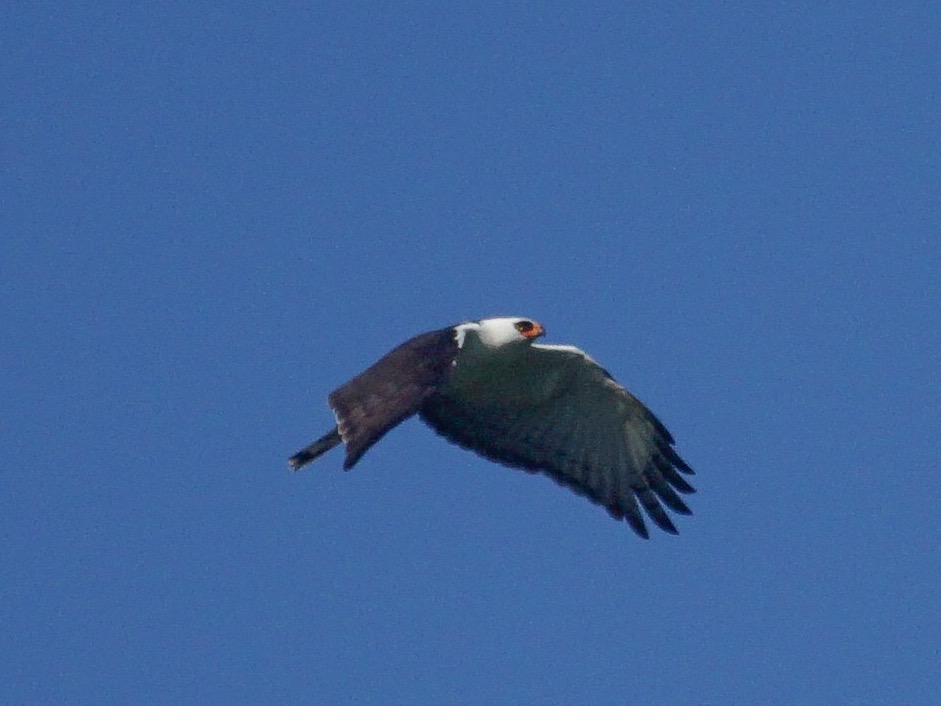
Wikipedia: Black-and-white hawk-eagle Source: WIKIPEDIA
Black-and-white_Hawk-Eagle.jpg

Description
Other Details
Details
MerlinBirdID suggests common black hawk, flamingo tour near Rio Lagartos. 2023-04-15 08:40:26 Source: OTHER
20230415_084026-DSC_0504 Merlin BirdID suggests common black hawk, flamingo tour near Rio Lagartos.JPG
Yucatan
NIKON D5600
ISO 400
Exposure 1/2000
Description
Other Details
Details

Wikipedia: Great black-hawk Source: WIKIPEDIA
1200px-Buteogallus_urubitinga_NBII.jpg

Description
Other Details
DetailsDescription
Other Details
Details

Wikipedia: Black-collared hawk Source: WIKIPEDIA
1200px-Black-collared_hawk_%28Busarellus_nigricollis%29_adult.jpg

Description
Other Details
DetailsProfile Wikipedia Audubon AllAboutBirds Xeno-Canto YouTube

Wikipedia: White-tailed kite Source: WIKIPEDIA
1200px-Elanus_leucurus_3.jpg

Description
Other Details
DetailsProfile Wikipedia Audubon AllAboutBirds Xeno-Canto YouTube

Wikipedia: Hook-billed kite Source: WIKIPEDIA
1200px-Chondrohierax_uncinatus_76608753.jpg

Description
Other Details
DetailsProfile Wikipedia Xeno-Canto YouTube
Wikipedia: Gray-headed kite Source: WIKIPEDIA
Leptodon_cayannensis_-_Gray-headed_kite.JPG
Description
Other Details
DetailsProfile Wikipedia Xeno-Canto YouTube

Wikipedia: Plumbeous kite Source: WIKIPEDIA
1200px-Ictinia_plumbea_-Mato_Grosso_do_Sul%2C_Brazil-8.jpg

Description
Other Details
DetailsProfile Wikipedia Xeno-Canto YouTube

Wikipedia: Crane hawk Source: WIKIPEDIA
Crane_hawk_%28Geranospiza_caerulescens%29.jpg

Description
Other Details
DetailsProfile Wikipedia Xeno-Canto YouTube
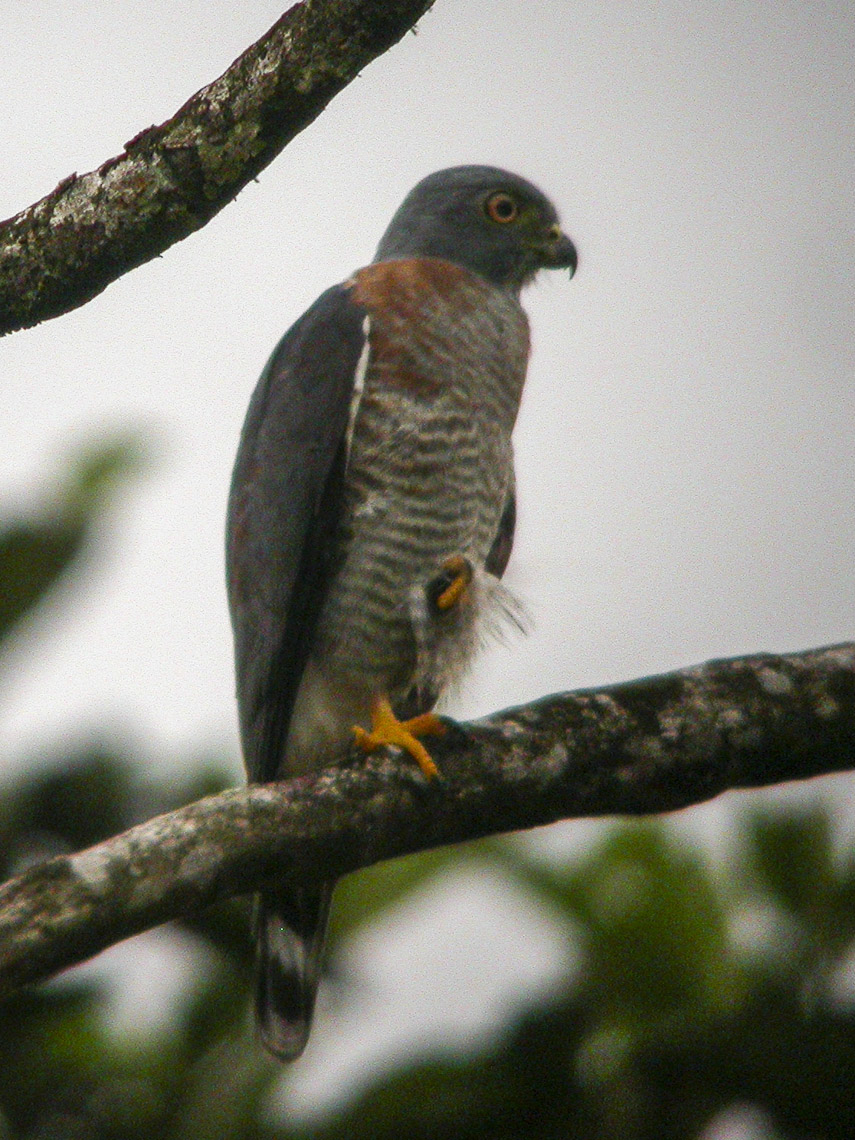
Wikipedia: Double-toothed kite Source: WIKIPEDIA
Double-tooth_Kite_-_Choco_-_Ecuador.jpg

Description
Other Details
DetailsTurkey vulture / Truthahngeier (Cathartes aura)
Turkey vulture. 2022-04-29 11:39:28 Source: OTHER
20220429_113928-DSC_0723 Turkey vulture.JPG
New Jersey
NIKON D5600
ISO 320
Exposure 0.001
Description
Other Details
DetailsLesser yellow-headed vulture / Kleiner Gelbkopfgeier (Cathartes burrovianus)
Profile Wikipedia Xeno-Canto YouTube
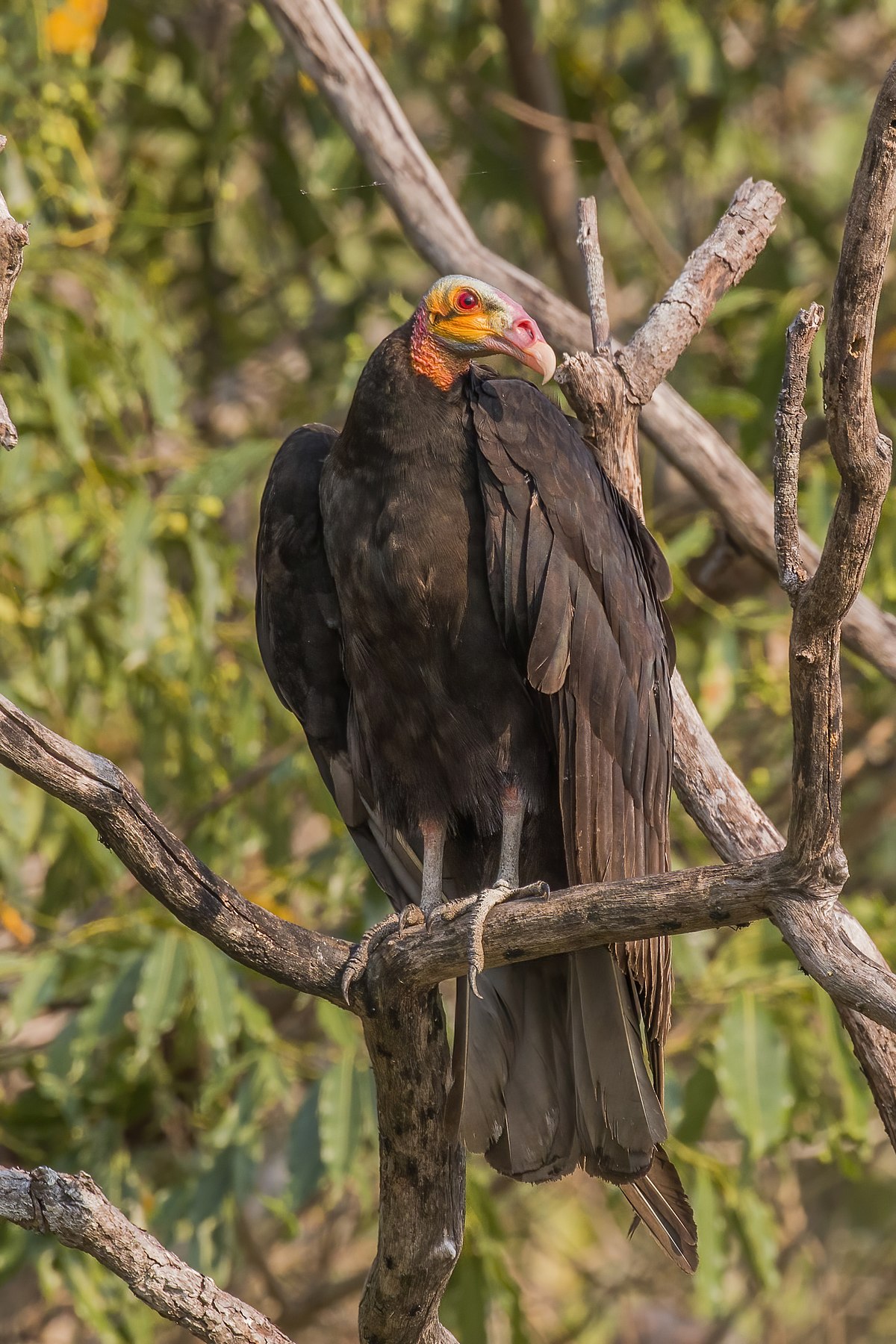
Wikipedia: Lesser yellow-headed vulture Source: WIKIPEDIA
1200px-Lesser_yellow-headed_vulture_%28Cathartes_burrovianus%29.JPG

Description
Other Details
DetailsBlack vulture / Rabengeier (Coragyps atratus)
Black vulture at cenote xxx. 2023-04-14 13:13:52 Source: OTHER
20230414_131352-DSC_0461 Black vulture at cenote xxx.JPG
Yucatan
NIKON D5600
ISO 400
Exposure 0.001
Description
Other Details
DetailsKing vulture / Königsgeier (Sarcoramphus papa)

Wikipedia: King vulture Source: WIKIPEDIA
1200px-Sarcoramphus_papa_-National_Zoo_-Washington_-USA-8a.jpg

Description
Other Details
DetailsOsprey / Fischadler (Pandion haliaetus)
Osprey in flight. 2023-09-27 12:22:08 Source: OTHER
20230927_122208-DSC_0670 Osprey in flight.JPG
Florida
NIKON D5600
ISO 400
Exposure 0.001
Description
This bird appears across the great seas in the following continents: Europe, North America, South America, Africa, Asia.Other Details
Physical details
Physical details: length=55-58 cm, wingspan=145-170 cm, weight=1120-2050 gHabitats: Agricultural
Vocalisation
Song: Automatically generated from Xeno-Canto recording. Song attributes: Frequency:♫ 2023-10-12 15:55:00 Surprising sound of an osprey. Source: OTHER 2023-10-12 15_55 surprising sound of an osprey.mp3 (song)
Details
Profile Wikipedia Xeno-Canto YouTube
La tarde great tinamou tenative ID by MerlinBirdID. 2018-03-09 12:58:40 Costa Rica
NIKON D3100
ISO 800
Exposure 0.04
First observed in Costa Rica on 2018-03-09.
Description
Other Details
DetailsProfile Wikipedia Xeno-Canto YouTube

Wikipedia: Thicket tinamou Source: WIKIPEDIA
1200px-CrypturusSallceiSmit.jpg

Description
Other Details
DetailsProfile Wikipedia Xeno-Canto YouTube

Wikipedia: Little tinamou Source: WIKIPEDIA
Crypturellus_soui.jpg

Description
Other Details
DetailsProfile Wikipedia Audubon AllAboutBirds Xeno-Canto YouTube

Wikipedia: Wood stork Source: WIKIPEDIA
1200px-Wood_stork_%28Mycteria_americana%29_and_Yacare_caiman.jpg

Description
Other Details
DetailsProfile Wikipedia Xeno-Canto YouTube

Wikipedia: Jabiru stork Source: WIKIPEDIA
1200px-Jabiru_%28Jabiru_mycteria%29_2.JPG

Description
Other Details
Details
Rock dove seen from below at Kulturfabrik, Wetzikon. 2025-03-06 11:31:40 Wetzikon
Canon EOS R7 200-800mm
Shutter speed 8.625
ISO 200
Exposure 1/400
First observed in Fuerteventura on 2025-02-14.
Description
This bird appears across the great seas in the following continents: Europe, North America, South America, Africa, Asia.Vocalization:
Seasonal behavior
Year-round bird Breeding: 01-01 - 12-31Other Details
Physical details
Physical details: length=31-34 cm, wingspan=63-70 cm, weight=230-370 gHabitats: Settlement
Vocalisation
Song: Automatically generated from Xeno-Canto recording. Song:♫ XC661807 - Rock Dove call - Columba livia. Source: XENOCANTO XC661807 - Rock Dove call - Columba livia.mp3 (call)

Calls: Automatically generated from Xeno-Canto recording.
Call attributes: song Frequency: ,
Details
Profile Wikipedia A-Z Animals Vogelwarte BirdLife ZH ornitho.ch bird-song.ch Audubon AllAboutBirds Xeno-Canto BirdID NABU YouTube
Türkentaube in der bekannten Birke am Luppmen. 2024-11-16 16:45:22 Luppmen
Canon EOS R7 200-800mm
Shutter speed 10.375
ISO 400
Exposure 1/1250
First observed in Madeira on 2023-03-14.
Description
This bird appears across the great seas in the following continents: Europe, North America (introduced), Africa, Asia (introduced).General:
Seasonal behavior
Year-round bird Breeding: 01-01 - 10-27Other Details
Physical details
Physical details: length=31-33 cm, wingspan=47-55 cm, weight=170-240 gHabitats: Settlement
Vocalisation
Song: Automatically generated from Xeno-Canto recording. Song:♫ 2023-03-14 08:21:46 Quinta das Vinhas, Calheta, Madeira - Kanarengirlitz Gesang, Türkentauben, Frösche, Hahn kräht.
Details
Profile Wikipedia Audubon AllAboutBirds Xeno-Canto YouTube
White-winged dove - note the blue ring around the red eye. 2023-04-21 16:19:40 Source: OTHER
20230421_161940-DSC_0087 White-winged dove - note the blue ring around the red eye.JPG
Yucatan
NIKON D5600
ISO 400
Exposure 0.001
Description
General:Other Details
DetailsProfile Wikipedia A-Z Animals Audubon AllAboutBirds Xeno-Canto YouTube
Mourning dove. 2022-05-08 09:50:44 Source: OTHER
20220508_095044-DSC_0673 Mourning dove.JPG
New Jersey
NIKON D5600
ISO 450
Exposure 0.001
First observed in Cockeysville on 2021-06-15.
Description
Other Details
Vocalisation
Song: Automatically generated from Xeno-Canto recording. Song attributes: Frequency:♫ 2021-06-15 18:58:24 Source: BirdNet 20210615_185824 birdnet 1663 - Mourning Dove, at the trail - Mourning Dove - Cockeysville.mp3 Cockeysville (song)
Details
Profile Wikipedia Xeno-Canto YouTube

Wikipedia: Zenaida dove Source: WIKIPEDIA
1200px-Zenaida_dove_%28Zenaida_aurita%29_male.JPG

Description
Other Details
Details

Wikipedia: Common ground-dove Source: WIKIPEDIA
Columbina_passerina_-near_Salton_Sea%2C_California%2C_USA-8.jpg

Description
General:Other Details
Details
La tarde ruddy ground dove tentative ID. 2018-03-11 09:38:10 Source: OTHER
20180311_093810-DSC_0453 la tarde ruddy ground dove tentative ID.JPG
Costa Rica
NIKON D3100
ISO 800
Exposure 0.003
Description
Other Details
Details

Wikipedia: Inca dove Source: WIKIPEDIA
IncaDove.jpg

Description
Other Details
DetailsProfile Wikipedia Xeno-Canto YouTube

Wikipedia: Plain-breasted ground-dove Source: WIKIPEDIA
1200px-Plain-breasted_Ground_Dove_%28Columbina_minuta%29%2C_Belize_%287264650850%29.jpg

Description
Other Details
DetailsProfile Wikipedia Xeno-Canto YouTube

Wikipedia: Blue ground-dove Source: WIKIPEDIA
1200px-Blue_Ground-dove_2496236152.jpg

Description
Other Details
DetailsProfile Wikipedia Xeno-Canto YouTube

Wikipedia: Ruddy quail-dove Source: WIKIPEDIA
1200px-Geotrygon_montana_Parc_des_Mamelles_Guadeloupe_2010-04-04.jpg

Description
Other Details
DetailsProfile Wikipedia Audubon AllAboutBirds Xeno-Canto YouTube
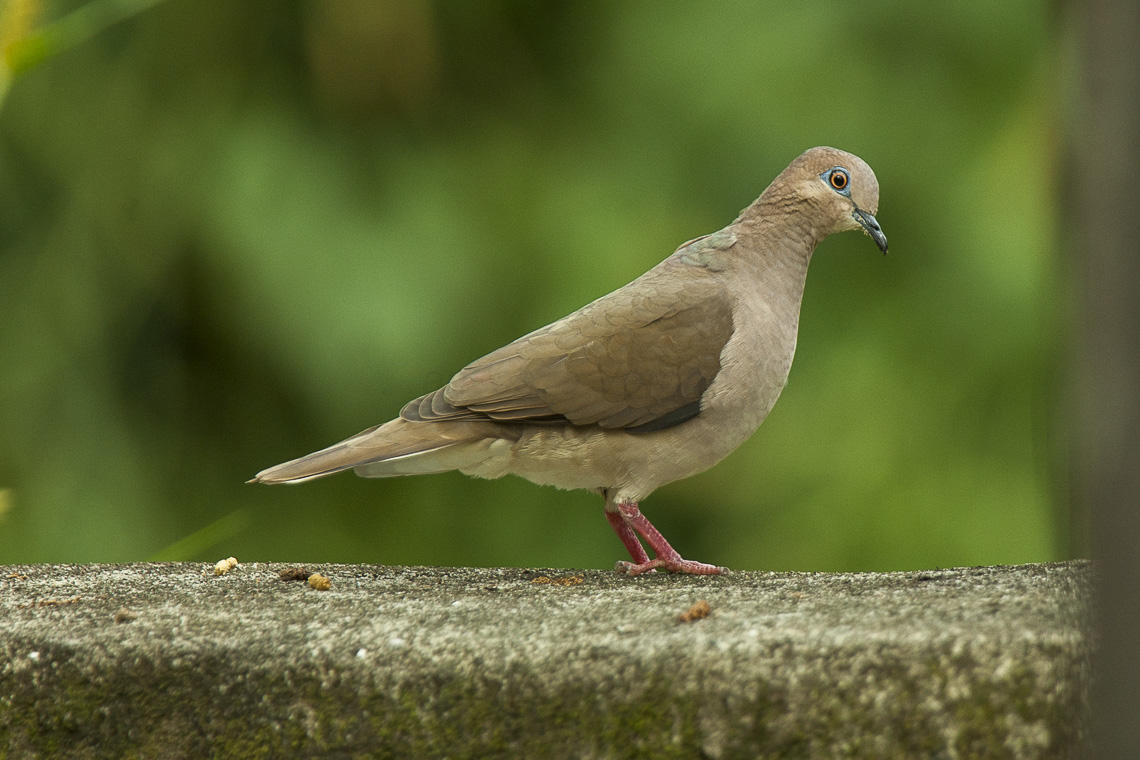
Wikipedia: White-tipped dove Source: WIKIPEDIA
White-tipped_Dove_-_Panama_H8O8470.jpg

Description
Other Details
DetailsProfile Wikipedia Xeno-Canto YouTube

Wikipedia: Caribbean dove Source: WIKIPEDIA
VioletDove2.jpg

Description
Other Details
Details

Wikipedia: White-crowned pigeon Source: WIKIPEDIA
1200px-White-crowned_Pigeon_%28Patagioenas_leucocephala%29.jpg

Description
Other Details
Details
MerlinBirdID says red-billed pigeon but I'm not convinced, reference pictures are not so light-colored. 2023-04-04 07:18:48 Source: OTHER
20230404_071848-DSC_1097 Merlin BirdID says red-billed pigeon but I'm not convinced, reference pictures are not so light-colored.JPG
Yucatan
NIKON D5600
ISO 400
Exposure 0.001
Description
Other Details
DetailsProfile Wikipedia Xeno-Canto YouTube
MerlinBirdID says pale-vented pigeon. 2023-04-03 16:37:04 Source: OTHER
20230403_163704-DSC_1027 Merlin BirdID says pale-vented pigeon.JPG
Yucatan
NIKON D5600
ISO 400
Exposure 1/1600
Description
Other Details
Details

Wikipedia: Scaled pigeon Source: WIKIPEDIA
Patagioenas_speciosa_-Zooparque_Itatiba%2C_Sao_Paulo_State%2C_Brazil_-adult-8a.jpg

Description
Other Details
DetailsProfile Wikipedia Xeno-Canto YouTube

Wikipedia: Short-billed pigeon Source: WIKIPEDIA
1200px-Patagioenas_nigrirostris.jpg

Description
Other Details
Details

Wikipedia: Green kingfisher Source: WIKIPEDIA
1200px-Green_kingfisher_%28Chloroceryle_americana_americana%29_male.jpg

Description
Other Details
DetailsProfile Wikipedia Xeno-Canto YouTube

Wikipedia: American pygmy kingfisher Source: WIKIPEDIA
1200px-Chloroceryle-aenea-001.jpg

Description
Other Details
DetailsProfile Wikipedia Xeno-Canto YouTube

Wikipedia: Amazon kingfisher Source: WIKIPEDIA
1200px-Amazon_Kingfisher.jpg

Description
Other Details
Details

Wikipedia: Belted kingfisher Source: WIKIPEDIA
1200px-Belted_Kingfisher.jpg

Description
Other Details
Details

Wikipedia: Ringed kingfisher Source: WIKIPEDIA
1200px-MARTIM-PESCADOR-GRANDE_%28Megaceryle_torquata%29.jpg

Description
Other Details
DetailsProfile Wikipedia Xeno-Canto YouTube
Curi cancha Lessons motmot in tree. 2018-02-18 13:52:46 Source: OTHER
20180218_135246-DSC_0753 curi cancha Lessons motmot in tree.JPG
Costa Rica
NIKON D3100
ISO 800
Exposure 0.003
Description
Other Details
DetailsProfile Wikipedia Xeno-Canto YouTube

Wikipedia: Blue-capped motmot Source: WIKIPEDIA
Momotus_momotaAQBIP08CA.jpg

Description
Endemic (country/region)Other Details
DetailsProfile Wikipedia Xeno-Canto YouTube
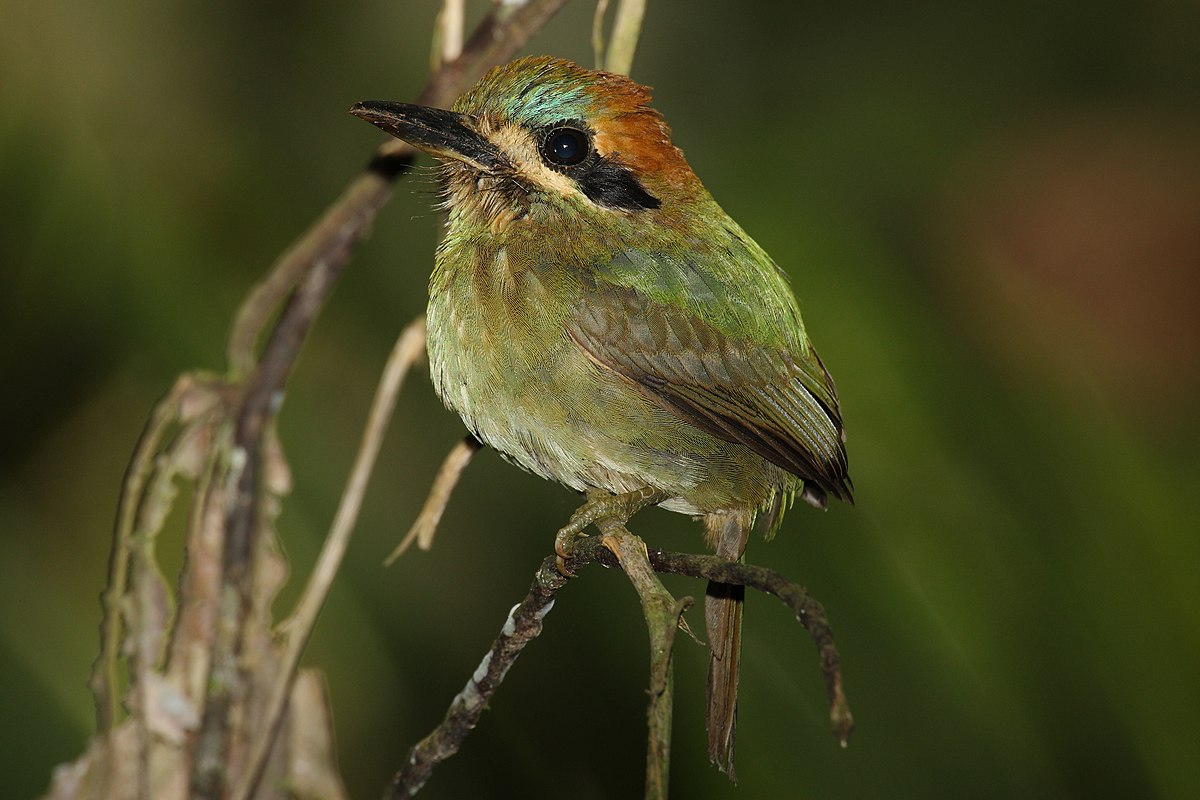
Wikipedia: Tody motmot Source: WIKIPEDIA
1200px-Hylomanes-momotula-001.jpg

Description
General:Other Details
DetailsProfile Wikipedia Xeno-Canto YouTube

Wikipedia: Turquoise-browed motmot Source: WIKIPEDIA
1200px-Turquoise-browed_Motmot_%2816423222357%29.jpg

Description
Other Details
DetailsProfile Wikipedia Audubon AllAboutBirds Xeno-Canto YouTube
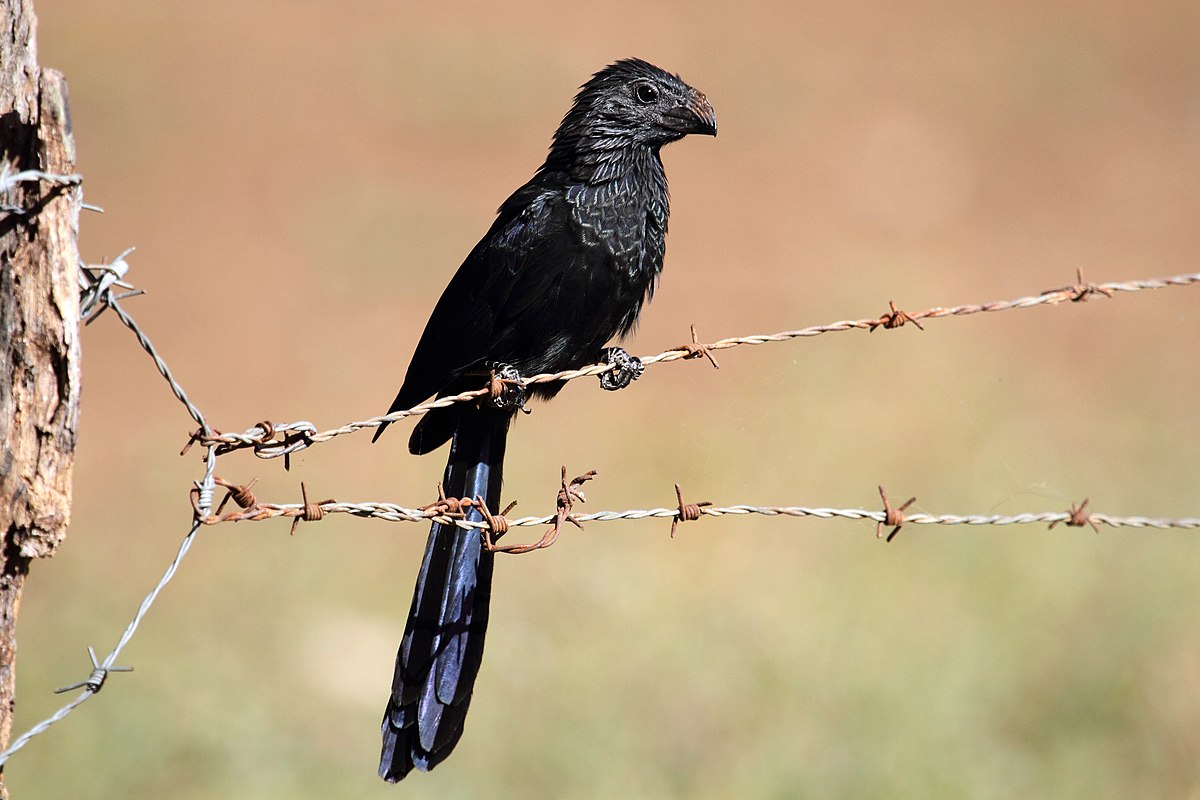
Wikipedia: Groove-billed ani Source: WIKIPEDIA
1200px-Crotophaga_sulcirostris_CR_bis.JPG

Description
Other Details
DetailsProfile Wikipedia Audubon AllAboutBirds Xeno-Canto YouTube
Smooth-billed ani. 2023-04-16 06:25:20 Source: OTHER
20230416_062520-DSC_0705 Smooth-billed ani.JPG
Yucatan
NIKON D5600
ISO 800
Exposure 0.001
Description
Other Details
DetailsProfile Wikipedia Xeno-Canto YouTube
Squirrel cuckoo. 2020-03-04 09:26:50 Source: OTHER
20200304_092650-DSC_0653 squirrel cuckoo.JPG
Panama
NIKON D5600
ISO 500
Exposure 0.001
First observed in Yucatan on 2023-03-16.
Description
Other Details
DetailsDescription
This bird appears across the great seas in the following continents: Europe, North America, South America.Other Details
Details
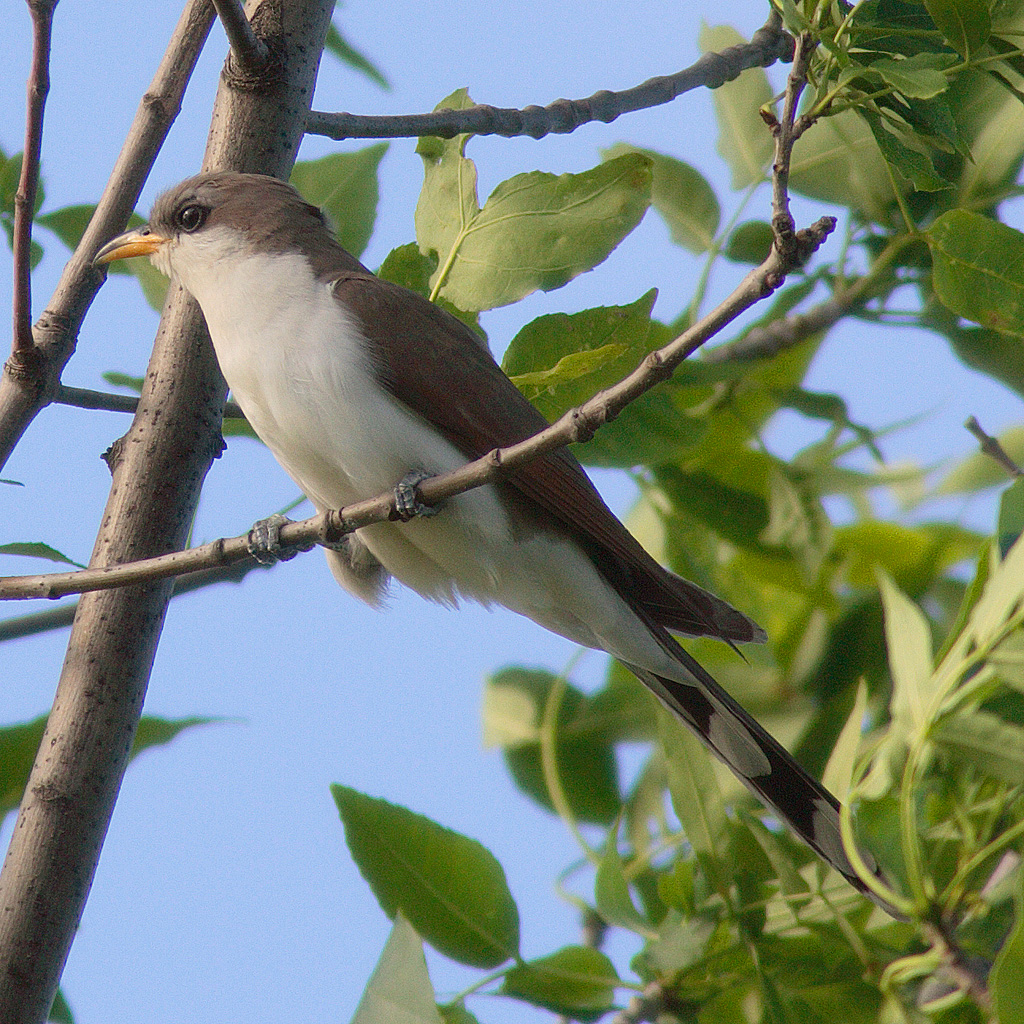
Wikipedia: Yellow-billed cuckoo Source: WIKIPEDIA
Coccyzus-americanus-001.jpg

Description
This bird appears across the great seas in the following continents: Europe, North America, South America.Other Details
DetailsProfile Wikipedia Audubon AllAboutBirds Xeno-Canto YouTube

Wikipedia: Mangrove cuckoo Source: WIKIPEDIA
1200px-Mangrove_Cuckoo.jpg

Description
Other Details
DetailsProfile Wikipedia Xeno-Canto YouTube
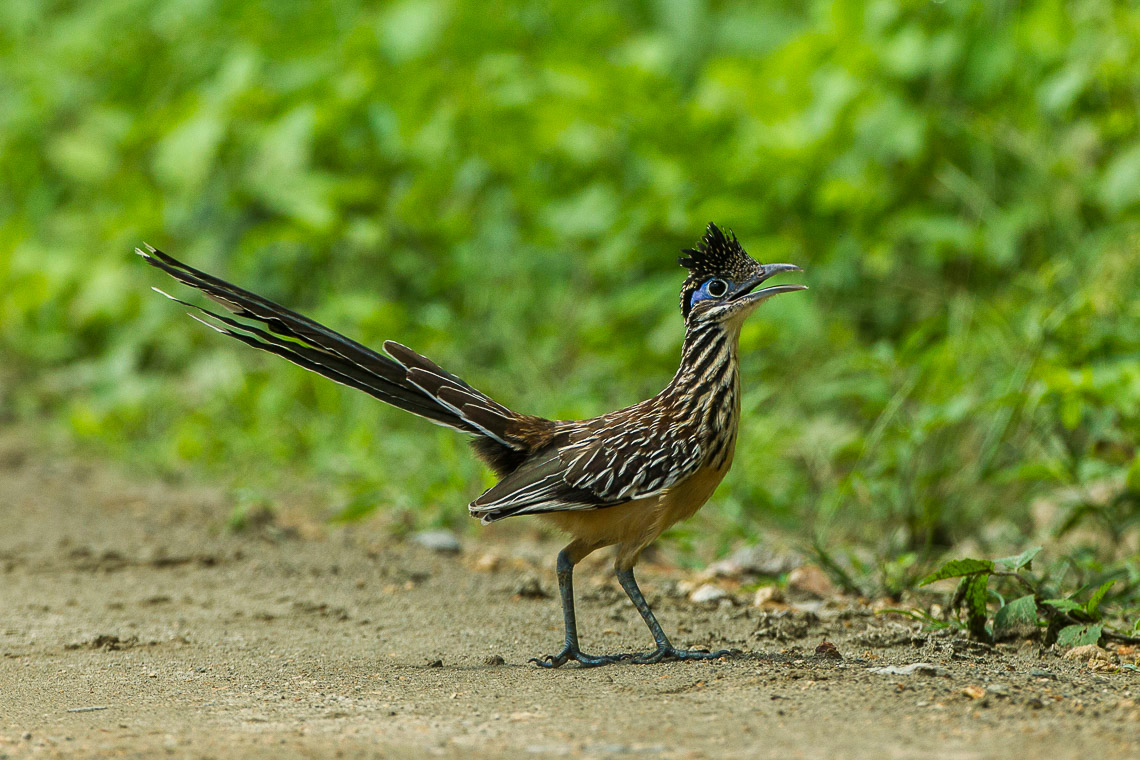
Wikipedia: Lesser roadrunner Source: WIKIPEDIA
Lesser_Roadrunner_-_Mexico_S4E1497.jpg

Description
Other Details
DetailsProfile Wikipedia Xeno-Canto YouTube

Wikipedia: Pheasant cuckoo Source: WIKIPEDIA
1200px-Dromococcyx_phasianellus_-_Pheasant_Cuckoo%3B_Caxias%2C_Maranh%C3%A3o%2C_Brazil.jpg

Description
General:Other Details
DetailsProfile Wikipedia Vogelwarte BirdLife ZH ornitho.ch Audubon AllAboutBirds Xeno-Canto BirdID NABU YouTube

Wikipedia Datei Falco columbarius Male. Source: WIKIPEDIA
Wikipedia_Datei_Falco_columbarius_Male.jpg

Description
This bird appears across the great seas in the following continents: Europe, North America, South America, Africa.Vocalization:
Seasonal behavior
Year-round bird Migration in: 02-20 - 03-01 Migration out: 02-22 - 03-01Other Details
Physical details
Physical details: length=25-30 cm, wingspan=50-62 cm, weight=125-300 gHabitats: Agricultural Details

Wikipedia: Peregrine falcon Source: WIKIPEDIA
Falco_peregrinus_good_-_Christopher_Watson.jpg

Description
This bird appears across the great seas in the following continents: Europe, North America, South America, Africa, Asia.General:
Vocalization:
Seasonal behavior
Year-round bird Breeding: 02-20 - 07-10 Migration in: 02-20 - 05-01 Migration out: 08-09 - 11-06Other Details
Physical details
Physical details: length=36-48 cm, wingspan=95-110 cm, weight=582-1300 gHabitats: Agricultural
Vocalisation
Song: Automatically generated from Xeno-Canto recording. Song attributes: Frequency:♫ XC942609 - Peregrine Falcon call - Falco peregrinus. Source: XENOCANTO XC942609 - Peregrine Falcon call - Falco peregrinus.mp3 (call)

Calls: Calls:
Call attributes: song Frequency: ,
Details
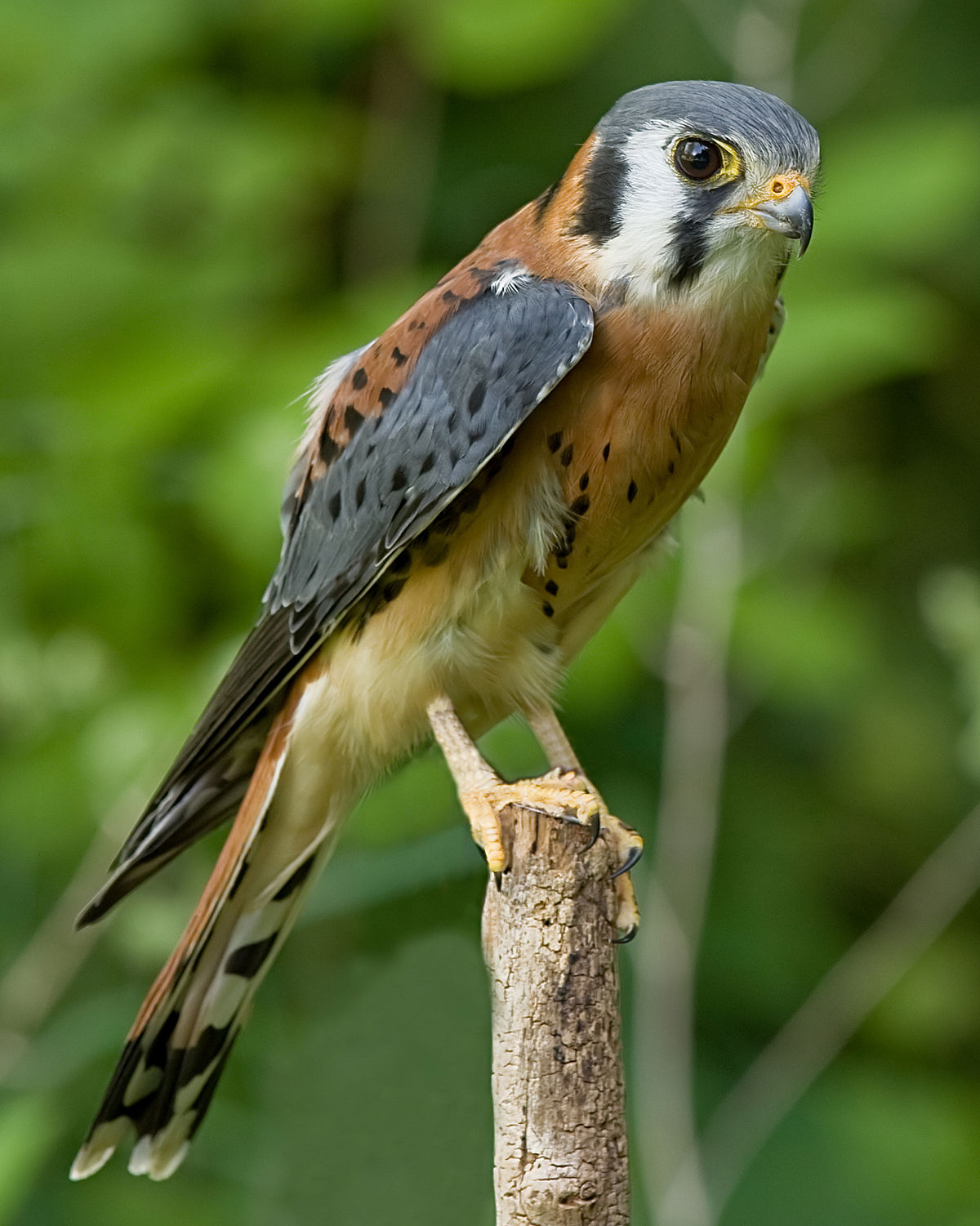
Wikipedia: American kestrel Source: WIKIPEDIA
1200px-AmericanKestrel02.jpg

Description
General:Other Details
DetailsProfile Wikipedia Audubon AllAboutBirds Xeno-Canto YouTube

Wikipedia: Aplomado falcon Source: WIKIPEDIA
Aplomado_Falcon_portrait.jpg

Description
Other Details
DetailsProfile Wikipedia Xeno-Canto YouTube
Bat falcon at cenote xxx. 2023-04-14 13:03:34 Source: OTHER
20230414_130334-DSC_0449 Bat falcon at cenote xxx.JPG
Yucatan
NIKON D5600
ISO 2000
Exposure 0.002
Description
Other Details
DetailsProfile Wikipedia Xeno-Canto YouTube

Wikipedia: Orange-breasted falcon Source: WIKIPEDIA
1200px-Falco_deiroleucus_-_Orange-breasted_Falcon.JPG

Description
Other Details
DetailsProfile Wikipedia Xeno-Canto YouTube

Wikipedia: Barred forest-falcon Source: WIKIPEDIA
1200px-Micrastur_ruficollis_-Parque_Estadual_da_Serra_da_Cantareira%2C_Sao_Paulo%2C_Brazil-8.jpg

Description
Other Details
DetailsProfile Wikipedia Xeno-Canto YouTube
Collared forest falcon awaits dinner at Zetzo bat cave near Ixpujil. 2023-04-03 18:00:06 Source: OTHER
20230403_180006-DSC_1030 Collared forest falcon awaits dinner at Zetzo bat cave near Ixpujil.JPG
Yucatan
NIKON D5600
ISO 3200
Exposure 0.004
Description
Other Details
DetailsProfile Wikipedia Xeno-Canto YouTube
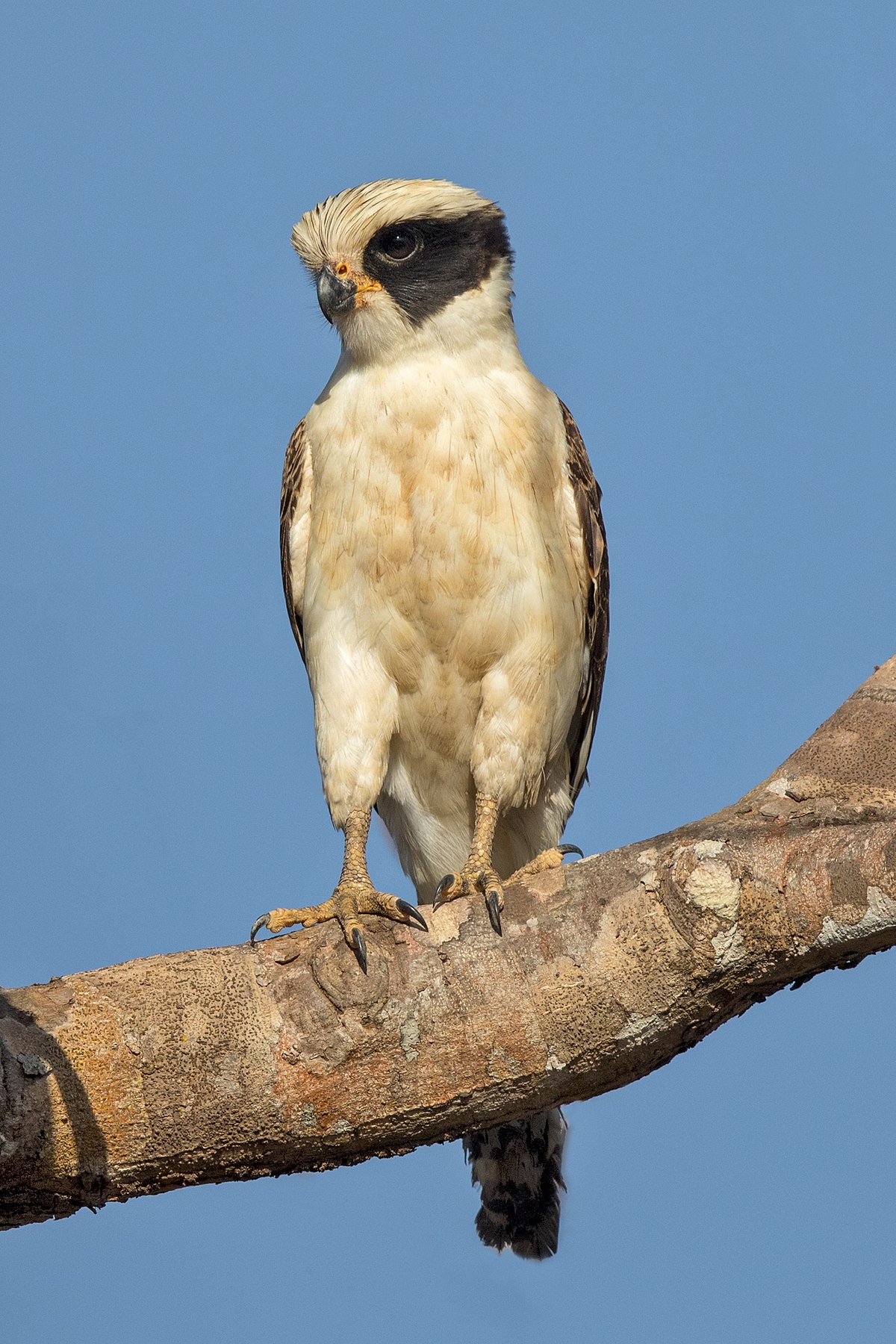
Wikipedia: Laughing falcon Source: WIKIPEDIA
1200px-Lachfalke.jpg

Description
Other Details
Details

Wikipedia: Crested caracara Source: WIKIPEDIA
1200px-Schopfkarakara.jpg

Description
Other Details
Details
Our first caribbean flamingos at Las Colorados - closeup. 2023-04-15 09:33:10 Source: OTHER
20230415_093310-DSC_0547 Our first caribbean flamingos at Las Colorados - closeup.JPG
Yucatan
NIKON D5600
ISO 320
Exposure 0.001
Description
Other Details
Details

Wikipedia: Golden-olive woodpecker Source: WIKIPEDIA
1200px-Golden-olive_Woodpecker.jpg

Description
Other Details
Details
Smoky brown woodpecker, nature walk in the woods with Jacqueline at Ecotucan. 2023-04-02 11:16:18 Source: OTHER
20230402_111618-DSC_0857 Smoky brown woodpecker, nature walk in the woods with Jacqueline at Ecotucan.JPG
Yucatan
NIKON D5600
ISO 3200
Exposure 1/400
Description
Other Details
DetailsProfile Wikipedia Xeno-Canto YouTube
Lineated woodpecker cahal pech. 2018-02-04 15:57:04 Source: OTHER
20180204_155704-DSC_0843 XXXX lineated woodpecker cahal pech.JPG
Costa Rica
NIKON D3100
ISO 800
Exposure 1/250
Description
Other Details
DetailsProfile Wikipedia Audubon AllAboutBirds Xeno-Canto YouTube

Yellow-bellied sapsucker. 2024-10-06 15:47:06 New York City, NY
 Canon EOS R7 24-240mm
Shutter speed 8.625
Canon EOS R7 24-240mm
Shutter speed 8.625
ISO 400
Exposure 1/400
First observed in Annandale, Virginia on 2024-09-24.
Description
Other Details
DetailsProfile Wikipedia Audubon AllAboutBirds Xeno-Canto YouTube

Wikipedia: Golden-fronted woodpecker Source: WIKIPEDIA
Melanerpes_aurifrons2.jpg

Description
Other Details
DetailsProfile Wikipedia Audubon AllAboutBirds Xeno-Canto YouTube
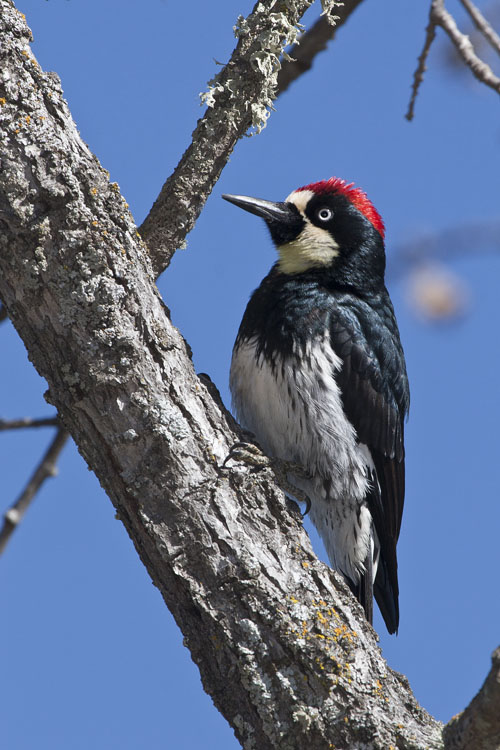
Wikipedia: Acorn woodpecker Source: WIKIPEDIA
Melanerpes_formicivorus_-San_Luis_Obispo%2C_California%2C_USA_-male-8.jpg

Description
Other Details
DetailsProfile Wikipedia Xeno-Canto YouTube
Action among the Yucatan woodpeckers, on tour with Erik. 2023-04-16 07:16:44 Source: OTHER
20230416_071644-DSC_0759 Action among the Yucatan woodpeckers, on tour with Erik.JPG
Yucatan
NIKON D5600
ISO 400
Exposure 0.001
Description
Other Details
DetailsProfile Wikipedia Xeno-Canto YouTube
Arenal pale-billed woodpecker. 2018-02-27 15:51:26 Source: OTHER
20180227_155126-DSC_0653 Arenal pale-billed woodpecker.JPG
Costa Rica
NIKON D3100
ISO 800
Exposure 0.001
Description
General:Other Details
DetailsProfile Wikipedia Xeno-Canto YouTube

Wikipedia: Chestnut-colored woodpecker Source: WIKIPEDIA
Chestnut-coloured_Woodpecker.jpg

Description
Other Details
Details

Wikipedia: Ladder-backed woodpecker Source: WIKIPEDIA
Ladder-back_Woodpecker_on_Cactus.jpg

Description
Other Details
Details

Wikipedia: Emerald toucanet Source: WIKIPEDIA
1200px-Aulacorhynchus_prasinus_-perching_on_branch-8a.jpg

Description
Other Details
DetailsProfile Wikipedia Xeno-Canto YouTube
Tikal collared aracari. 2018-02-07 12:38:40 Source: OTHER
20180207_123840-DSC_0314 XXXX Tikal collared aracari cropped.JPG
Costa Rica
NIKON D3100
ISO 800
Exposure 1/80
Description
Other Details
DetailsProfile Wikipedia A-Z Animals Xeno-Canto YouTube
Keel billed toucan. 2020-02-19 06:49:02 Source: OTHER
20200219_064902-DSC_0140 XXXX keel billed toucan.JPG
Panama
NIKON D5600
ISO 800
Exposure 1/800
Description
We saw this on the grounds of Gamboa Rainforest Resort and around Panama and Costa Rica.General:
Other Details
Details

Probably red-lored amazons flying gamboa. 2020-02-19 17:41:24 Source: OTHER
20200219_174124-DSC_0243 probably red-lored amazons flying gamboa.JPG
Panama

Exposure 1/500
Description
It's hard to overlook this parrot because of the incredible racket they make! In Manzanilla, Costa Rica, small groups of them (more properly called pandemoniums) flew past our house every morning and evening.General:
Other Details
Details

Wikipedia: Yellow-headed parrot Source: WIKIPEDIA
Amazona_oratrix_belizensis.jpg

Description
This bird appears across the great seas in the following continents: Europe, North America.Deutschland: etabliertes Neozoon, Brut-, Jahresvogel
Other Details
Details
Possibly mealy parrots in Manzanillo, Costa Rica. 2020-03-12 17:25:08 Source: OTHER
20200312_172508-DSC_0083 Possibly mealy parrots in Manzanillo, Costa Rica.JPG
Manzanillo
NIKON D5600
ISO 3200
Exposure 0.003
Description
General:Other Details
Details
White-fronted parrot at hotel Villas Arqueologicas Chichen Itza. 2023-04-13 17:40:54 Source: OTHER
20230413_174054-DSC_0433 White-fronted parrot at hotel Villas Arqueologicas Chichen Itza.JPG
Yucatan
NIKON D5600
ISO 1100
Exposure 0.002
Description
Other Details
Details

Wikipedia: Yellow-lored parrot Source: WIKIPEDIA
1200px-Amazona_xantholora_-Xcaret_Eco_Park_-Mexico-8b.jpg
Mexico

Description
Endemic (country/region)Other Details
Details
Arenal white-crowned parrot tentative ID by MerlinBirdID. 2018-03-01 06:54:32 Costa Rica
NIKON D3100
ISO 800
Exposure 0.003
First observed in Costa Rica on 2018-03-01.
Description
General:Other Details
Details

Monk parakeet Parque de Retiro, Madrid. 2024-07-12 14:34:49 Source: OTHER
20240712_143449 Monk parakeet Parque de Retiro, Madrid.jpg
Spain
 Galaxy S24 Ultra
ISO 32
Galaxy S24 Ultra
ISO 32
Exposure 1/439
First observed in Madrid on 2025-02-18.
Description
This bird appears across the great seas in the following continents: Europe, North America, Africa.Other Details
Details
Olive throated parakeet, Ecotucan, Bacalar. 2023-03-31 12:04:54 Source: OTHER
20230331_120454-DSC_0579 Olive throated parakeet, Ecotucan, Bacalar.JPG
Yucatan
NIKON D5600
ISO 400
Exposure 1/1250
Description
Other Details
Details

Wikipedia: Brown-hooded parrot Source: WIKIPEDIA
1200px-Brown-hooded_Parrot_%28Pyrilia_haematotis%29.jpg

Description
Other Details
DetailsProfile Wikipedia A-Z Animals Audubon AllAboutBirds Xeno-Canto YouTube
Pied-billed grebe, Bacalar. 2023-03-31 13:17:14 Source: OTHER
20230331_131714-DSC_0584 Pied-billed grebe, Bacalar.JPG
Yucatan
NIKON D5600
ISO 400
Exposure 0.001
Description
This bird appears across the great seas in the following continents: North America, South America, Africa.Other Details
DetailsProfile Wikipedia Audubon AllAboutBirds Xeno-Canto YouTube

Wikipedia: Least grebe Source: WIKIPEDIA
Least_grebe.jpg

Description
Other Details
DetailsDescription
This bird appears across the great seas in the following continents: Europe, North America, South America.Other Details
Details

Wikipedia: Great horned owl Source: WIKIPEDIA
1200px-Bubo_virginianus_06.jpg

Description
Other Details
Details

Black-and-white owl near Punta Cahuita in Cahuita National Park, Costa Rica. 2020-03-18 10:22:31 Source: OTHER
20200318_102231 Black-and-white owl near Punta Cahuita in Cahuita National Park, Costa Rica.jpg
Costa Rica
 SM-G975F
Shutter speed 0.01
SM-G975F
Shutter speed 0.01
ISO 50
Exposure 1/100
Description
Other Details
DetailsProfile Wikipedia Xeno-Canto YouTube

Wikipedia: Mottled owl Source: WIKIPEDIA
1200px-Mottled_Owl.jpg

Description
Other Details
Details

Wikipedia: Short-eared owl Source: WIKIPEDIA
1200px-Hibou_des_marais.jpg

Description
This bird appears across the great seas in the following continents: Europe, North America, South America, Africa, Asia.Deutschland: Brut-, Zugvogel, Wintergast RL 1
Other Details
Physical details
Physical details: length=37-39 cm, wingspan=95-110 cm, weight=260-420 gHabitats: Wetland Details

Wikipedia: Stygian owl Source: WIKIPEDIA
Stygian_Owl_%28Asio_stygius%29.jpg

Description
General:Other Details
DetailsProfile Wikipedia Audubon AllAboutBirds Xeno-Canto YouTube
Ferruginous pygmy owl - what a name! 2023-04-16 08:56:50 Source: OTHER
20230416_085650-DSC_0859 Ferruginous pygmy owl - what a name!.JPG
Yucatan
NIKON D5600
ISO 400
Exposure 0.001
Description
Other Details
Details

Wikipedia: Variable screech-owl Source: WIKIPEDIA
Megascops_atricapilla_-Vale_do_Ribeira%2C_Registro%2C_Sao_Paulo%2C_Brazil-8.jpg

Description
Other Details
Details

Wikipedia: Barn owl Source: WIKIPEDIA
1200px-Tyto_alba_-British_Wildlife_Centre%2C_Surrey%2C_England-8a_%281%29.jpg

Description
This bird appears across the great seas in the following continents: Europe, North America, South America, Africa, Asia.Vocalization:
Other Details
Physical details
Physical details: length=33-35 cm, wingspan=80-95 cm, weight=240-350 gHabitats: Agricultural Details
Profile Wikipedia Xeno-Canto YouTube
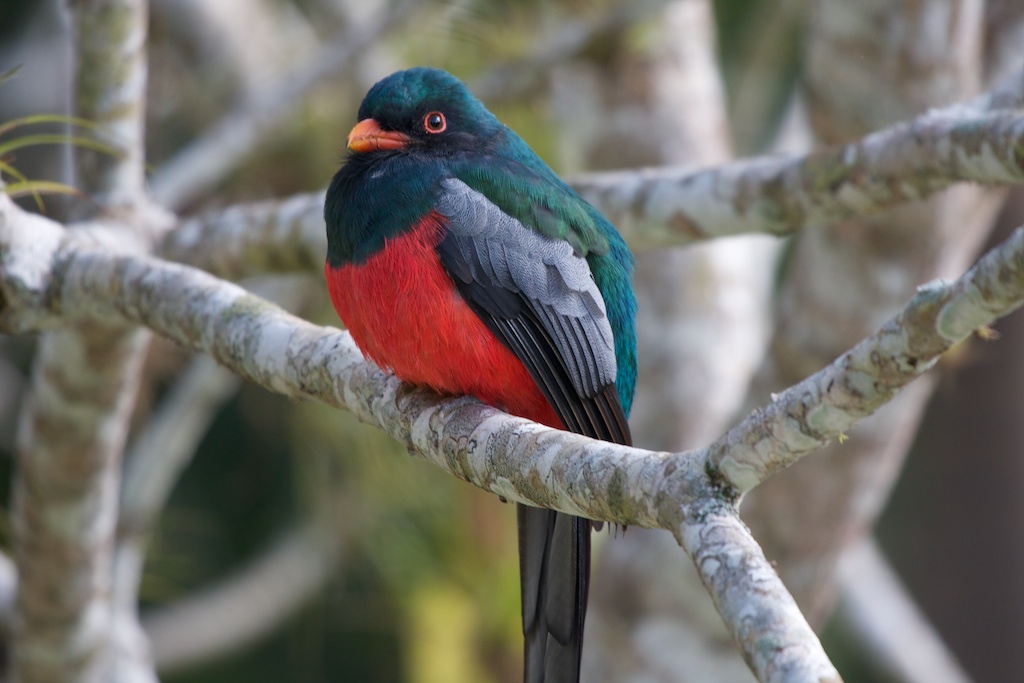
Wikipedia: Slaty-tailed trogon Source: WIKIPEDIA
Trogon_massena_-Belize_-male-8.jpg

Description
General:Other Details
DetailsProfile Wikipedia Xeno-Canto YouTube
Night tour - sleeping trogon, tenative ID by MerlinBirdID collared trogon. 2018-02-14 18:46:34 Costa Rica
NIKON D3100
ISO 800
Exposure 10/150
First observed in Costa Rica on 2018-02-14.
Description
Other Details
DetailsProfile Wikipedia Xeno-Canto YouTube
Troupe of black headed trogons. 2023-04-01 09:15:04 Source: OTHER
20230401_091504-DSC_0754 Troupe of black headed trogons.JPG
Yucatan
NIKON D5600
ISO 400
Exposure 0.001
Description
Other Details
Details
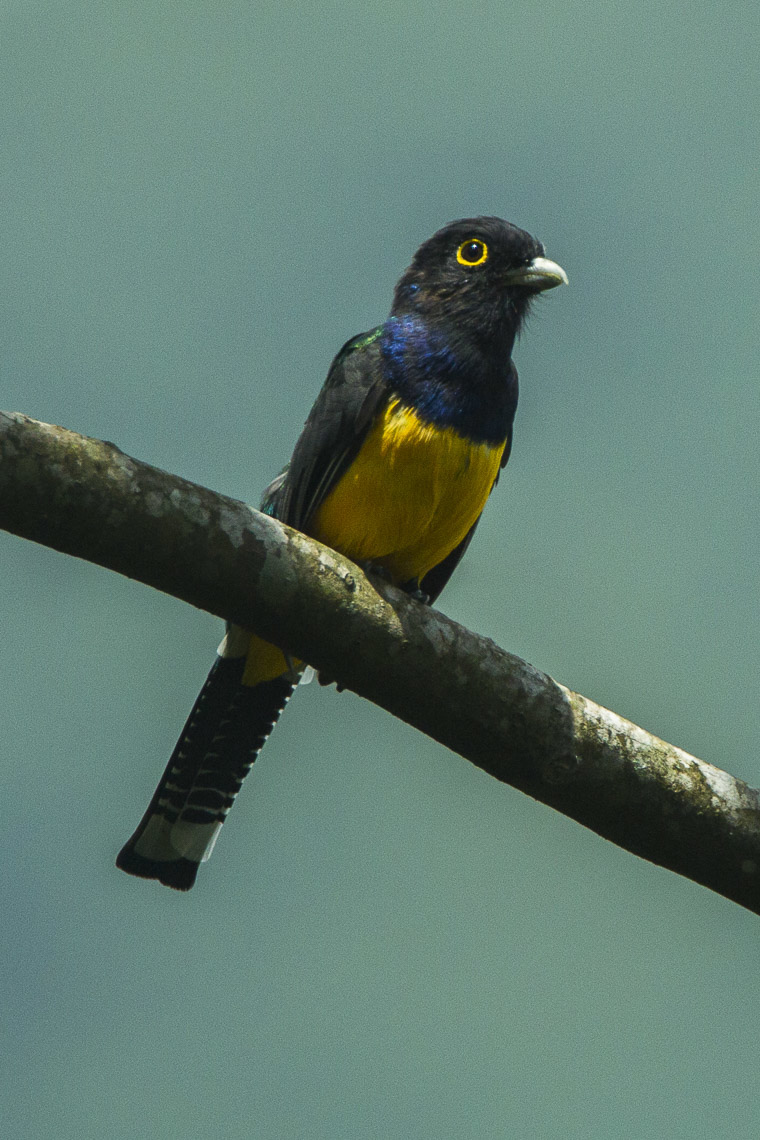
Wikipedia: Gartered trogon Source: WIKIPEDIA
Gartered_Trogon_-_Mexico_S4E9784.jpg

Description
Other Details
DetailsProfile Wikipedia Xeno-Canto YouTube

Wikipedia: Rufous-tailed jacamar Source: WIKIPEDIA
1200px-Rufous-tailed_jacamar_%28Galbula_ruficauda%29_male_2.JPG

Description
Other Details
DetailsProfile Wikipedia Xeno-Canto YouTube

Wikipedia: White-necked puffbird Source: WIKIPEDIA
Notharchus_hyperrhynchus_-Belize_-perching_in_tree-8.jpg

Description
Other Details
DetailsProfile Wikipedia Xeno-Canto YouTube
Tikal great curassow. 2018-02-07 12:29:42 Source: OTHER
20180207_122942-DSC_0301 Tikal great curassow.JPG
Costa Rica
NIKON D3100
ISO 800
Exposure 0.05
Description
Other Details
Details
Ocellated turkey. 2018-02-07 11:57:56 Source: OTHER
20180207_115756-DSC_0276 XXXX ocellated turkey.JPG
Costa Rica
NIKON D3100
ISO 800
Exposure 1/1000
Description
Other Details
Details

Wikipedia: Black-throated bobwhite Source: WIKIPEDIA
1200px-Colinus_nigrogularis_14054859.jpg

Description
Other Details
DetailsProfile Wikipedia Xeno-Canto YouTube

Wikipedia: Spotted wood quail Source: WIKIPEDIA
1200px-Spotted_Wood_Quail%2C_Costa_Rica%2C_January_2018_%2827083973248%29.jpg

Description
General:Other Details
DetailsProfile Wikipedia Xeno-Canto YouTube

Wikipedia: Singing quail Source: WIKIPEDIA
1200px-Codorniz_Silbadora%2C_Singing_Quail%2C_Dactylortyx_thoracicus_%2823387866083%29.jpg

Description
Other Details
DetailsProfile Wikipedia Xeno-Canto YouTube

Wikipedia: White-collared swift Source: WIKIPEDIA
Streptoprocne_zonaris%2C_White-collared_Swift.jpg

Description
General:Other Details
DetailsProfile Wikipedia Audubon AllAboutBirds Xeno-Canto YouTube

Wikipedia: Chimney swift Source: WIKIPEDIA
Chimney_swift_overhead.jpg

Description
Other Details
DetailsProfile Wikipedia Audubon AllAboutBirds Xeno-Canto YouTube

Wikipedia: Vaux's swift Source: WIKIPEDIA
Vaux%27s_Swift_-_La_Paz_-_Costa_Rica_MG_1768_%2826435571450%29.jpg

Description
Other Details
DetailsProfile Wikipedia Xeno-Canto YouTube
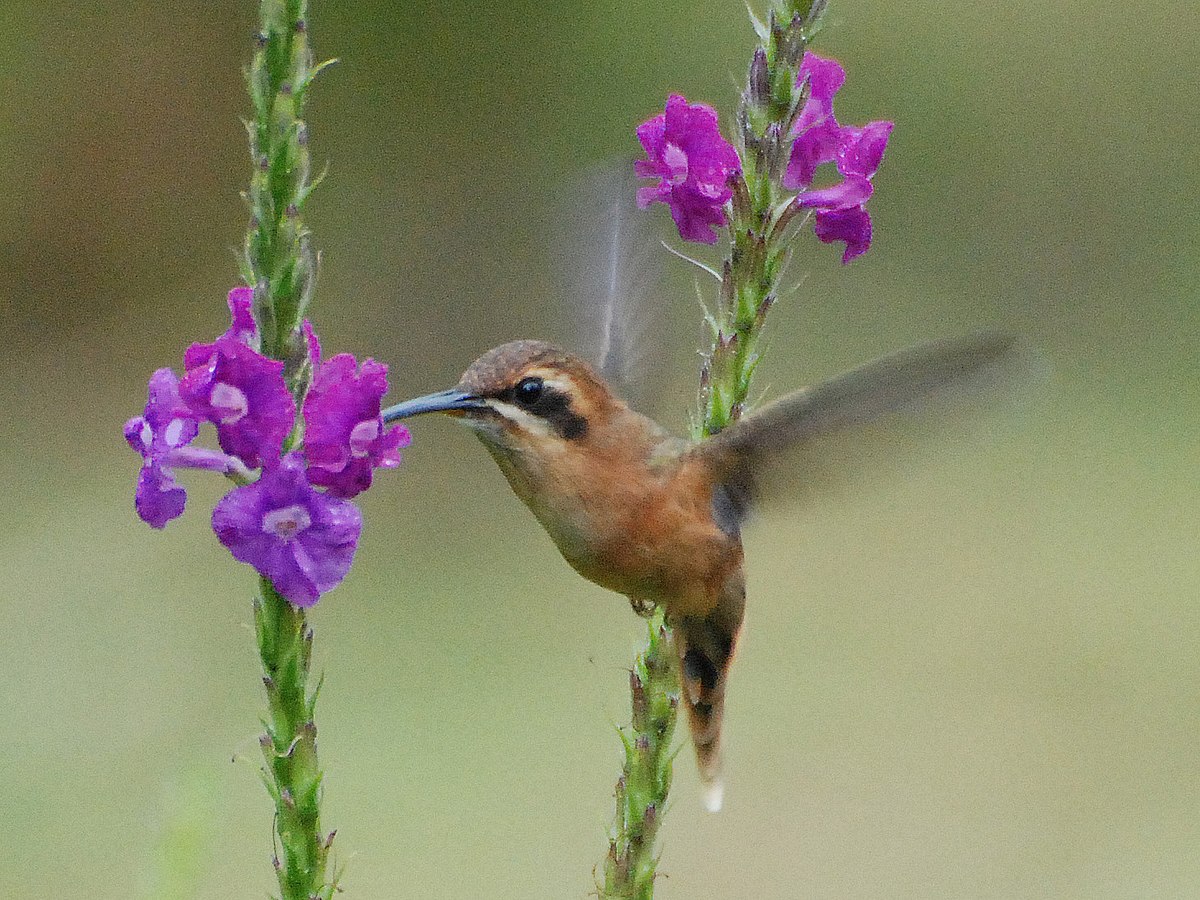
Wikipedia: Stripe-throated hermit Source: WIKIPEDIA
1200px-Phaethornis_striigularis.jpg

Description
Other Details
Details

Wikipedia: Buff-bellied hummingbird Source: WIKIPEDIA
1200px-Buff-bellied_Hummingbird-Sabal_Palm_Bird_Sanctuary-TX_-_2015-05-21at11-43-412_%2821421266100%29.jpg

Description
Other Details
Details
Cinnamon hummingbird on morning walk in Holbox. 2023-04-21 07:33:30 Source: OTHER
20230421_073330-DSC_0047 Cinnamon hummingbird on morning walk in Holbox.JPG
Yucatan
NIKON D5600
ISO 720
Exposure 0.001
Description
Other Details
Details
Funky bird on Bastimentos Island, Panama, possibly green-breasted mango. 2020-03-10 12:07:52 Source: OTHER
20200310_120752-DSC_1018 funky bird on Bastimentos Island, Panama, possibly green-breasted mango.JPG
Panama
NIKON D5600
ISO 400
Exposure 0.001
Description
Other Details
Details

Wikipedia: Ruby-throated hummingbird Source: WIKIPEDIA
Rubythroathummer65.jpg

Description
Other Details
DetailsProfile Wikipedia Xeno-Canto YouTube

Wikipedia: Purple-crowned fairy Source: WIKIPEDIA
1200px-Heliothryx_barroti_on_nest.jpg

Description
Other Details
DetailsProfile Wikipedia Xeno-Canto YouTube

Wikipedia: Scaly-breasted hummingbird Source: WIKIPEDIA
Scaly-breasted_Hummingbird_-_Sarapiqui_-_Costa_Rica_S4E0291_%2826084747394%29.jpg

Description
Other Details
DetailsProfile Wikipedia Xeno-Canto YouTube
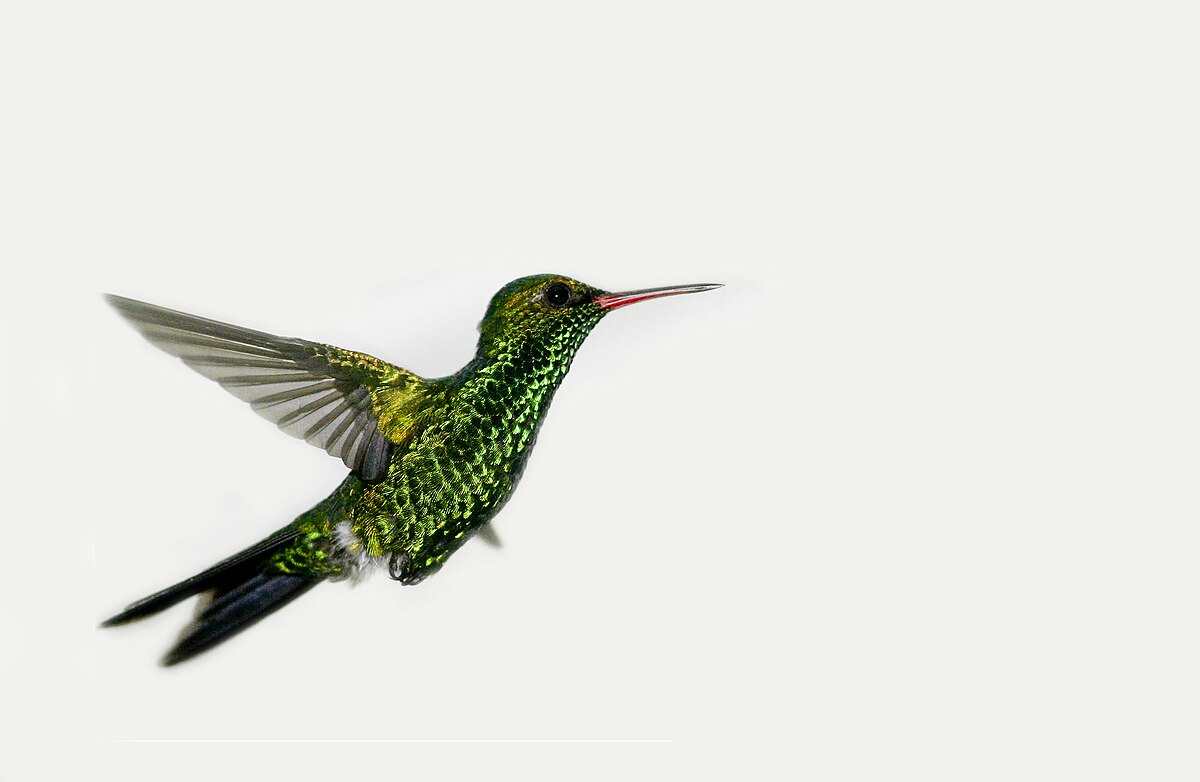
Wikipedia: Canivet's emerald Source: WIKIPEDIA
1200px-Chlorostilbon_canivetii_-Utila_-Honduras-8.jpg

Description
Other Details
DetailsProfile Wikipedia Xeno-Canto YouTube

Wikipedia: Cozumel emerald Source: WIKIPEDIA
1200px-Cozumel_Emerald_%286842663996%29.jpg

Description
EndemicOther Details
DetailsProfile Wikipedia Xeno-Canto YouTube
Mexican sheartail female in Rio Lagartos. 2023-04-14 16:14:26 Source: OTHER
20230414_161426-DSC_0467 Mexican sheartail female in Rio Lagartos.JPG
Yucatan
NIKON D5600
ISO 2000
Exposure 0.002
Description
Endemic (country/region)Other Details
Details

Wikipedia: Pauraque Source: WIKIPEDIA
1200px-Nyctidromus_albicollis2.jpg

Description
General:Other Details
Details

Wikipedia: Spot-tailed nightjar Source: WIKIPEDIA
1200px-Hydropsalis_maculicaudus_-_Caprimulgus_maculicaudus_-_Spot-tailed_Nightjar.JPG

Description
Other Details
Details

Wikipedia: Common nighthawk Source: WIKIPEDIA
1200px-Common_Nighthawk_%2814428313550%29.jpg

Description
Other Details
DetailsProfile Wikipedia Audubon AllAboutBirds Xeno-Canto YouTube

Wikipedia: Lesser nighthawk Source: WIKIPEDIA
1200px-Chordeiles_acutipennis_-_Lesser_Nighthawk.jpg

Description
Other Details
Details

Wikipedia: Chuck-will's-widow Source: WIKIPEDIA
1200px-Chuck-wills-widow_RWD7.jpg

Description
Other Details
DetailsProfile Wikipedia Xeno-Canto YouTube

Wikipedia: Yucatan nightjar Source: WIKIPEDIA
1200px-Antrostomus_badius_map.svg.png

Description
EndemicOther Details
DetailsProfile Wikipedia A-Z Animals Xeno-Canto YouTube
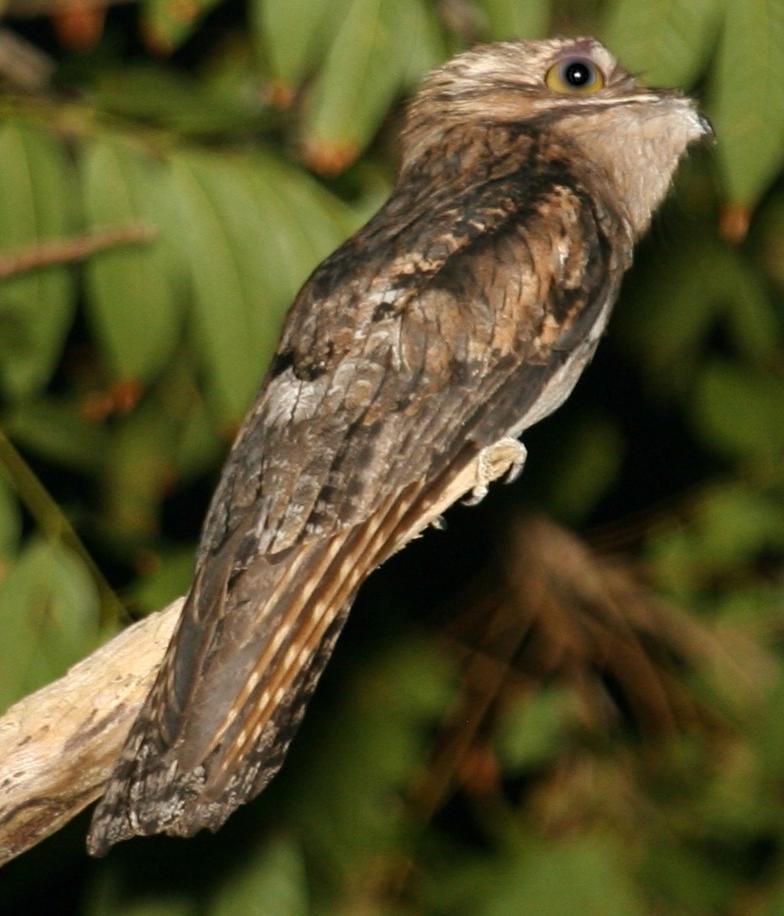
Wikipedia: Northern potoo Source: WIKIPEDIA
Nyctibius_jamaicensis.jpg

Description
General:Other Details
DetailsClassification errors:
Double-crested cormorant / Ohrenscharbe (Nannopterum auritum)

Wikipedia: Double-crested cormorant Source: WIKIPEDIA
Phalacrocorax-auritus-007.jpg

Description
Other Details
DetailsRuby-crowned kinglet (Corthylio calendula)
Profile Wikipedia A-Z Animals Audubon AllAboutBirds Xeno-Canto YouTube
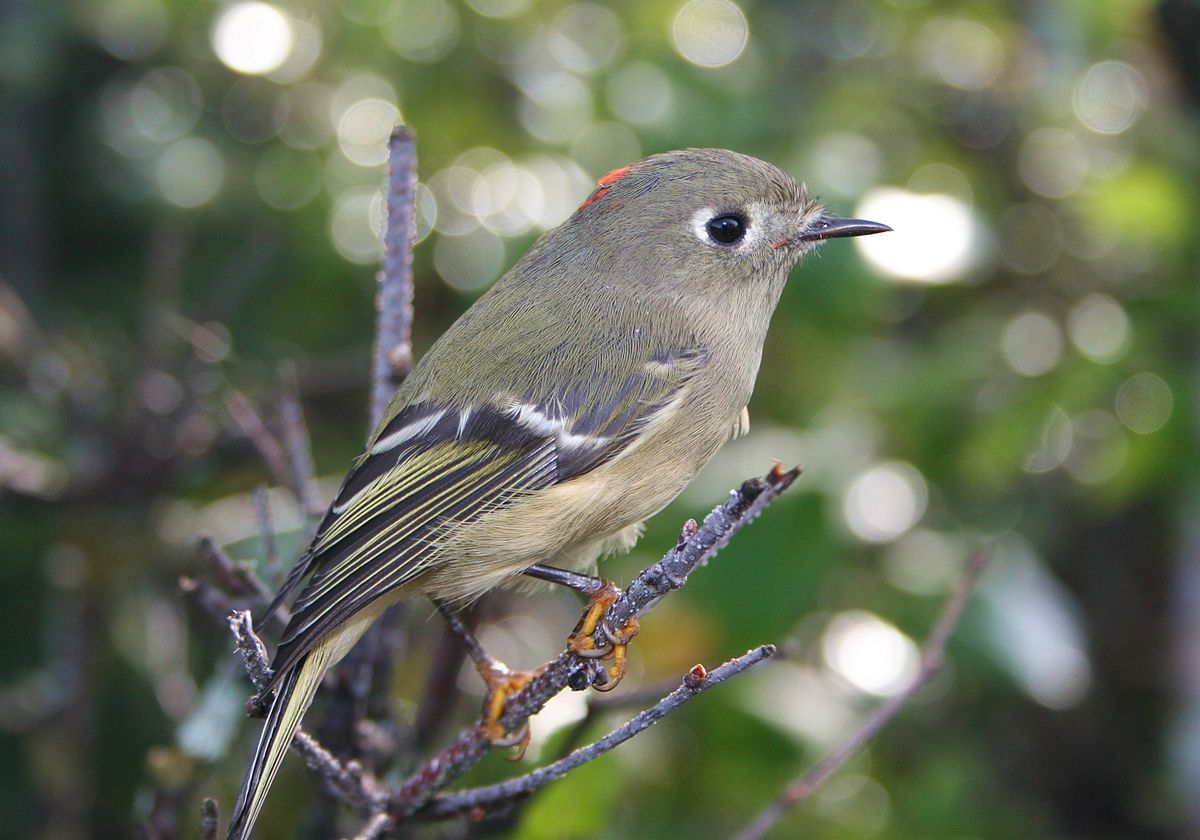
Wikipedia: Ruby-crowned kinglet Source: WIKIPEDIA
1200px-Regulus_calendula1.jpg

Description
Other Details
DetailsWhite-bellied emerald / Bronzekopfamazilie (Chlorestes candida)
Profile Wikipedia Xeno-Canto YouTube

Wikipedia: White-bellied emerald Source: WIKIPEDIA
1200px-White-bellied_emerald_%28Chlorestes_candida_candida%29_in_flight_Peten.jpg

Description
Other Details
DetailsWhite hawk (alternate) / Schneebussard (Pseudastur albicollis)
Description
Other Details
DetailsLesser swallow-tailed swift (Panyptila cayennensis)
Profile Wikipedia Xeno-Canto YouTube

Wikipedia: Lesser swallow-tailed swift Source: WIKIPEDIA
Panyptila_cayennensis_-NW_Ecuador-4.jpg
